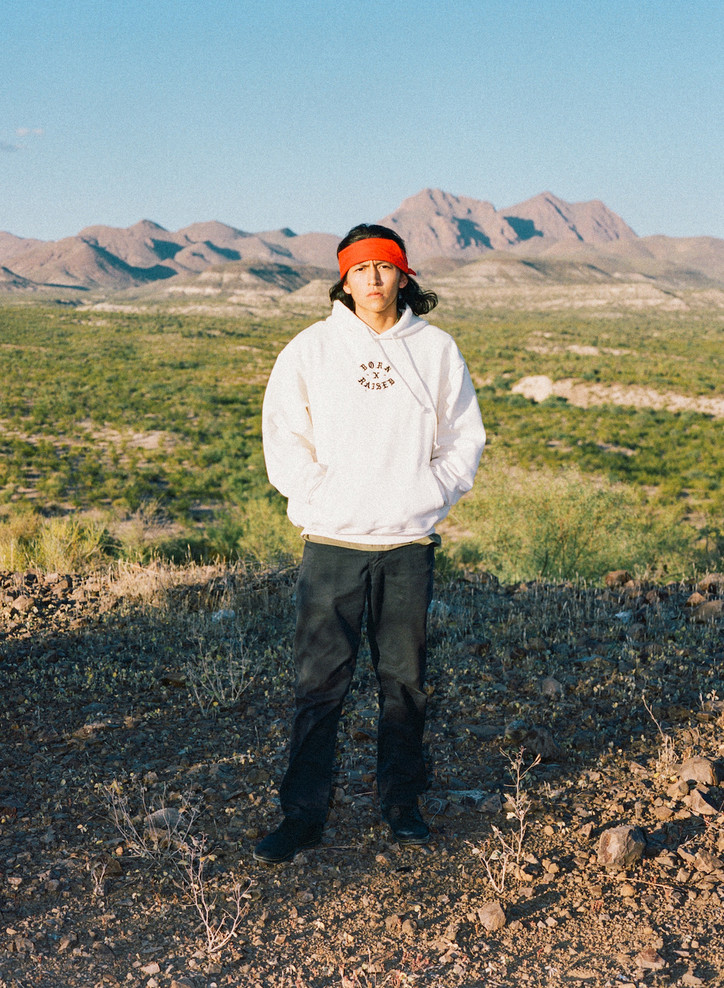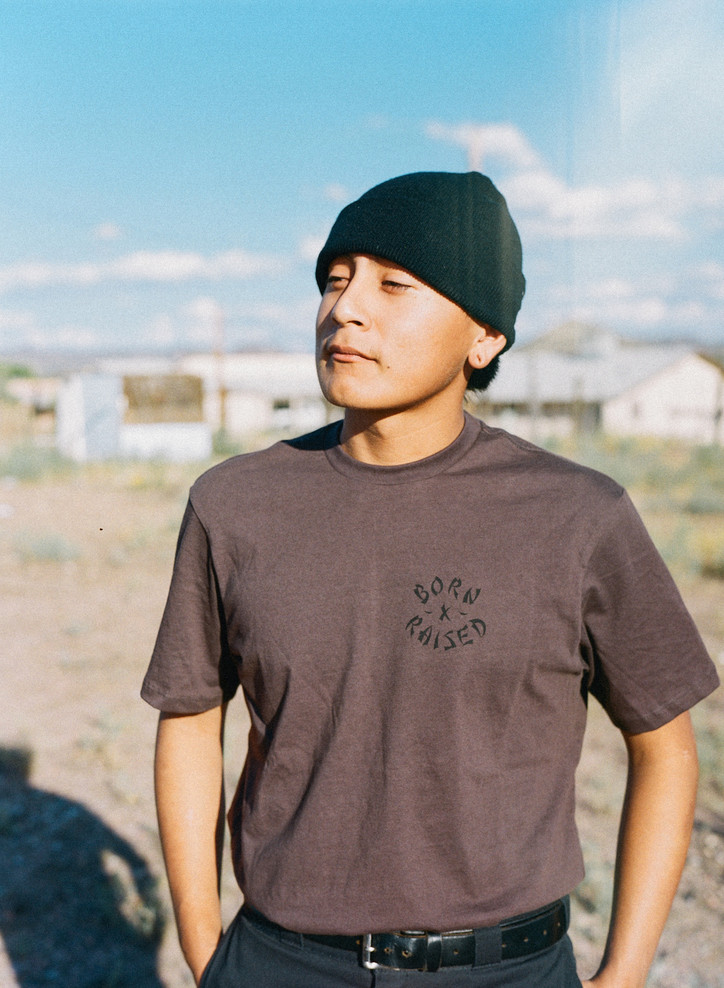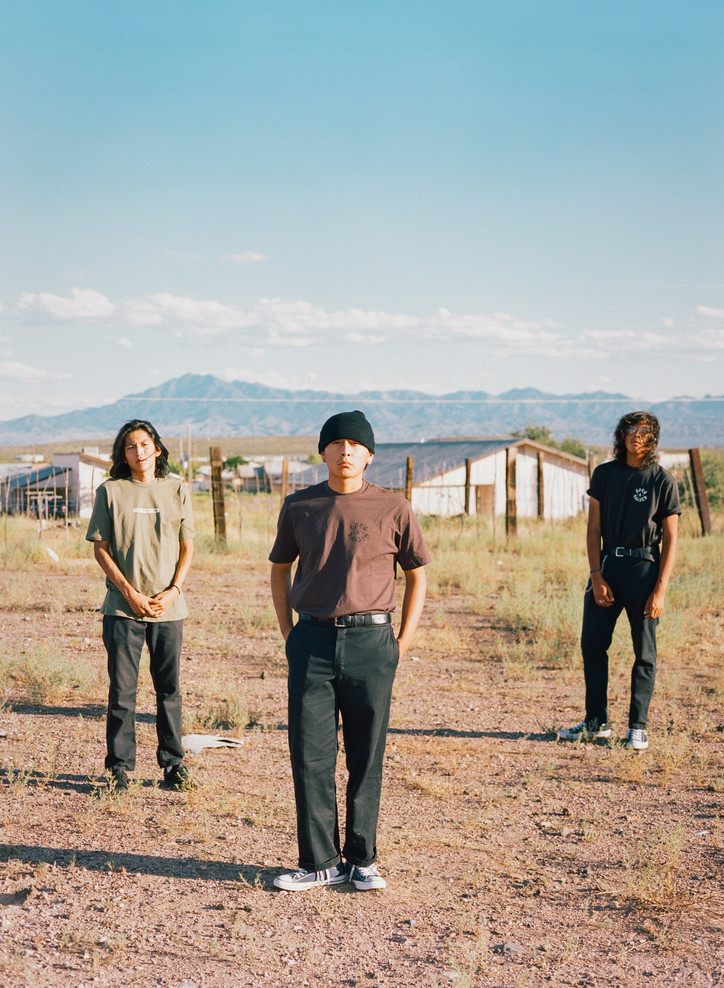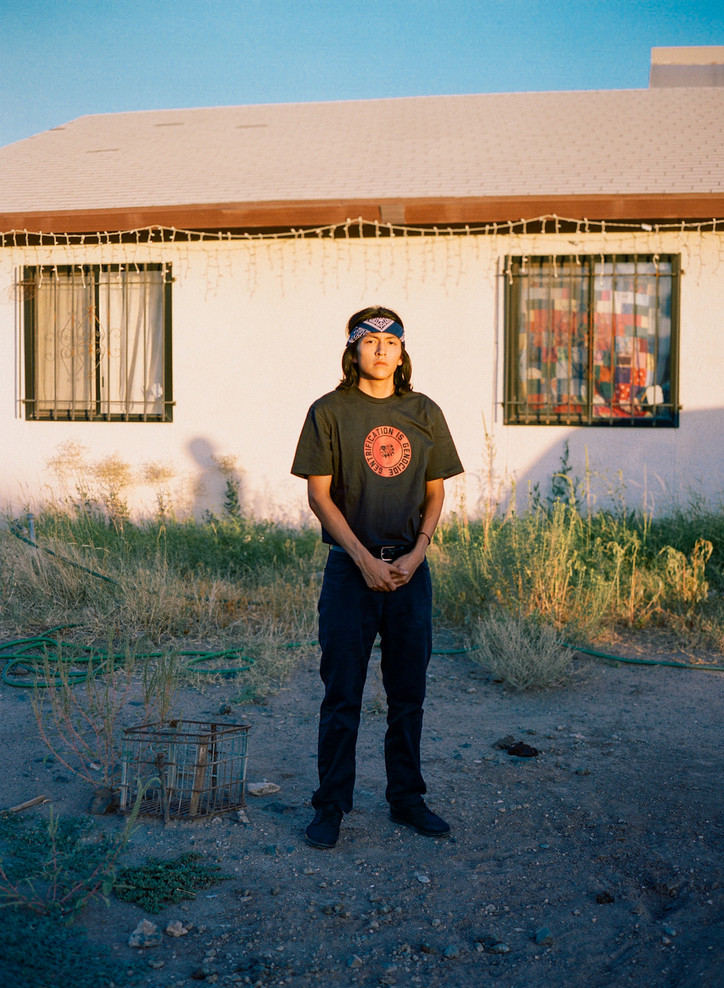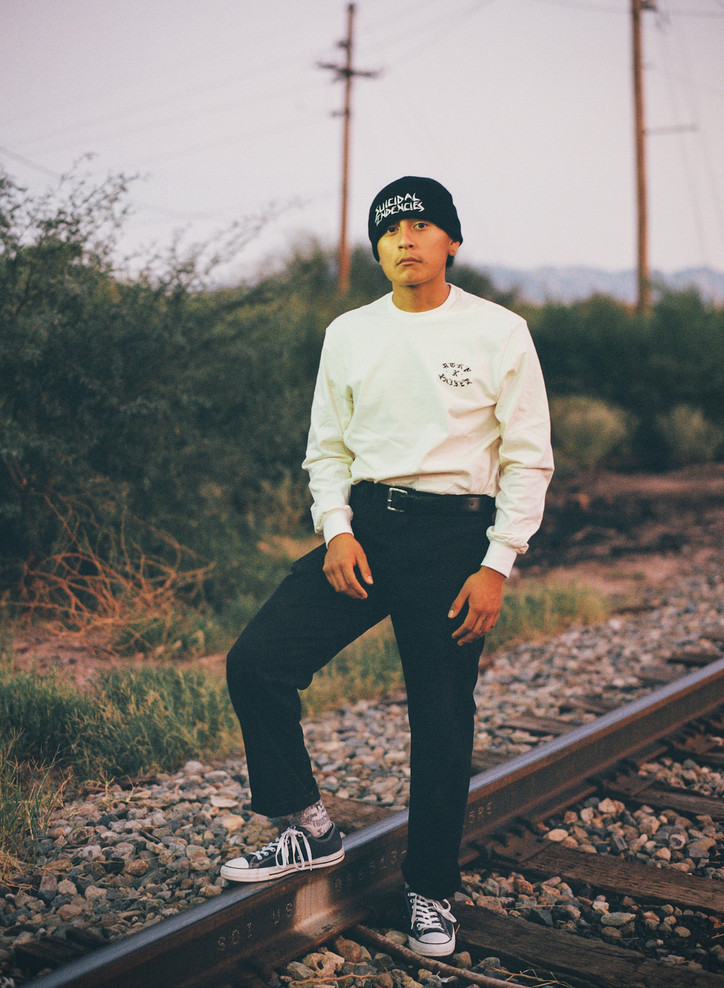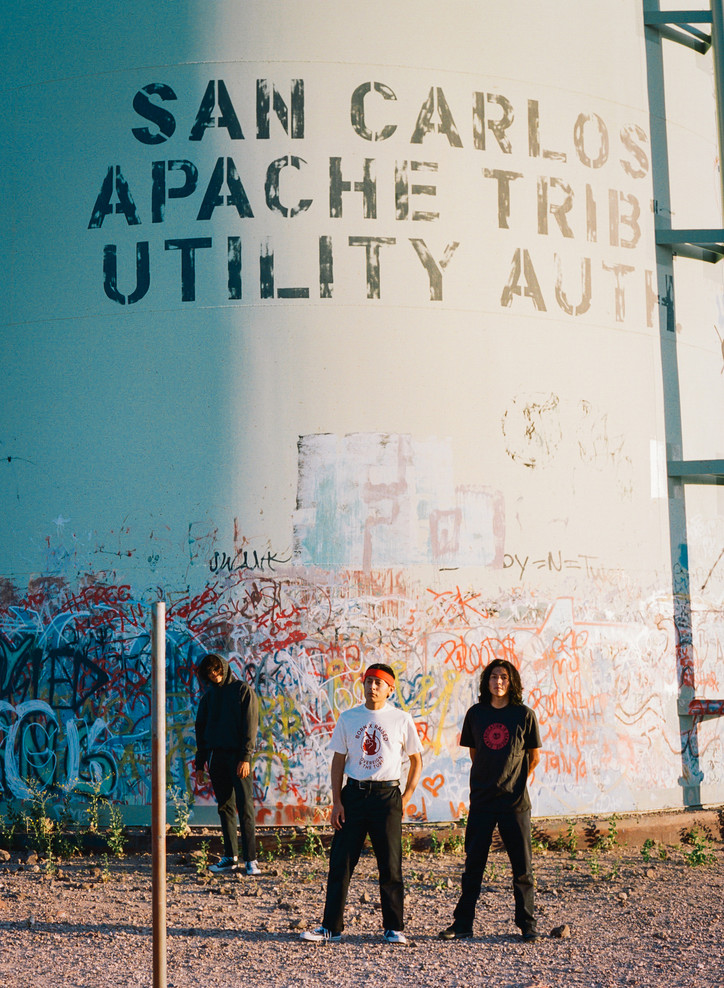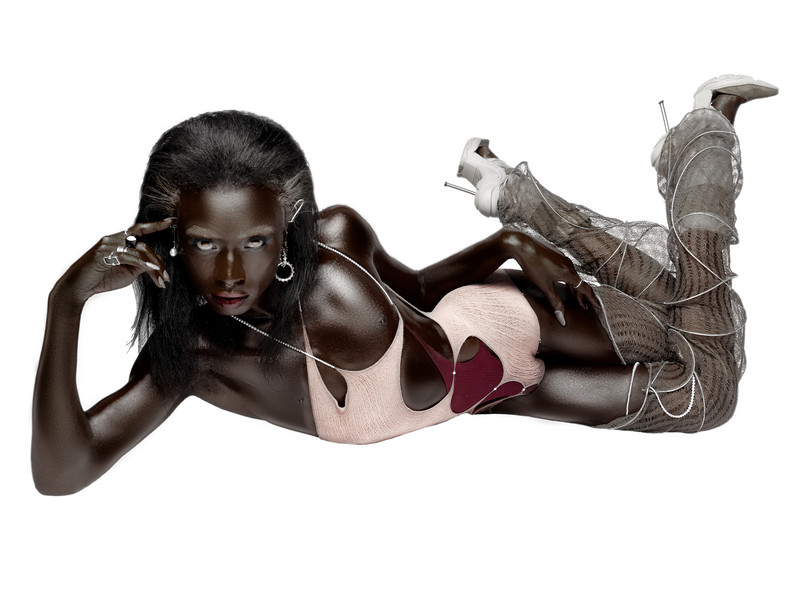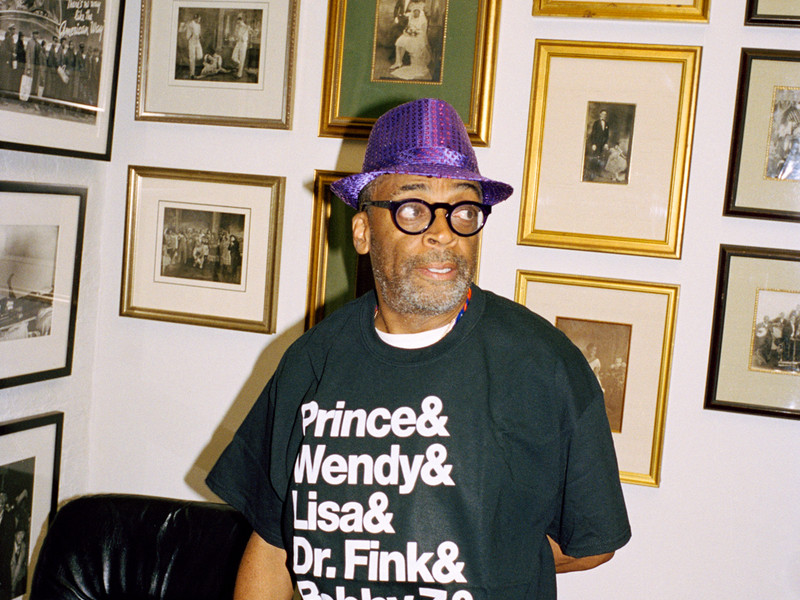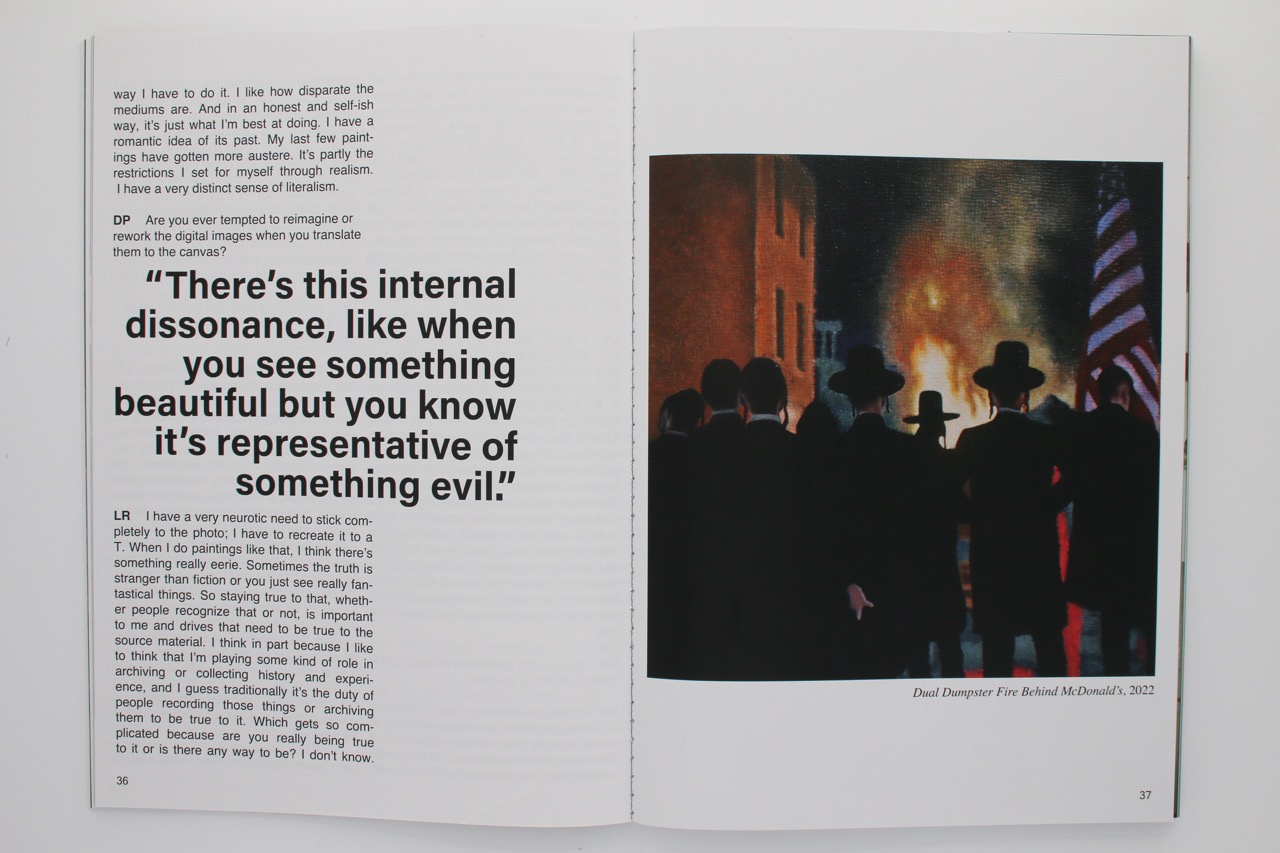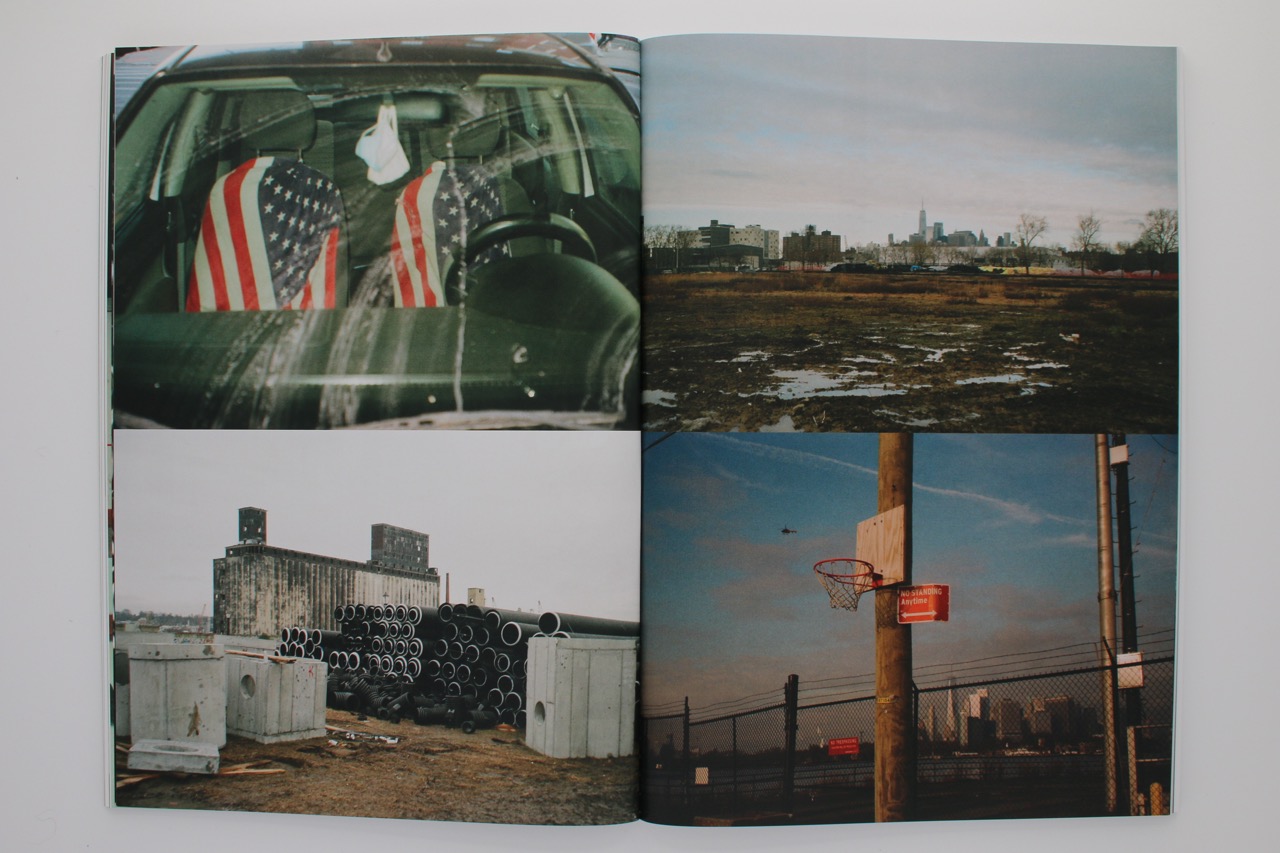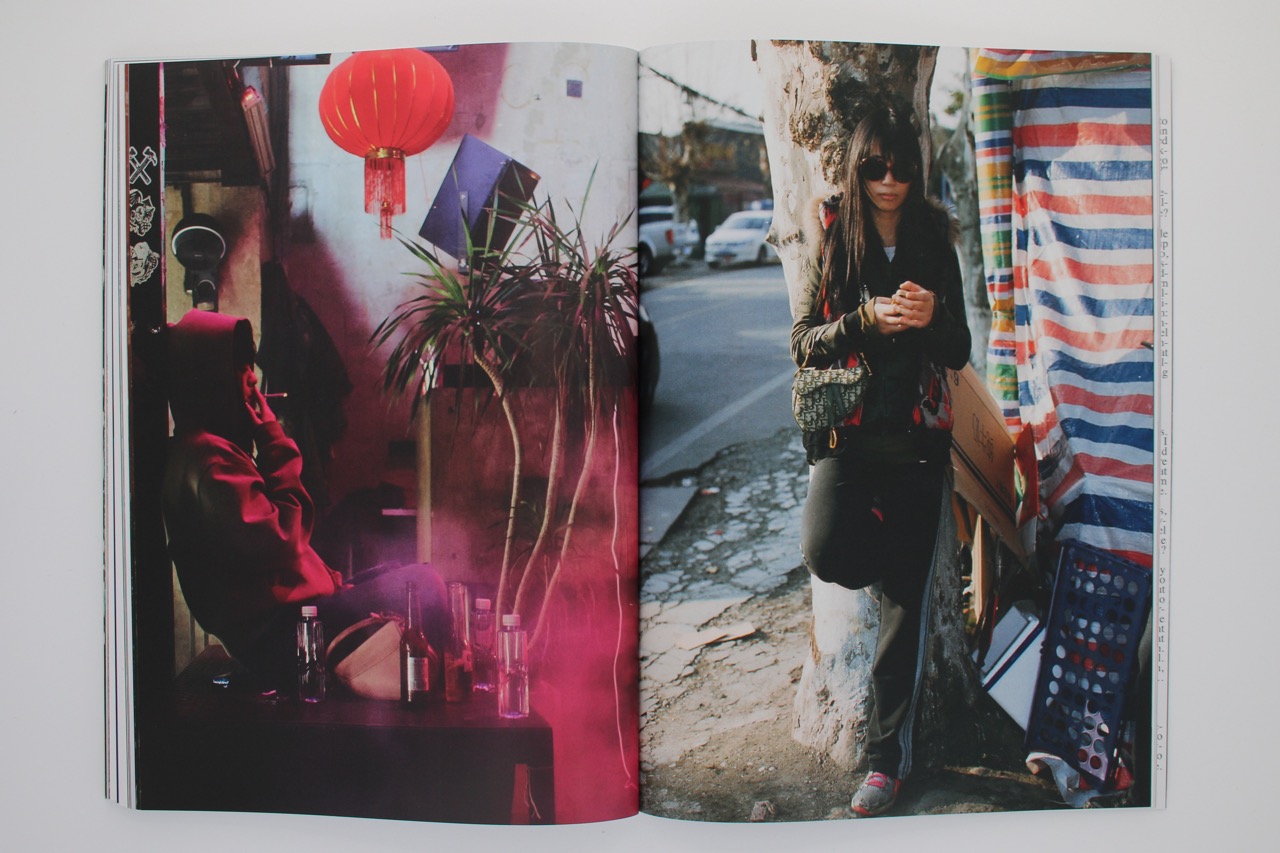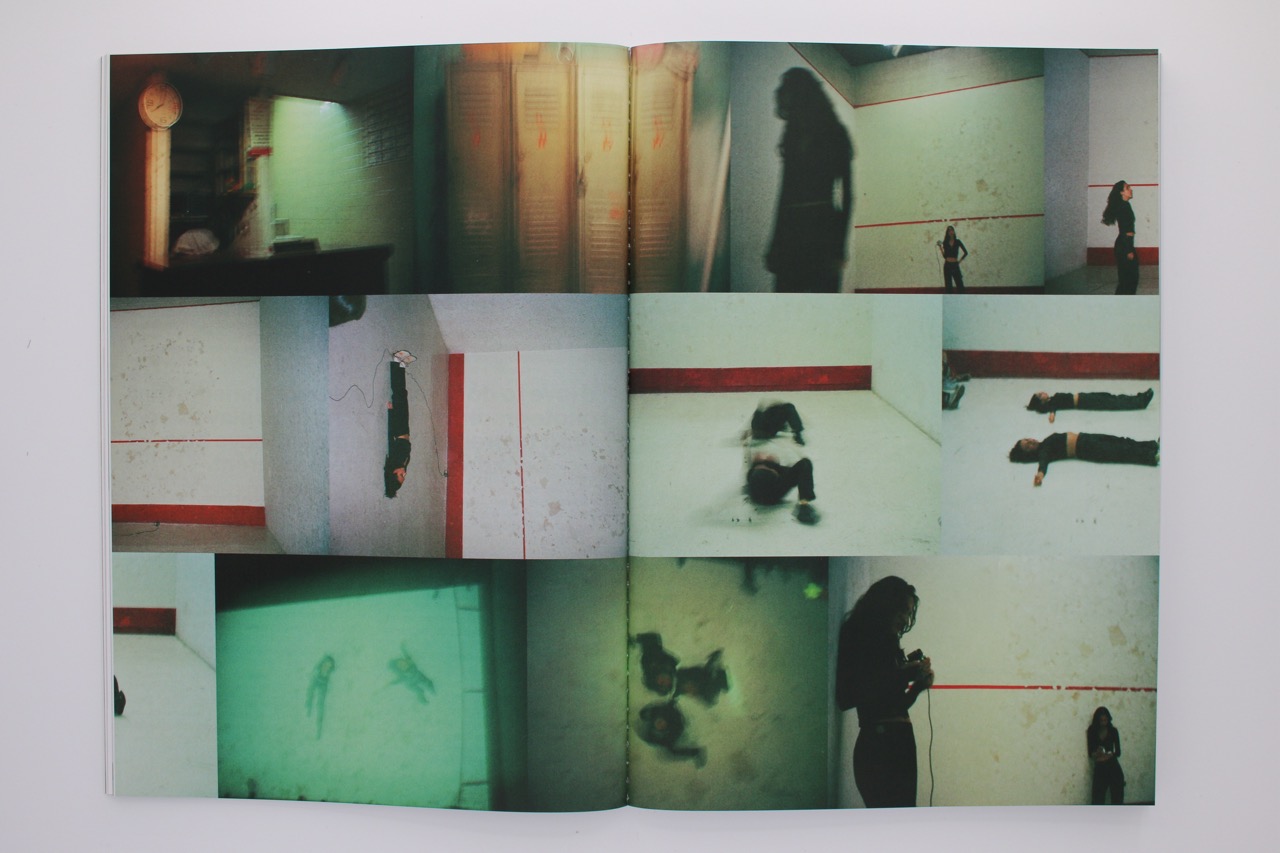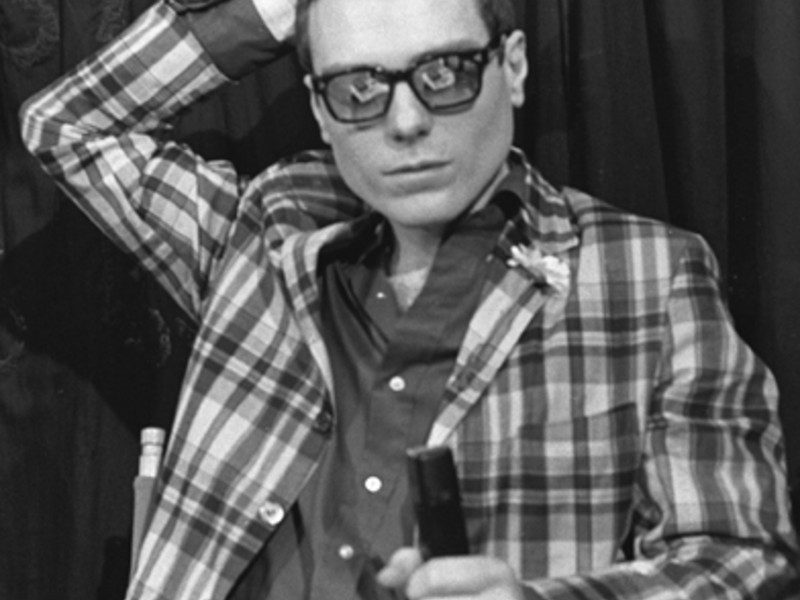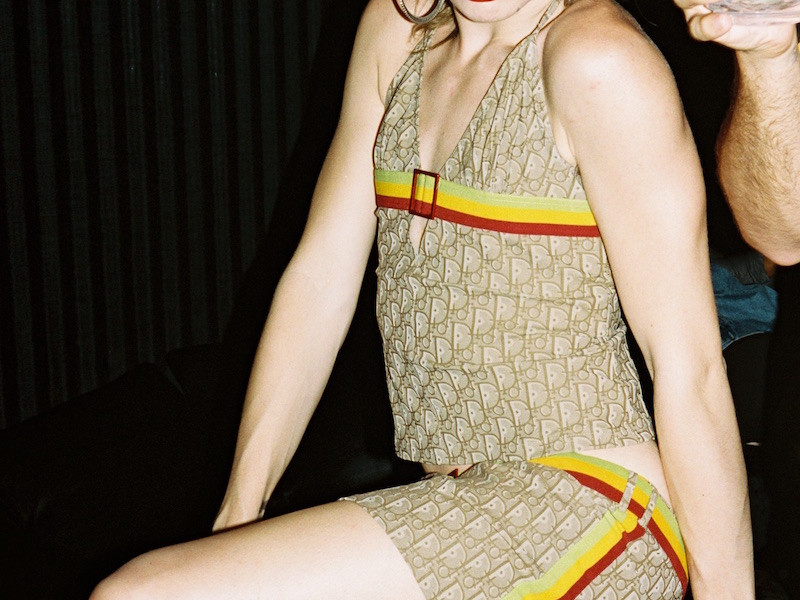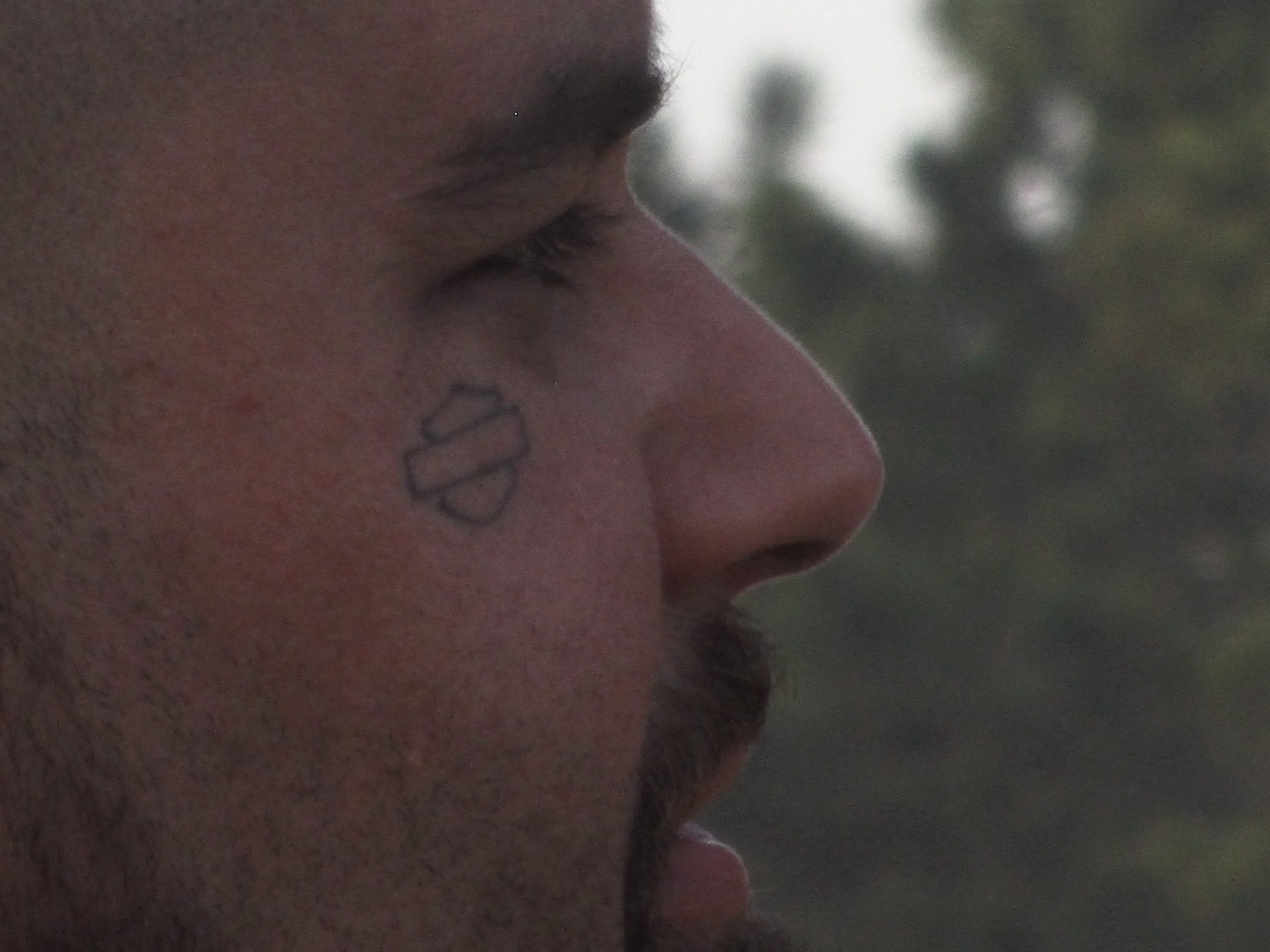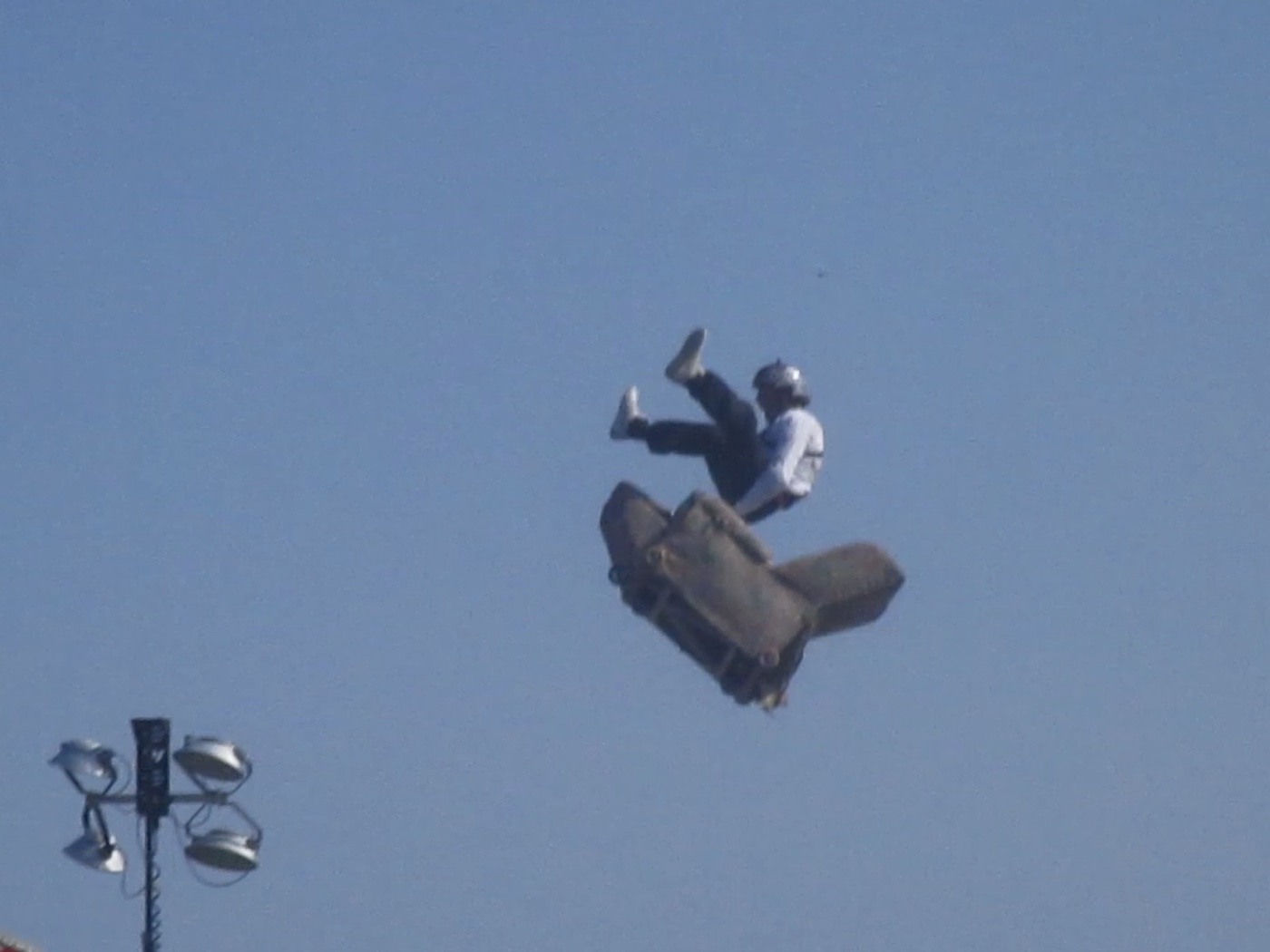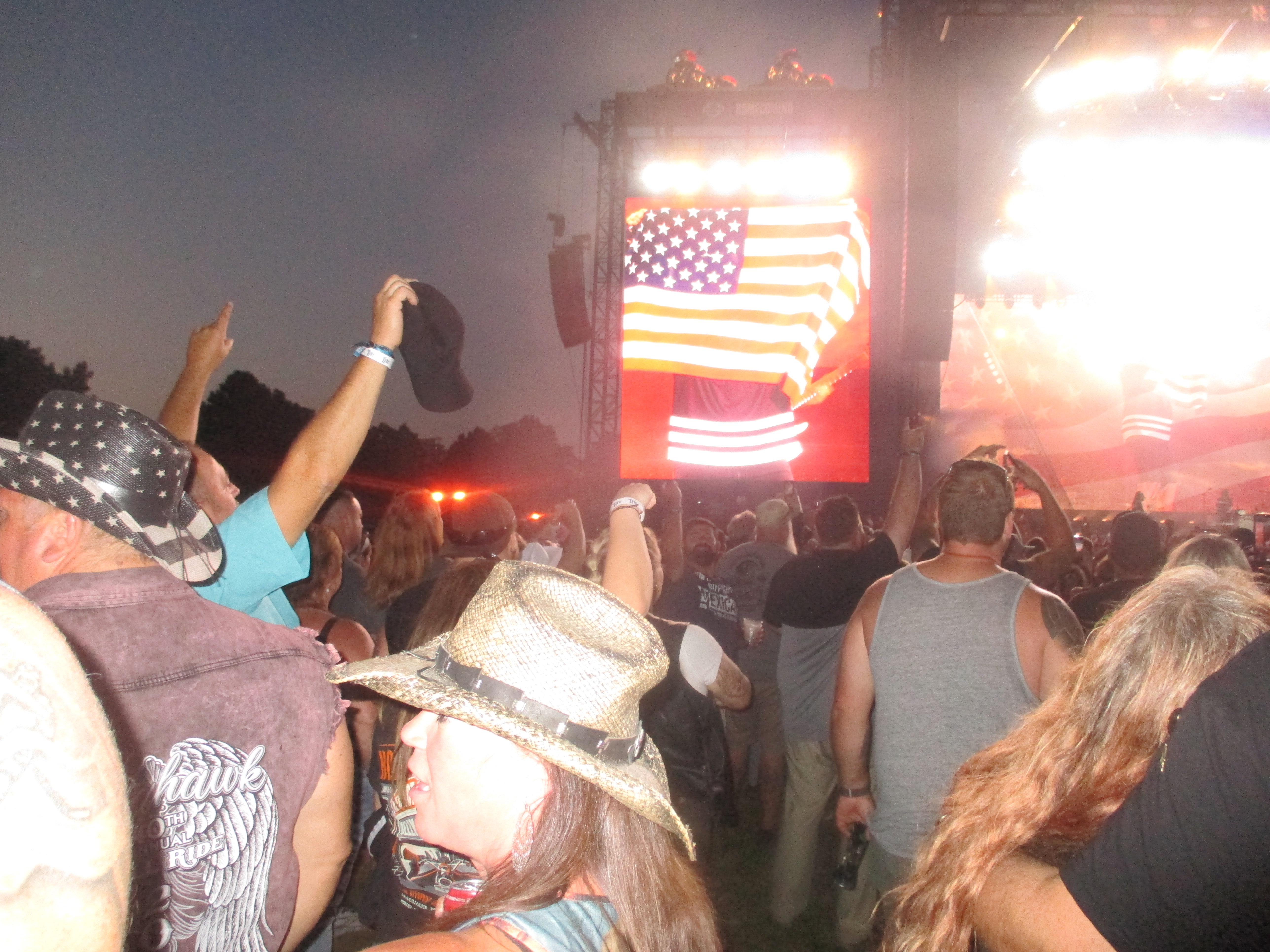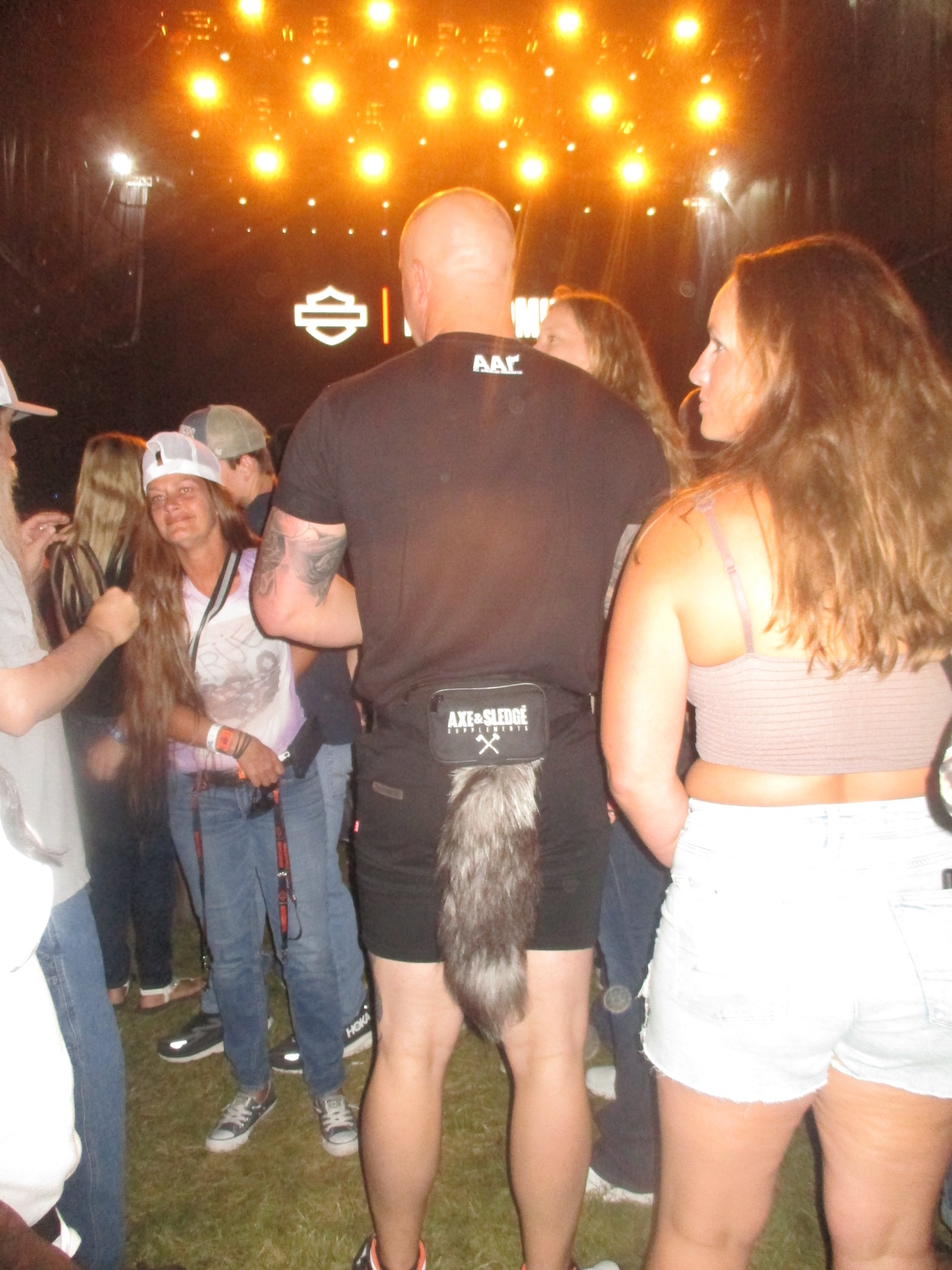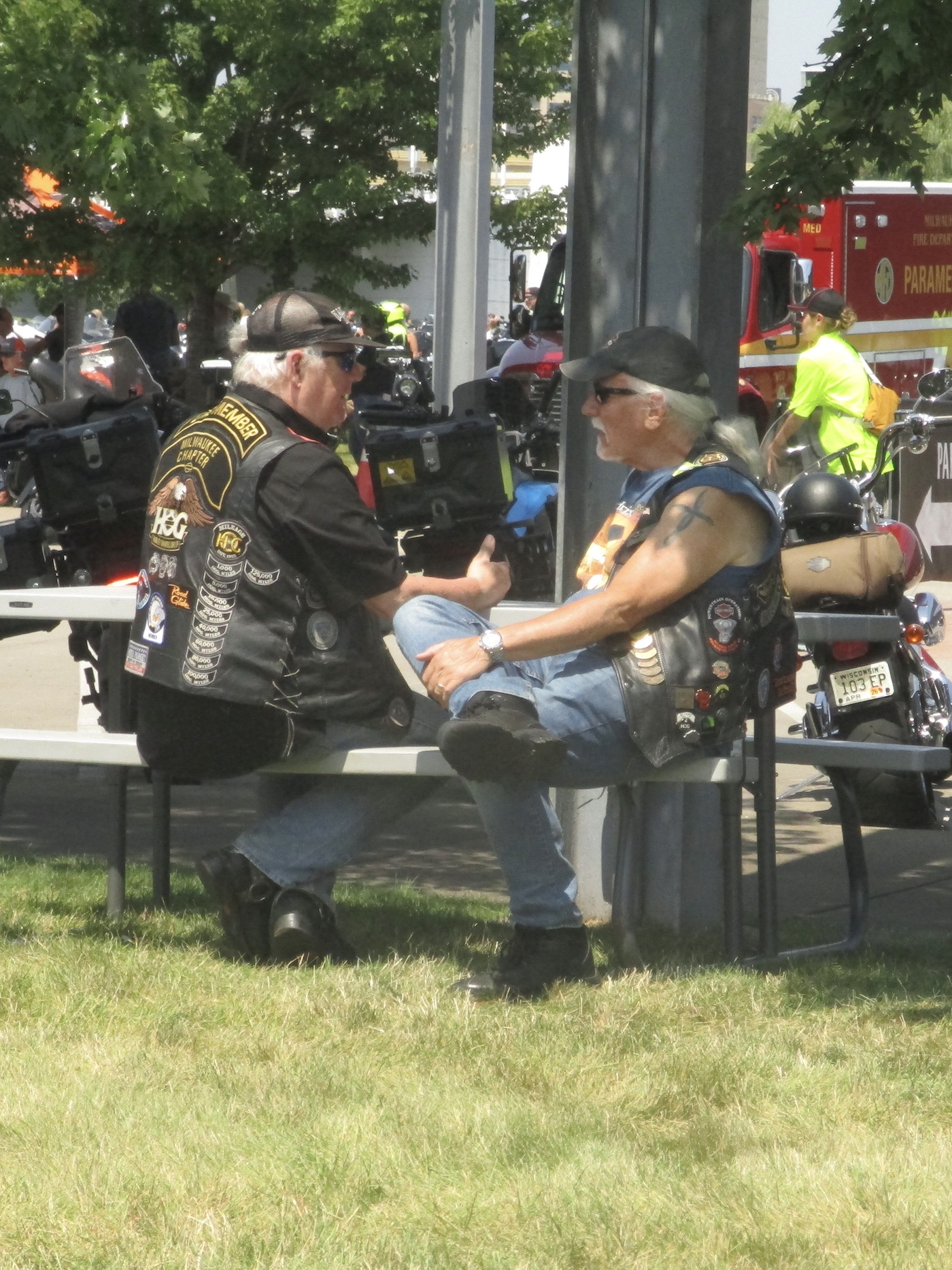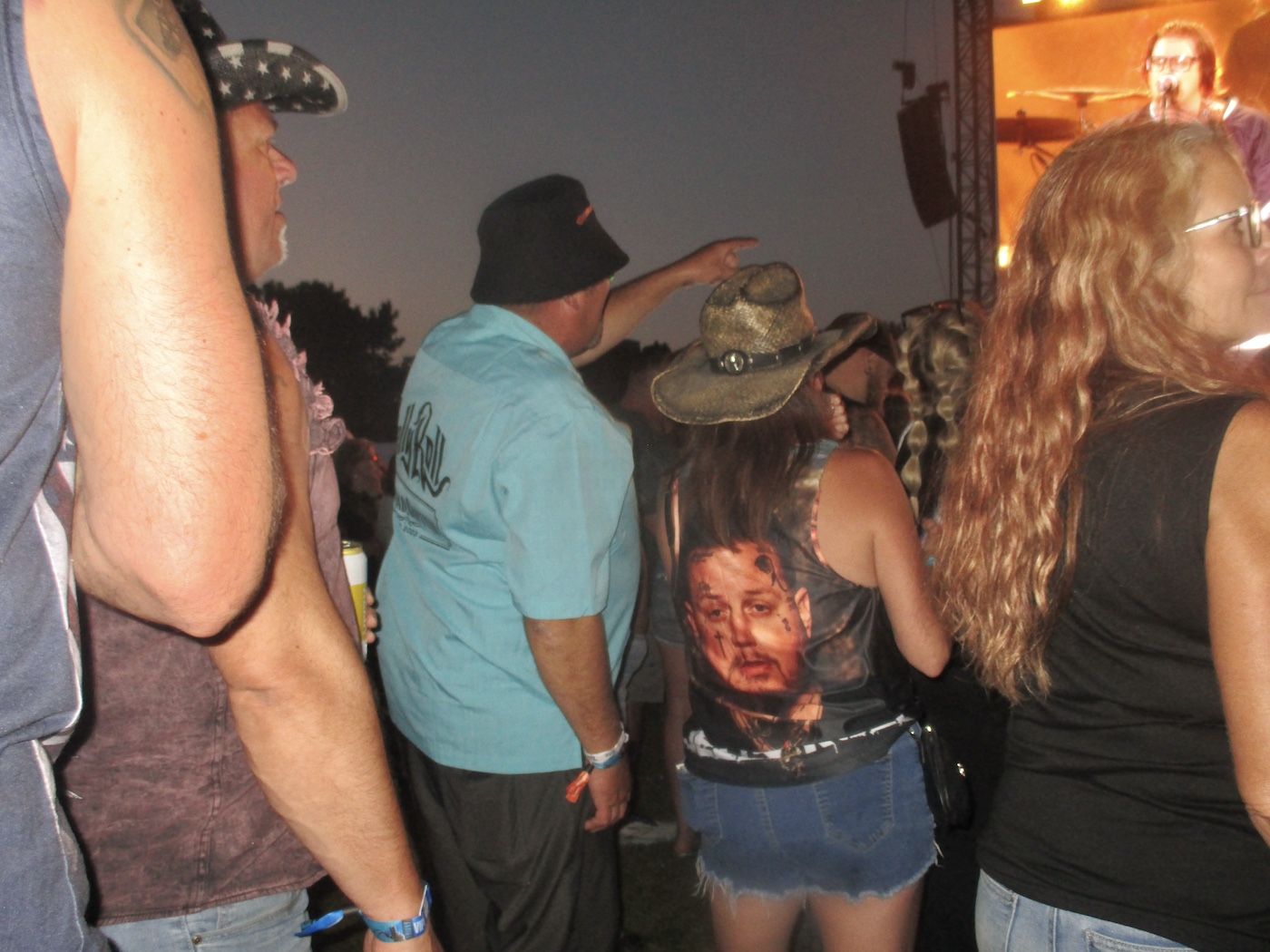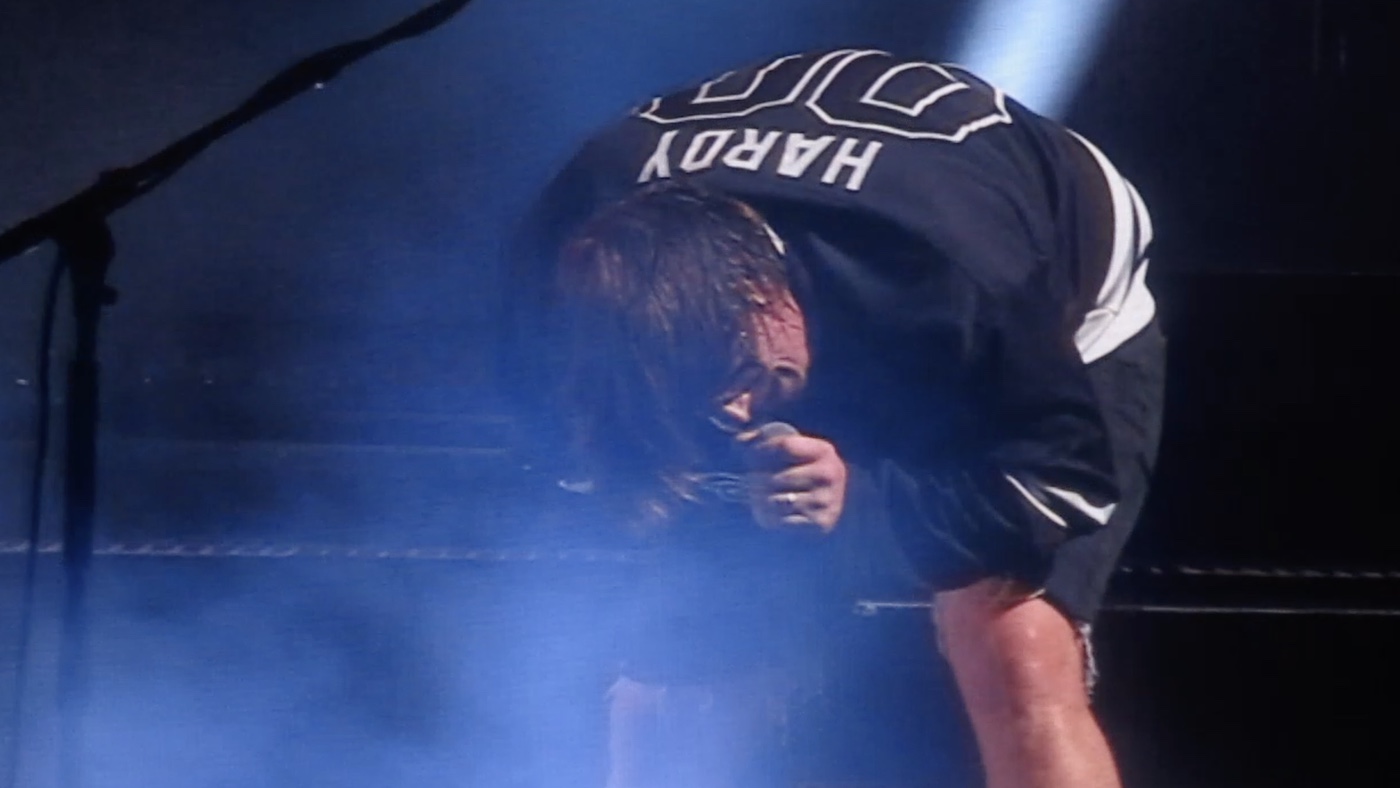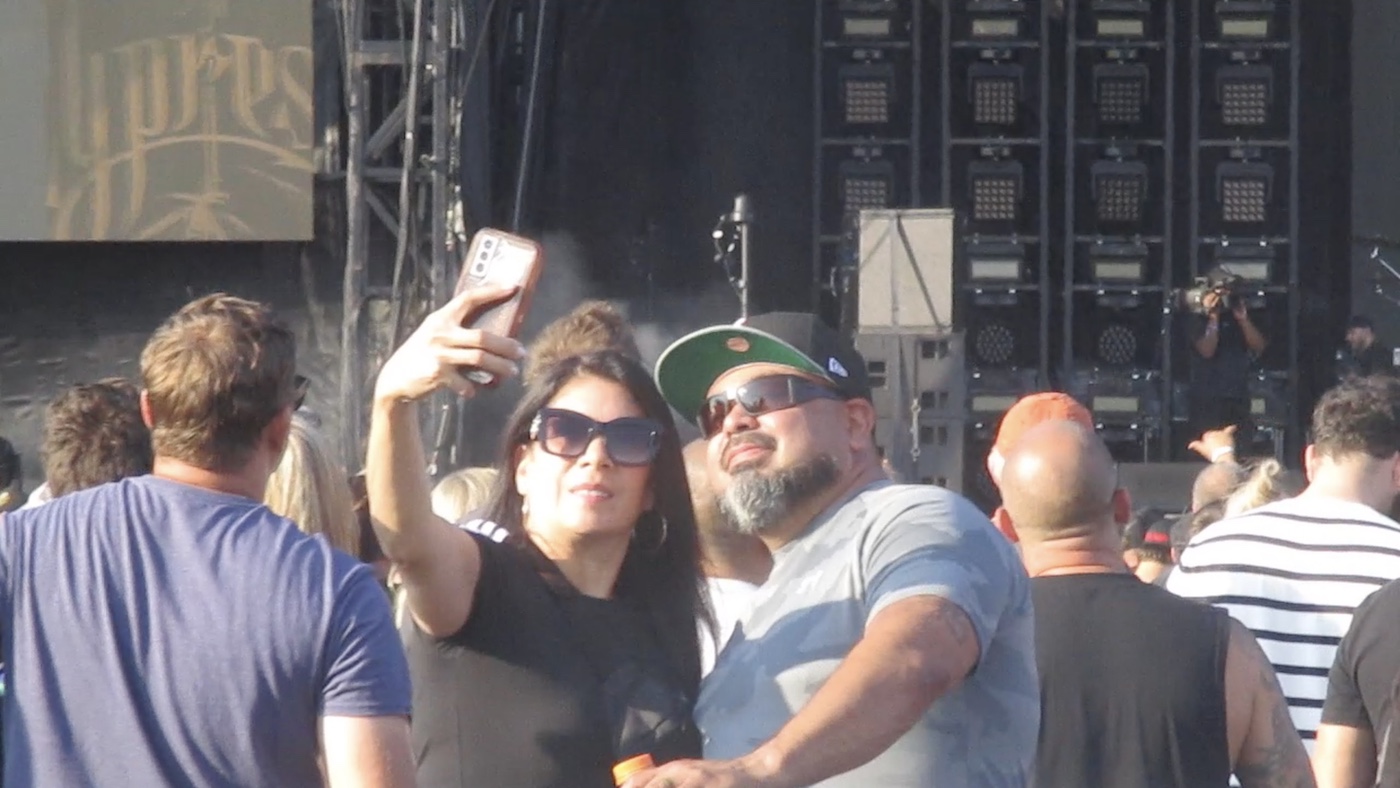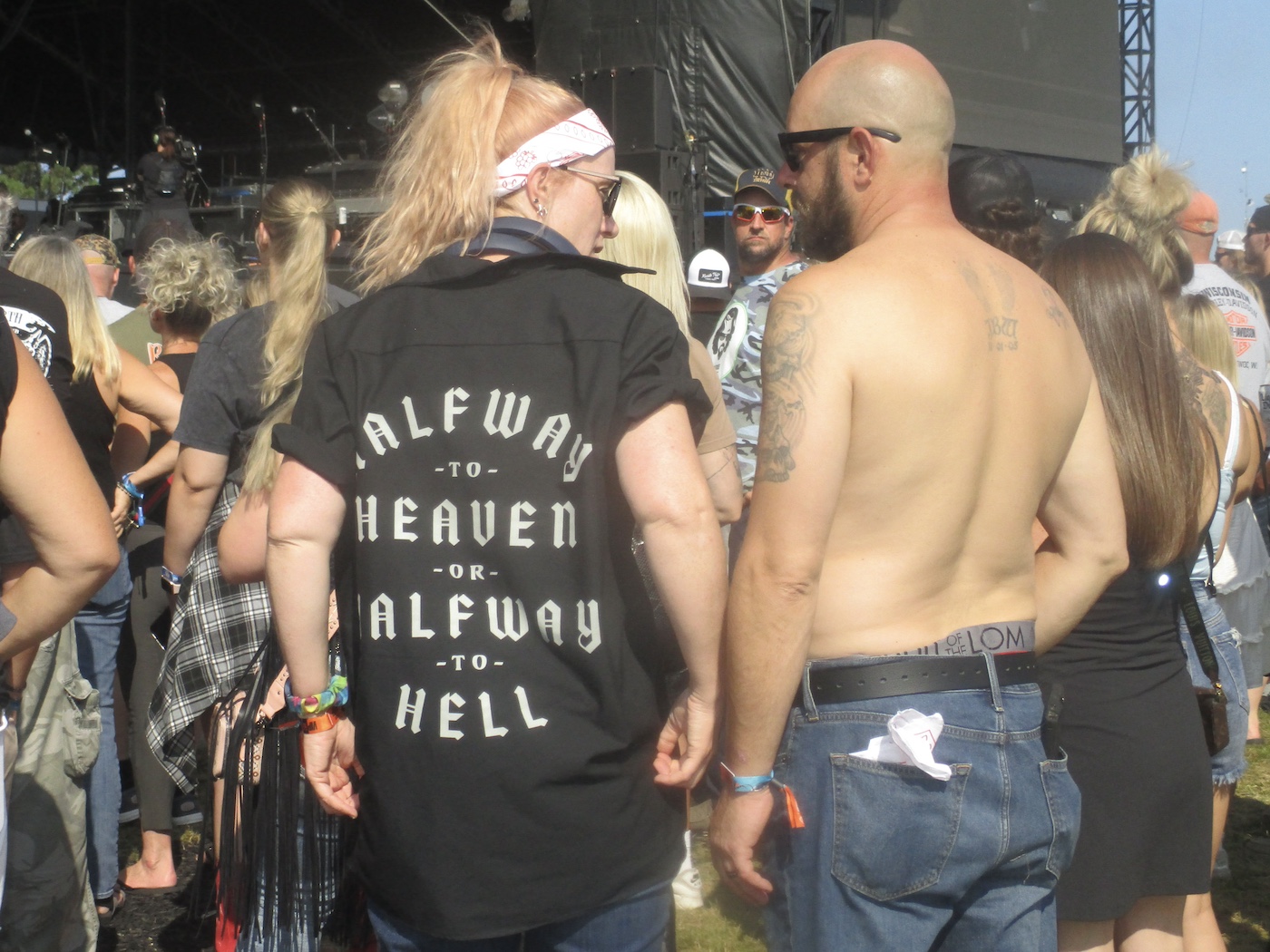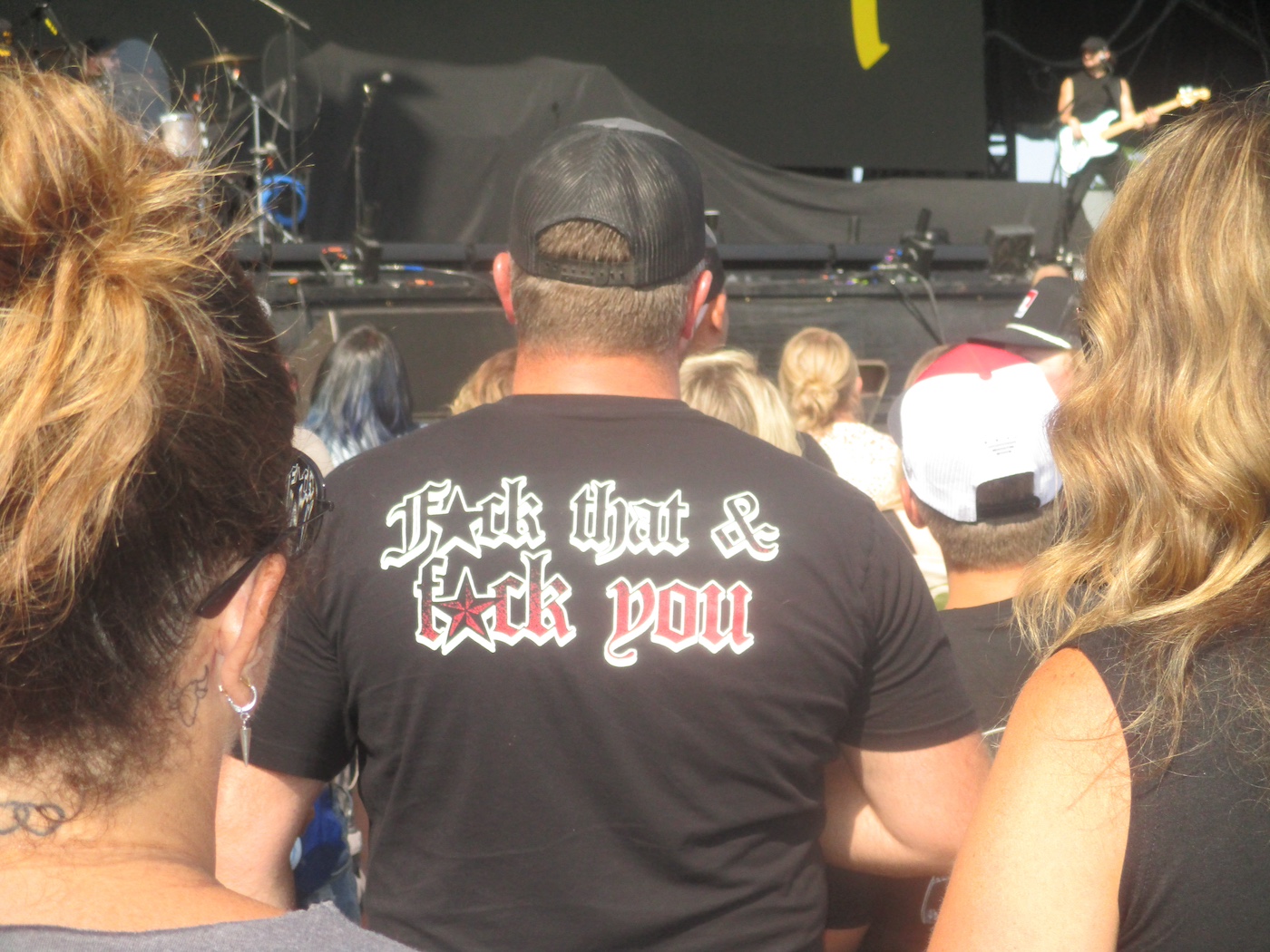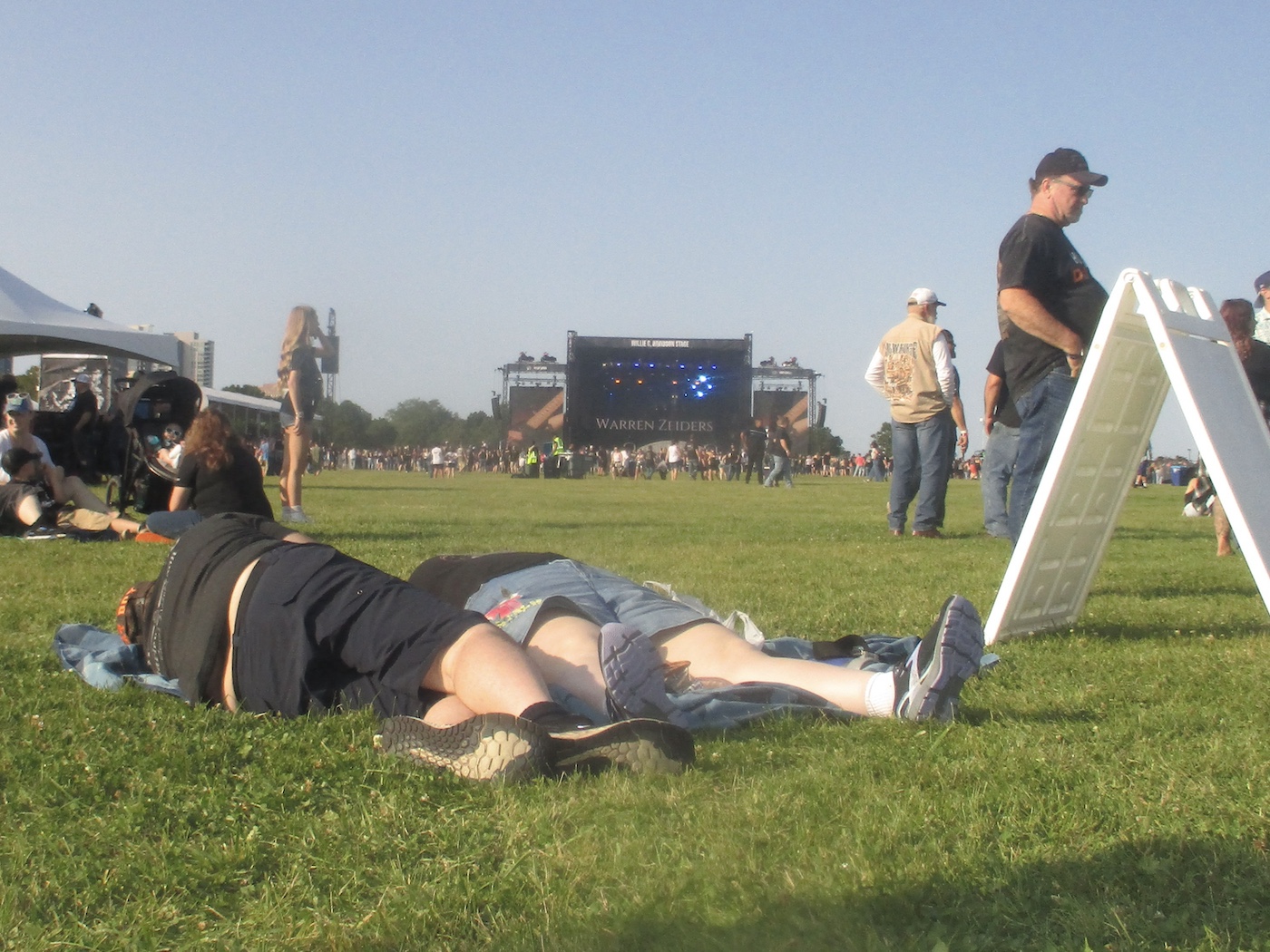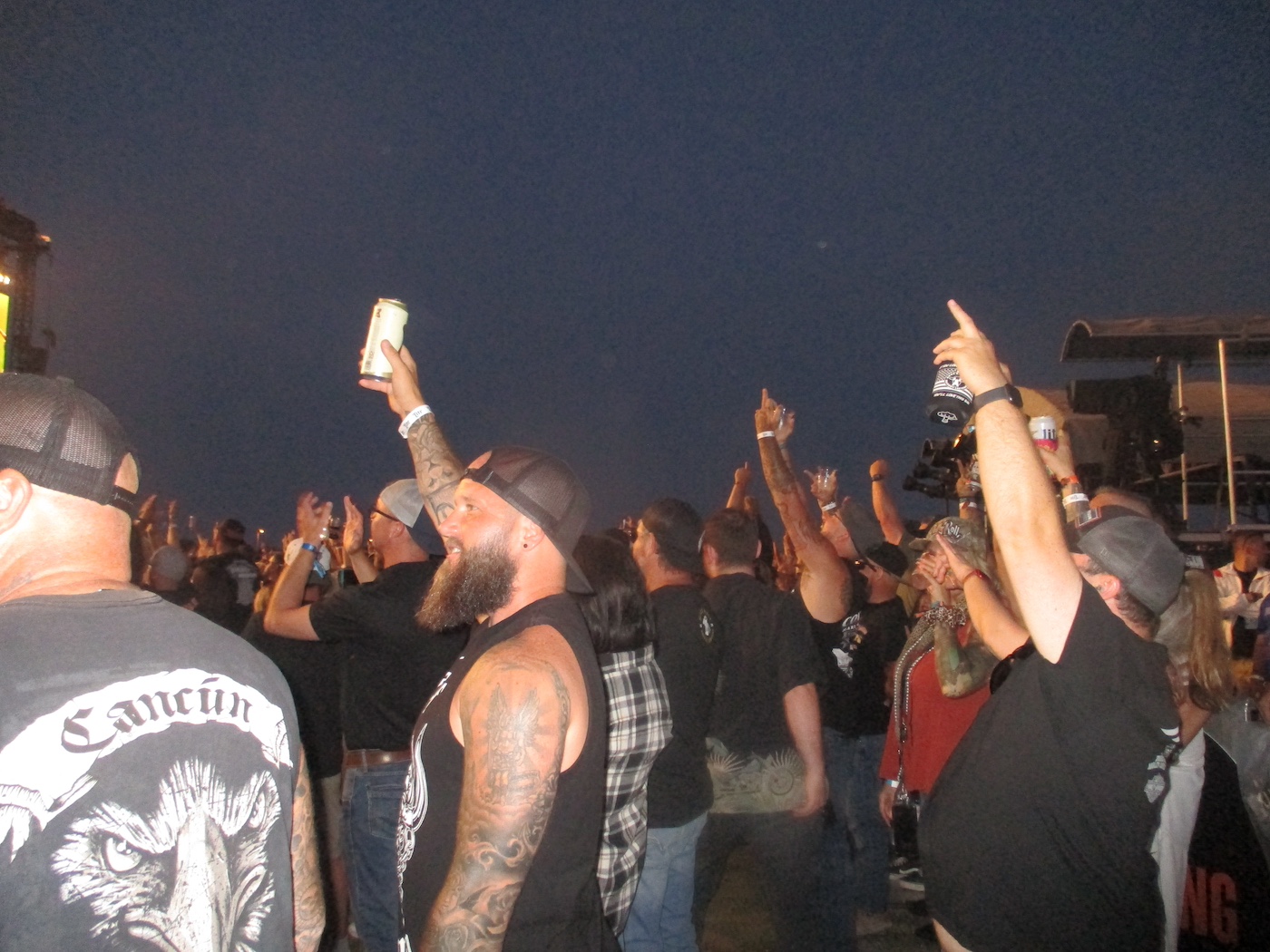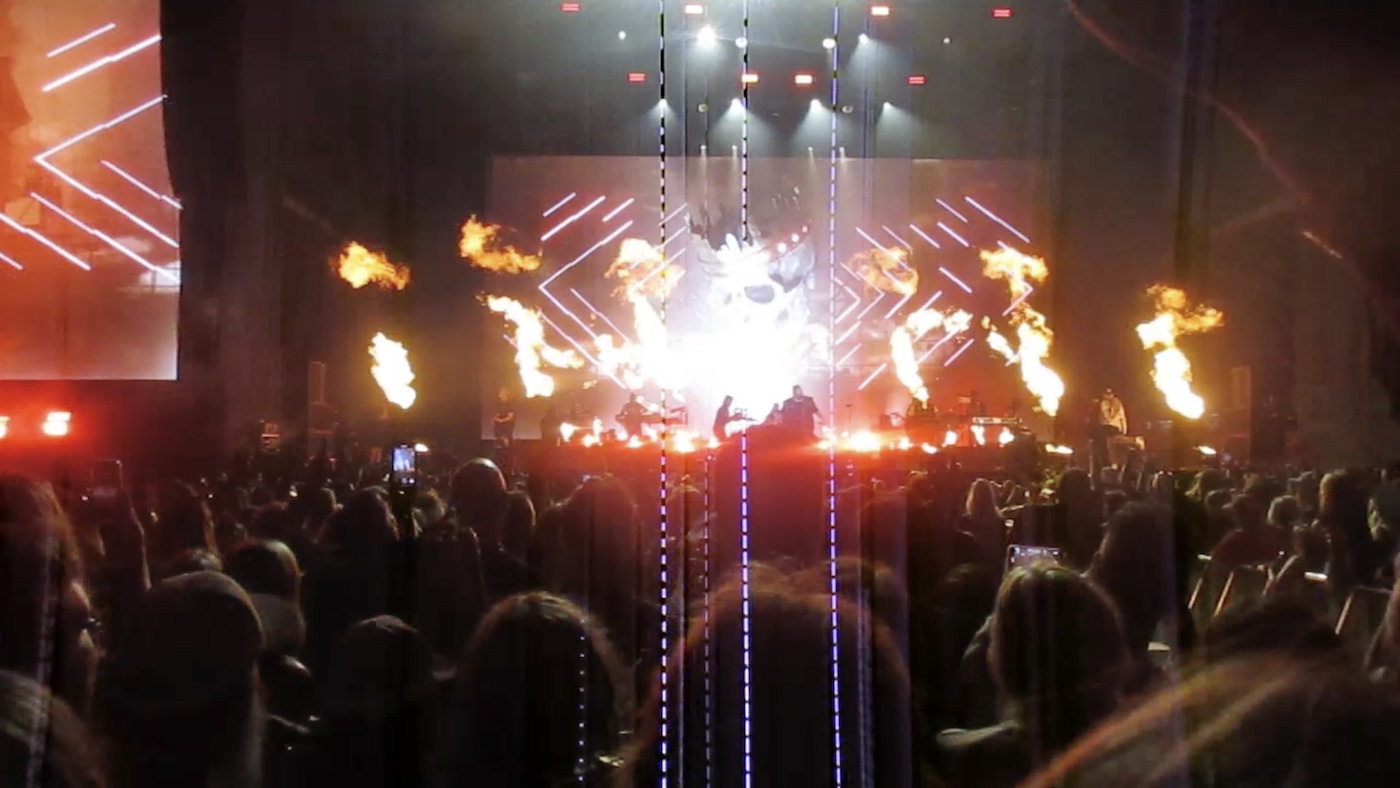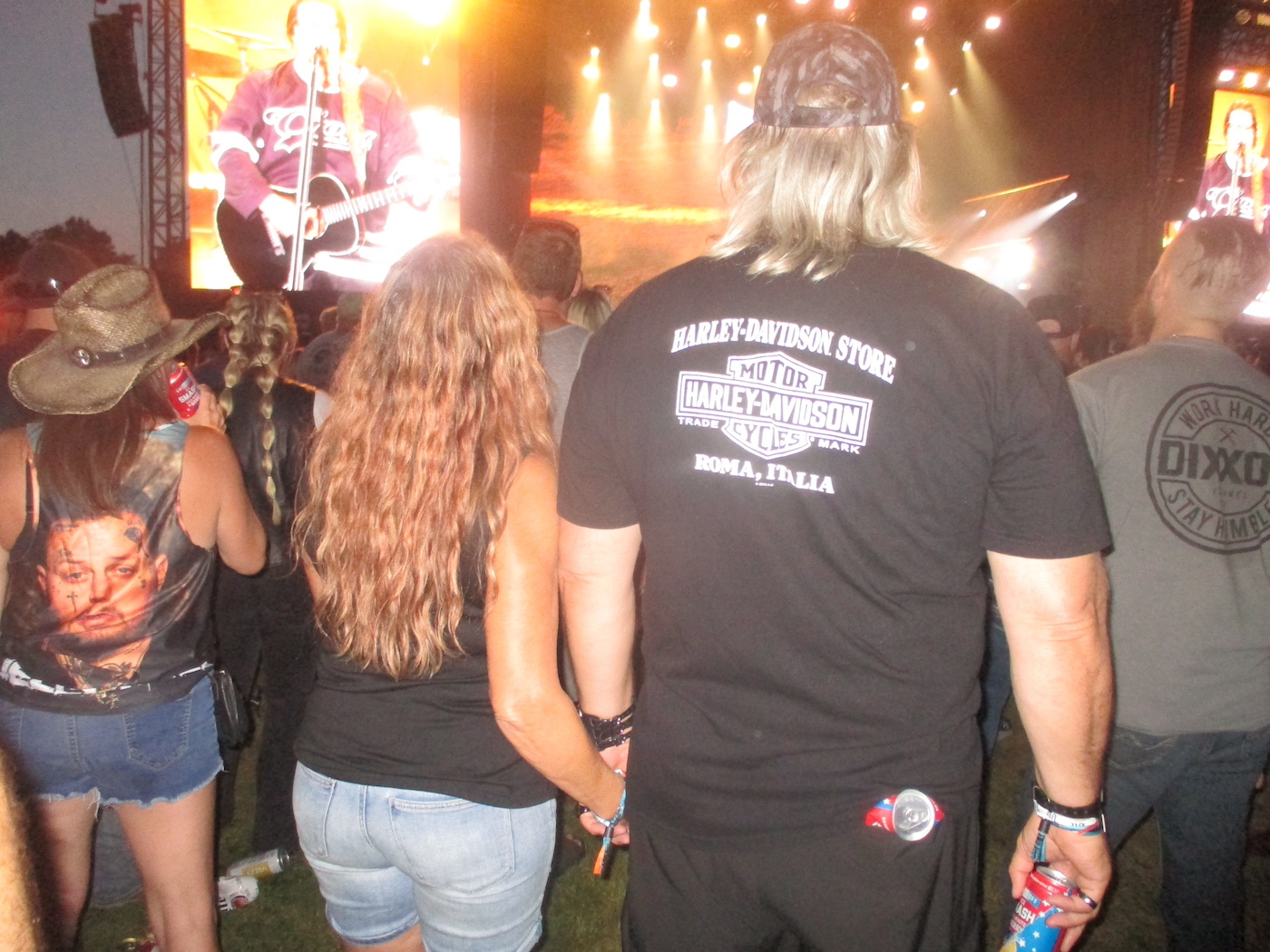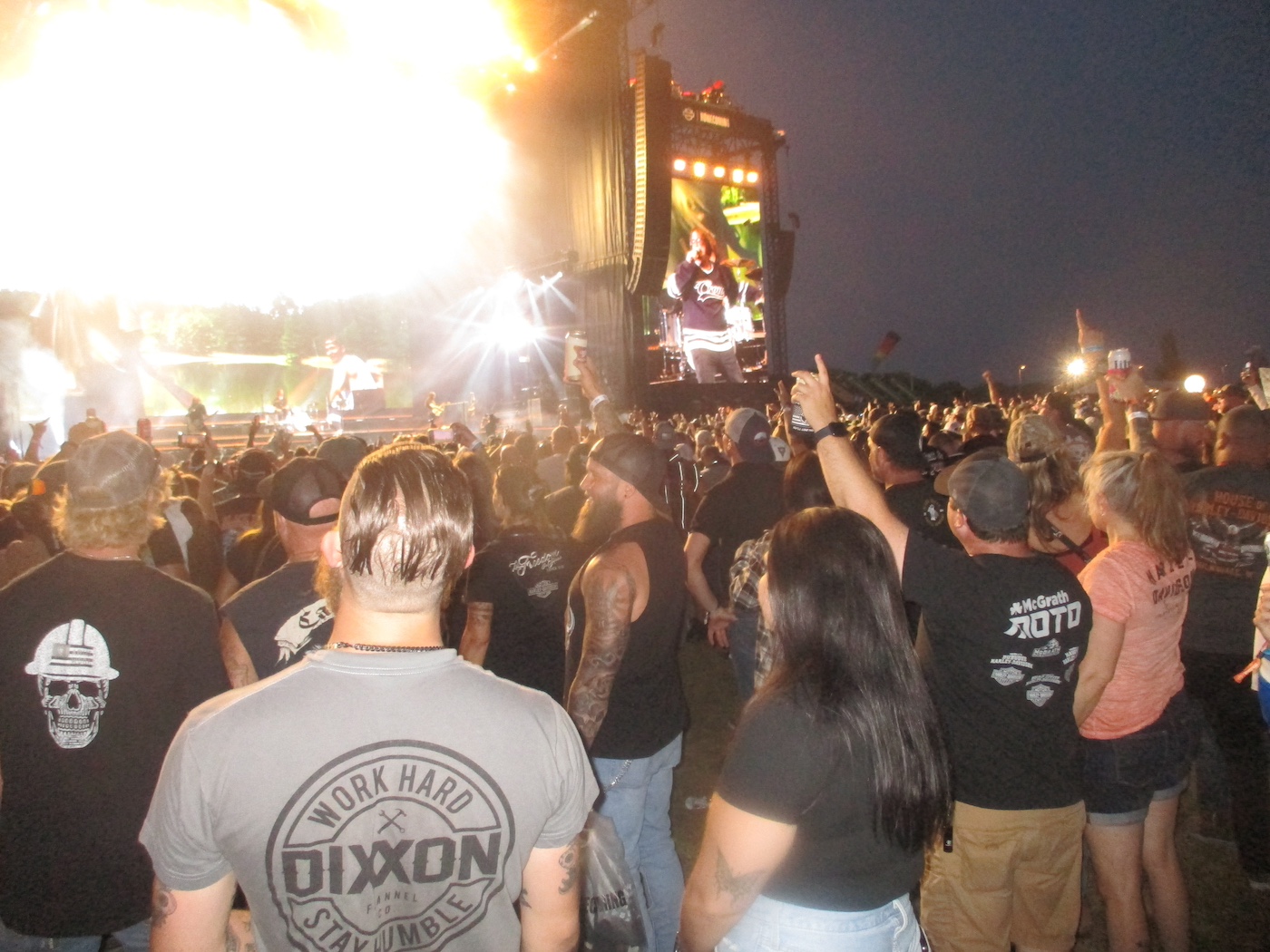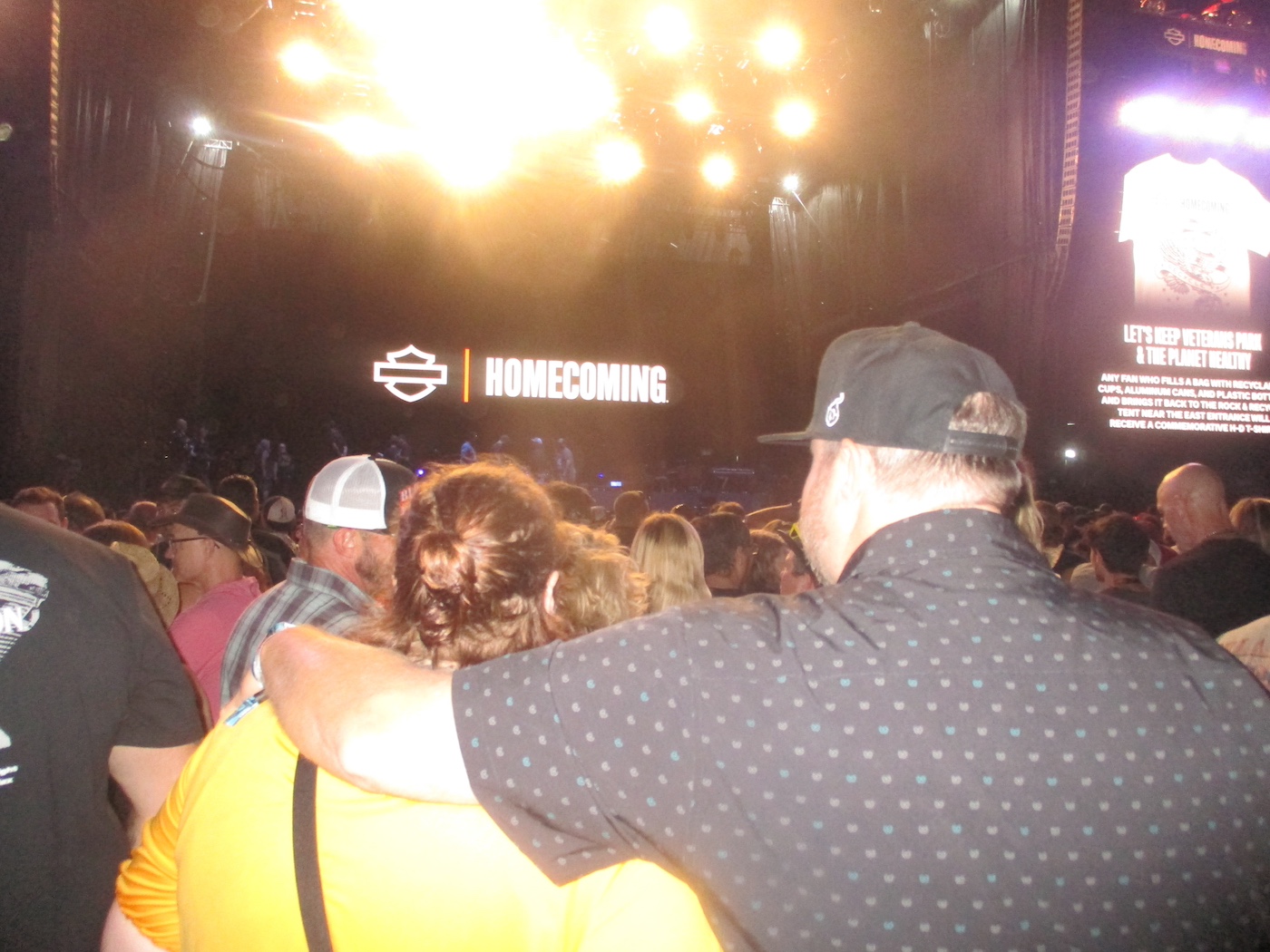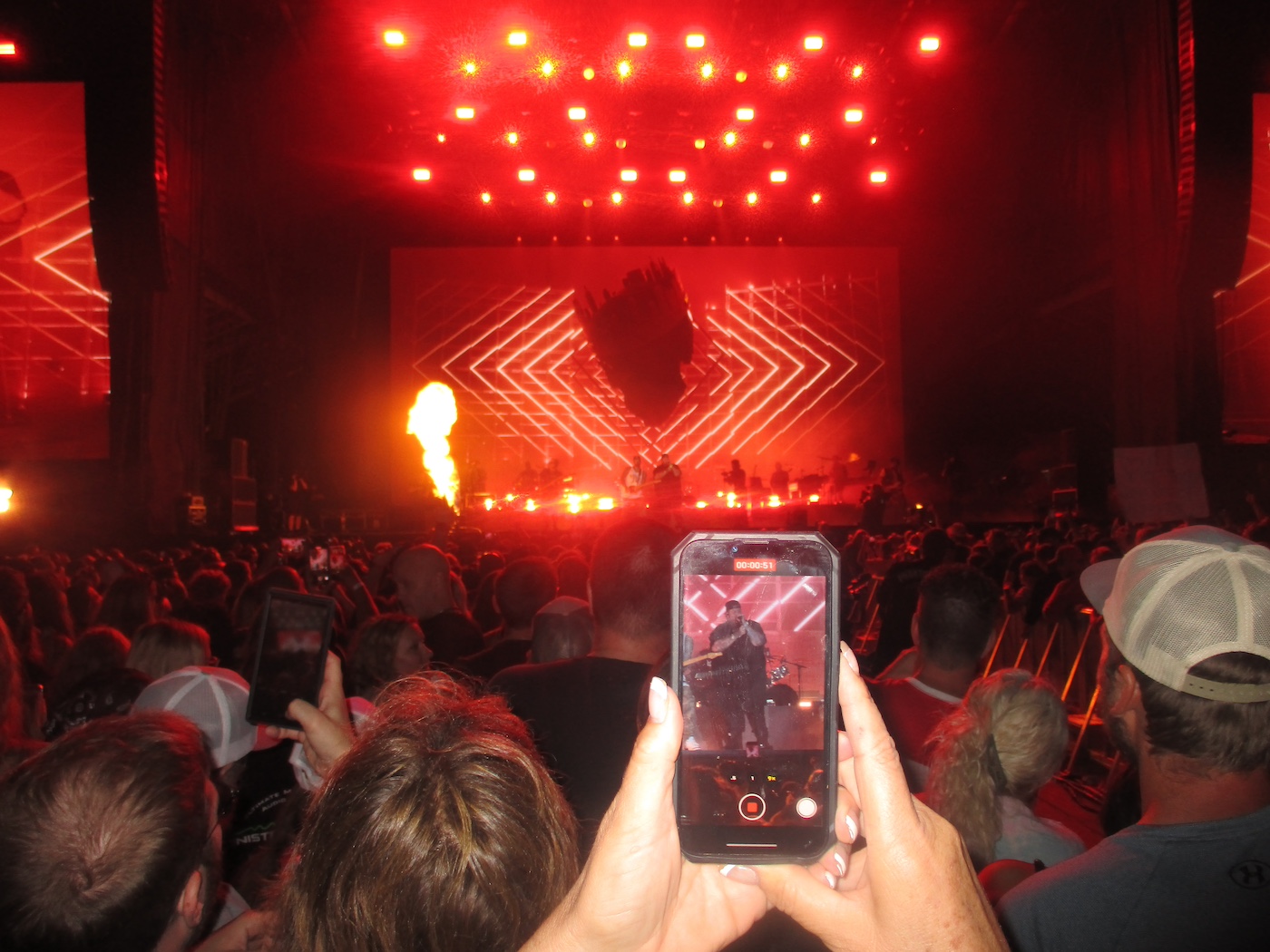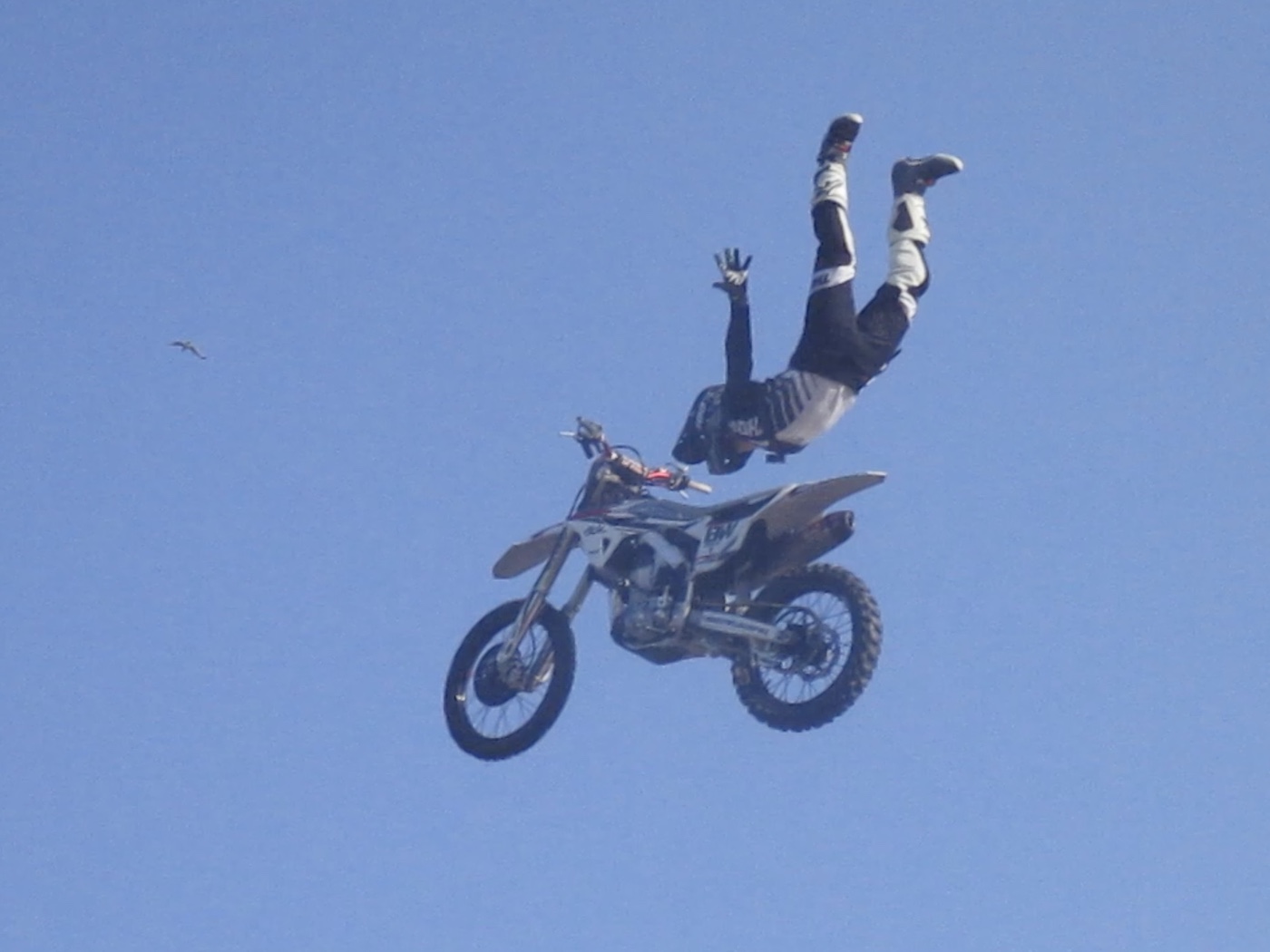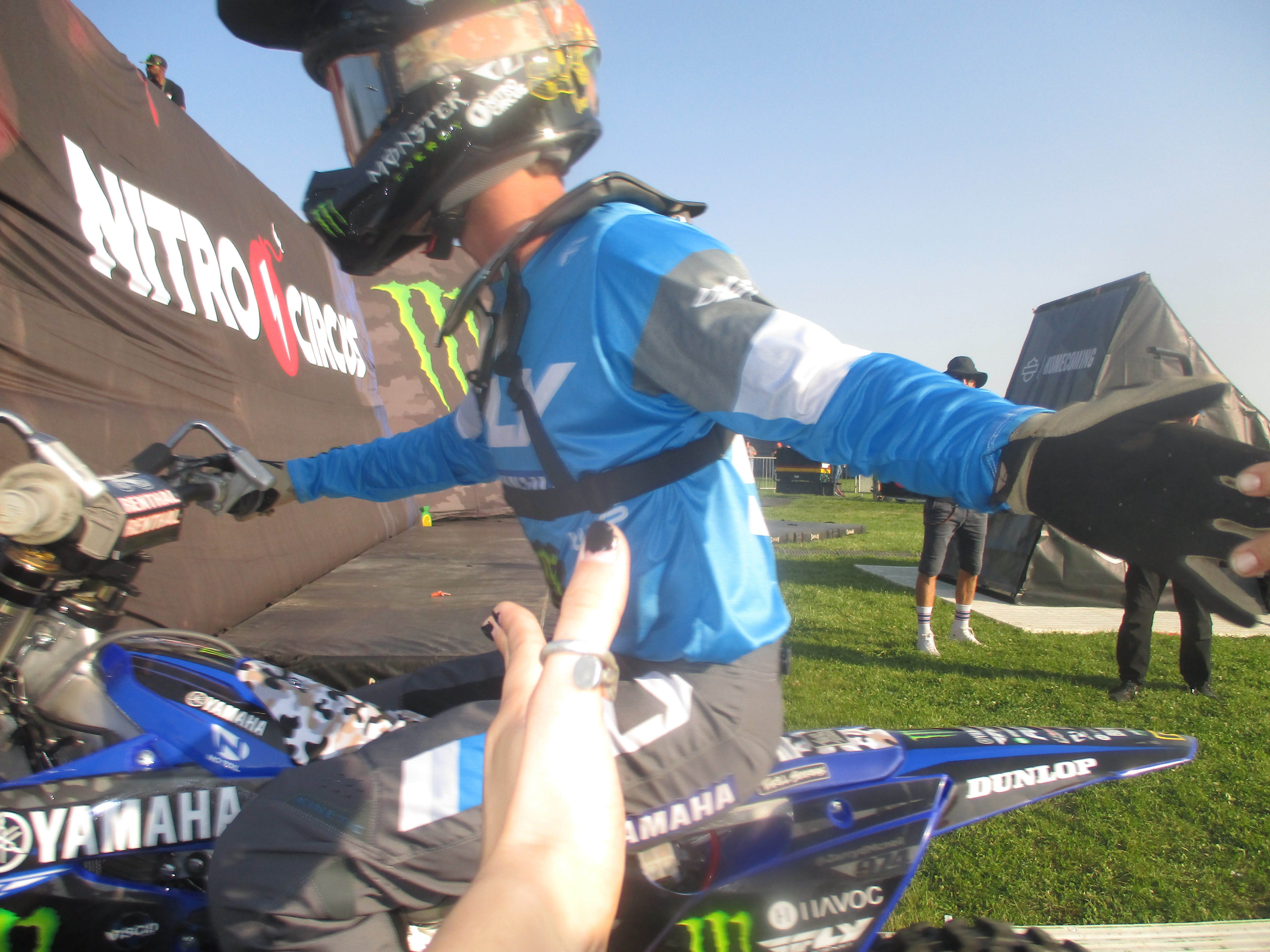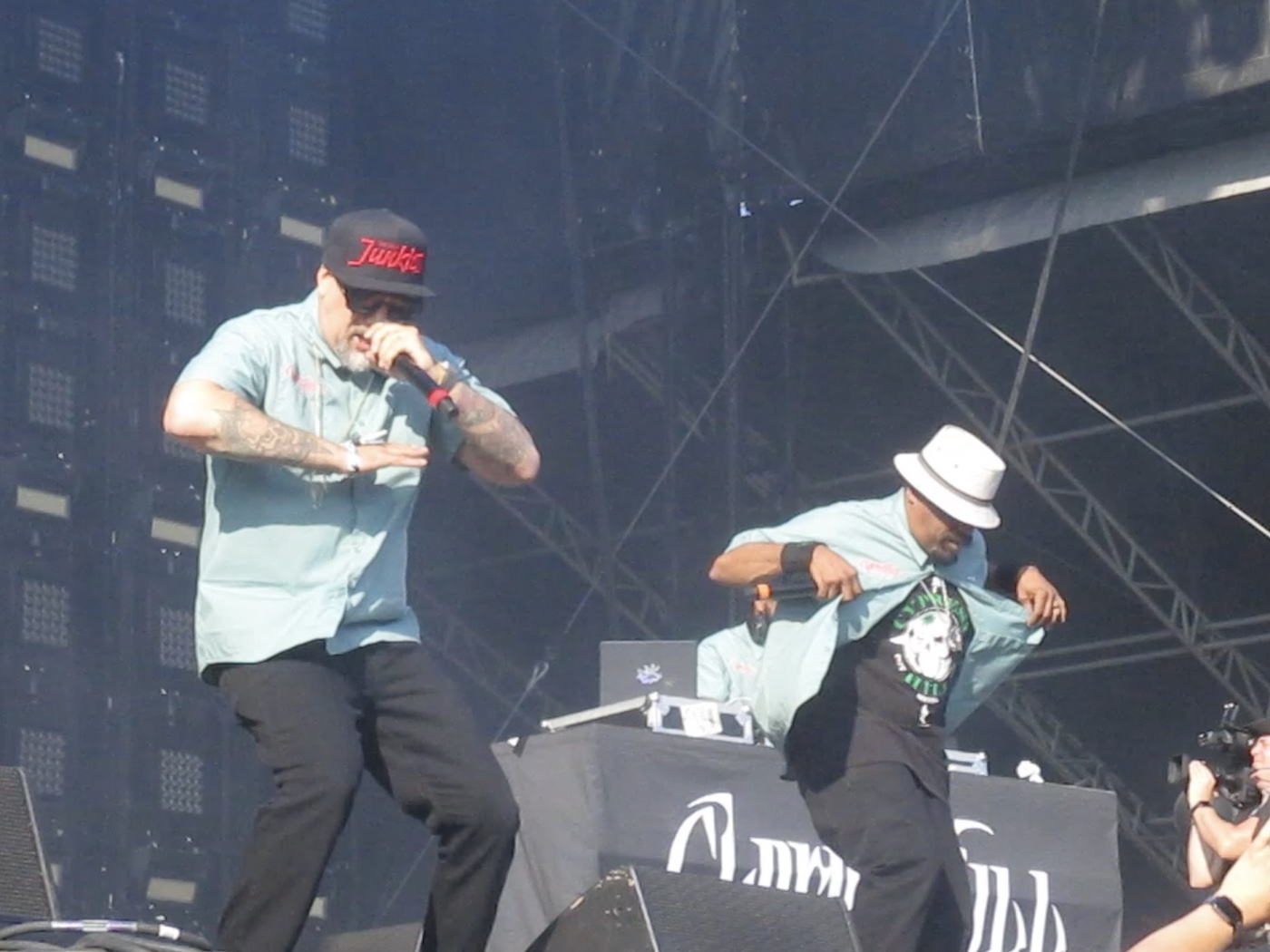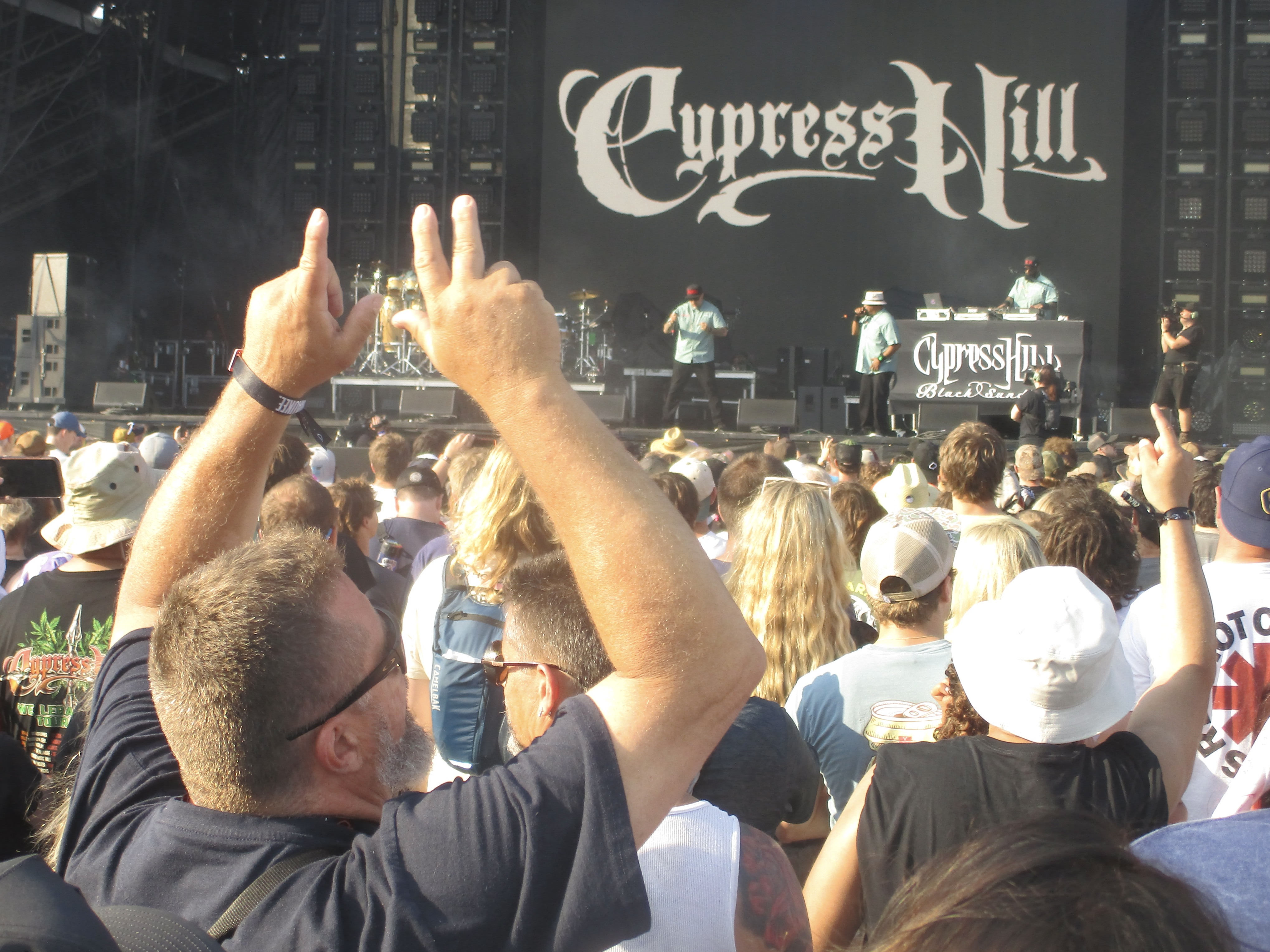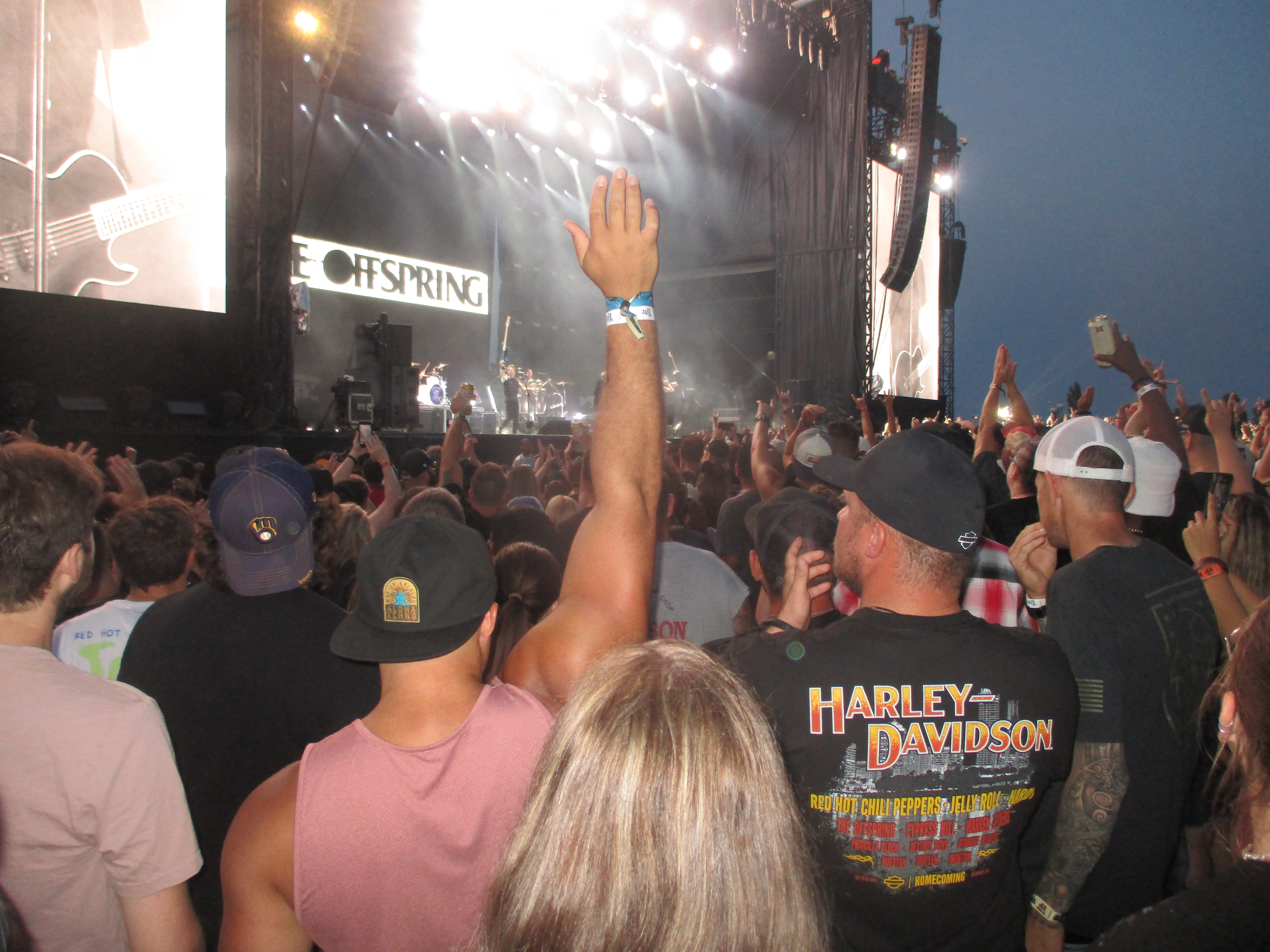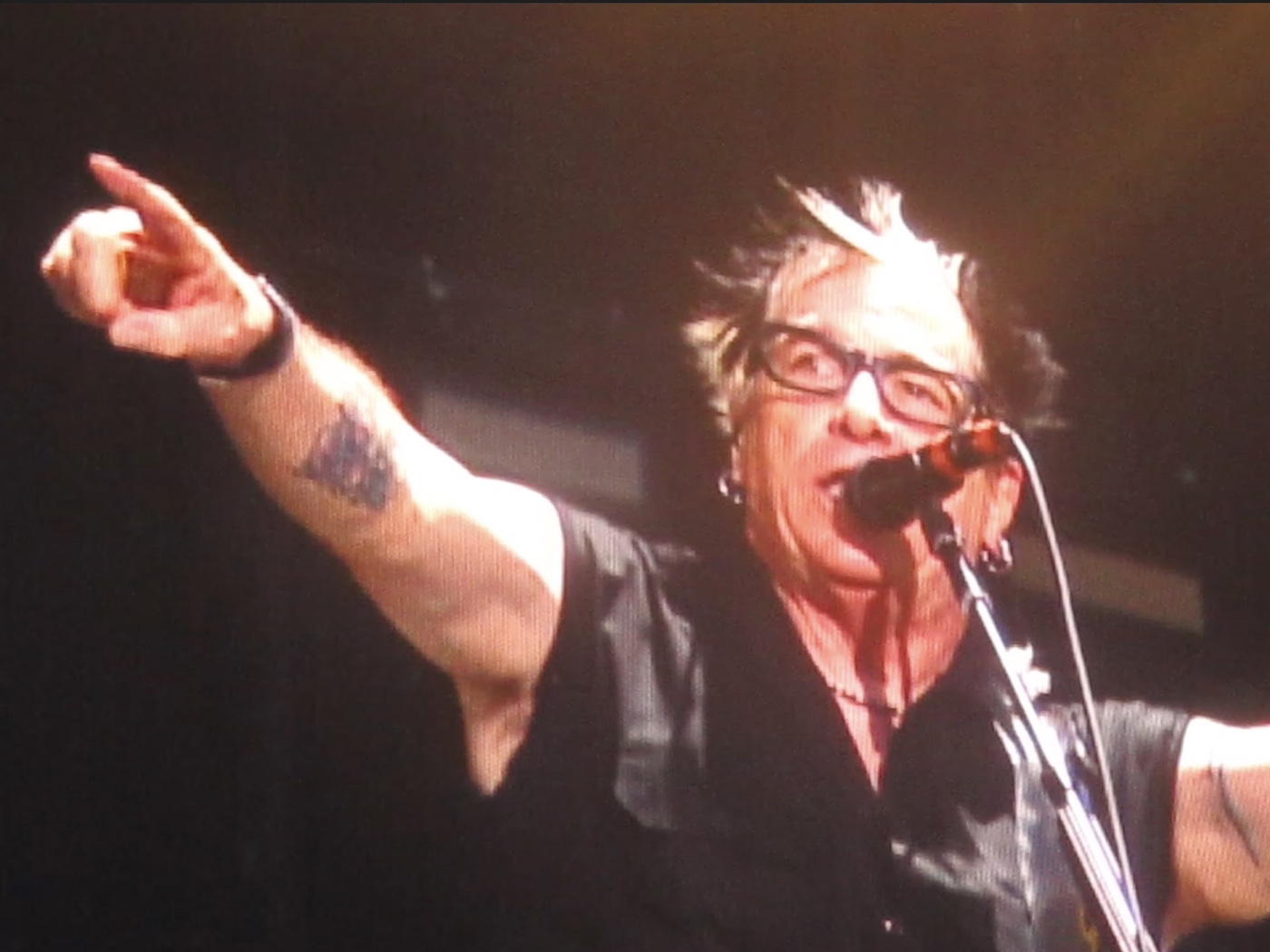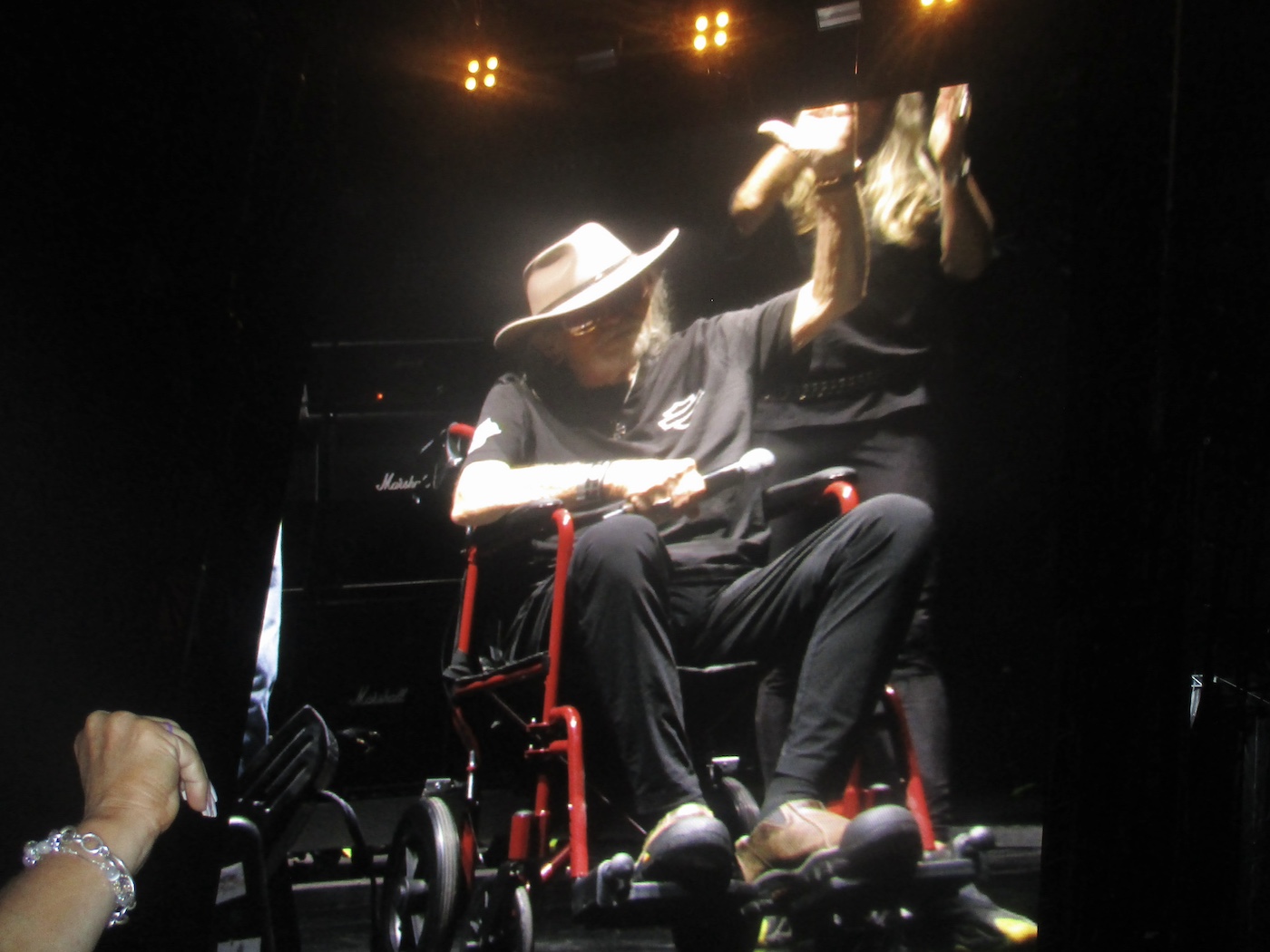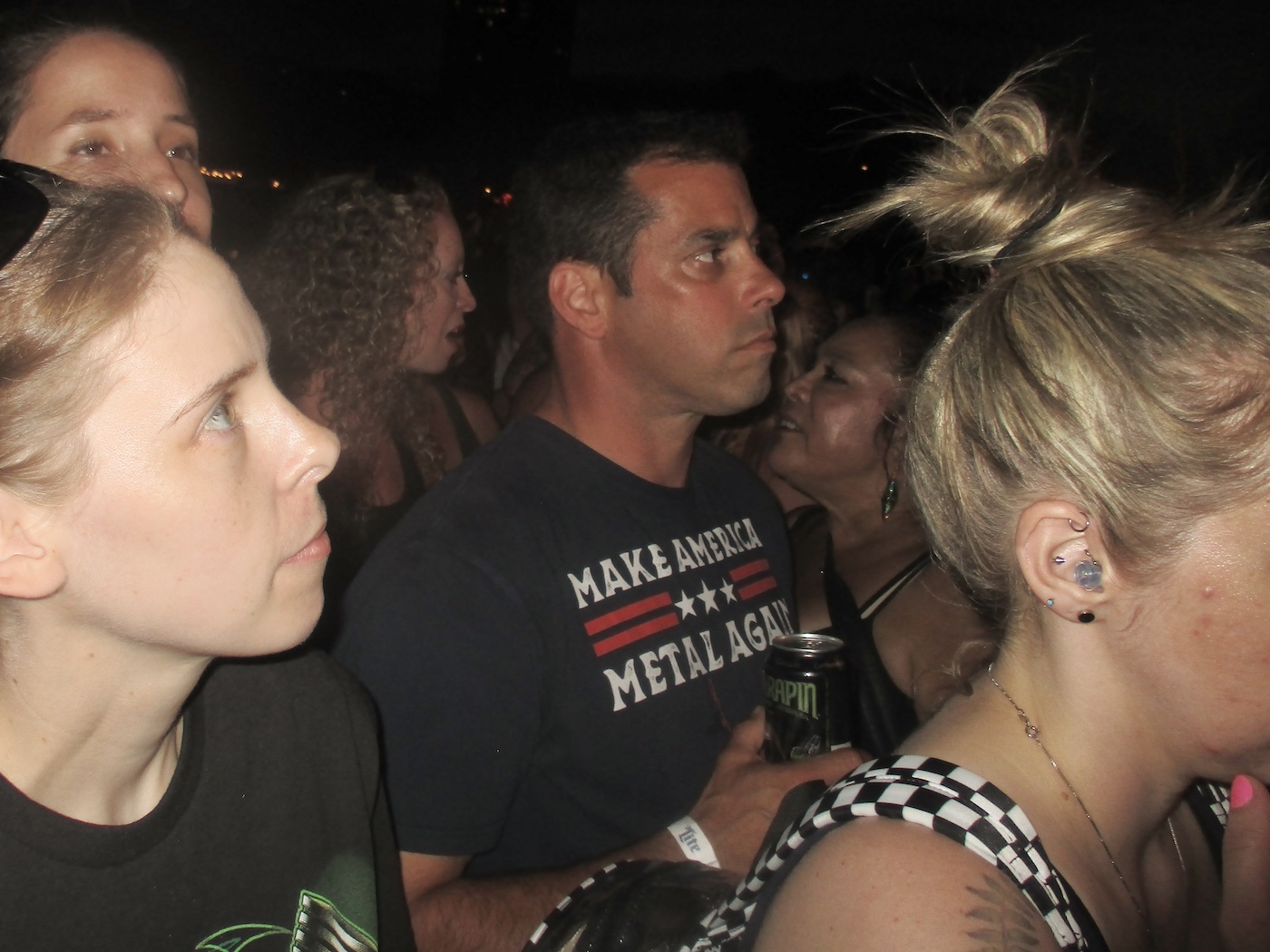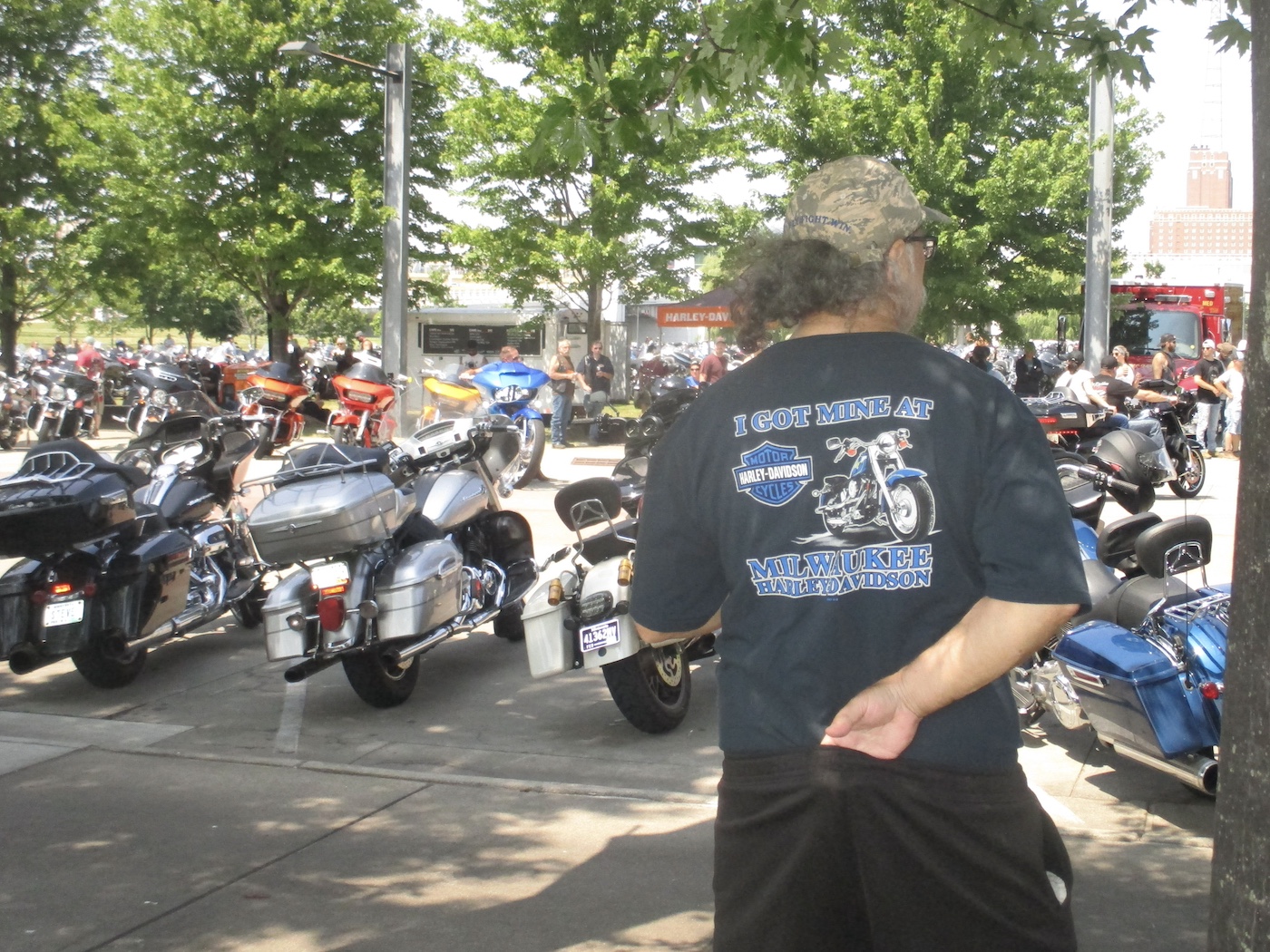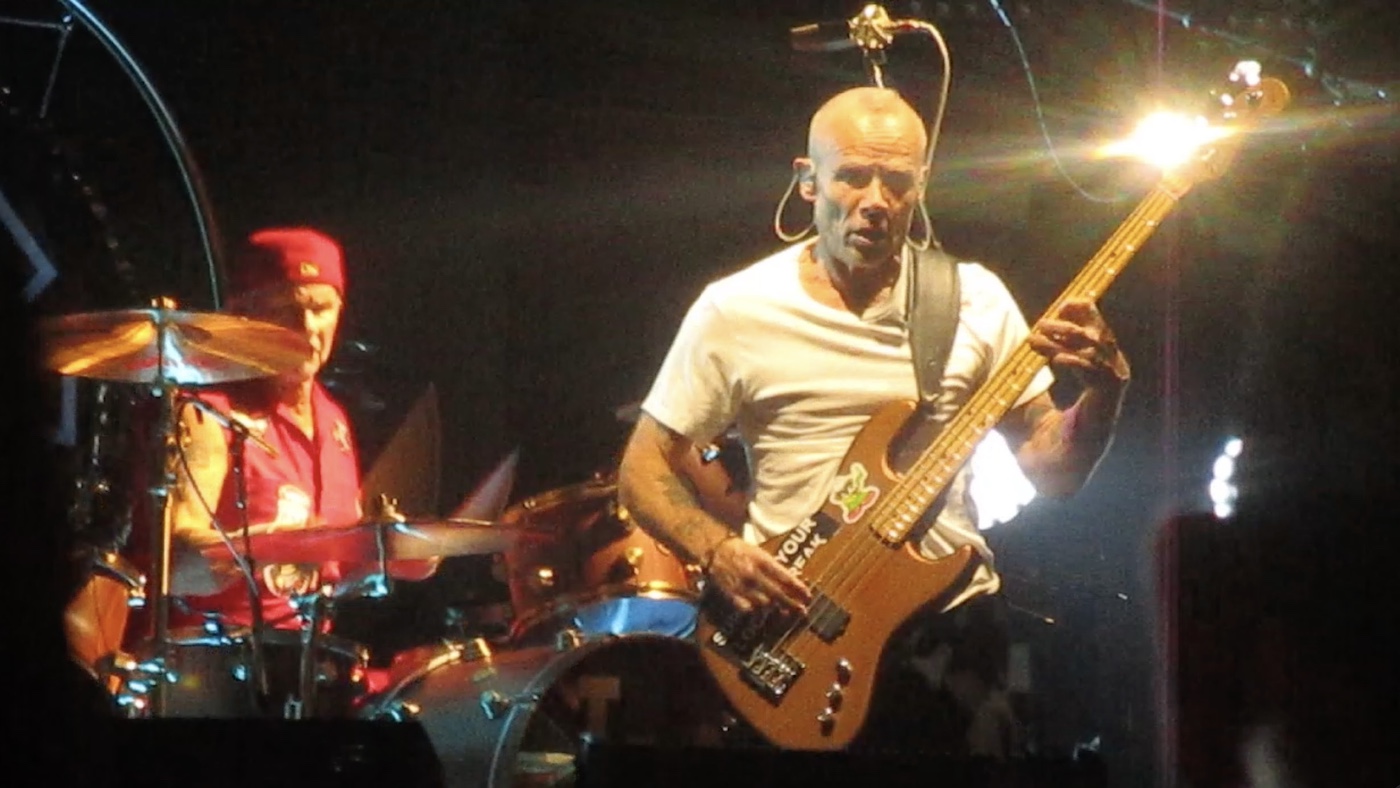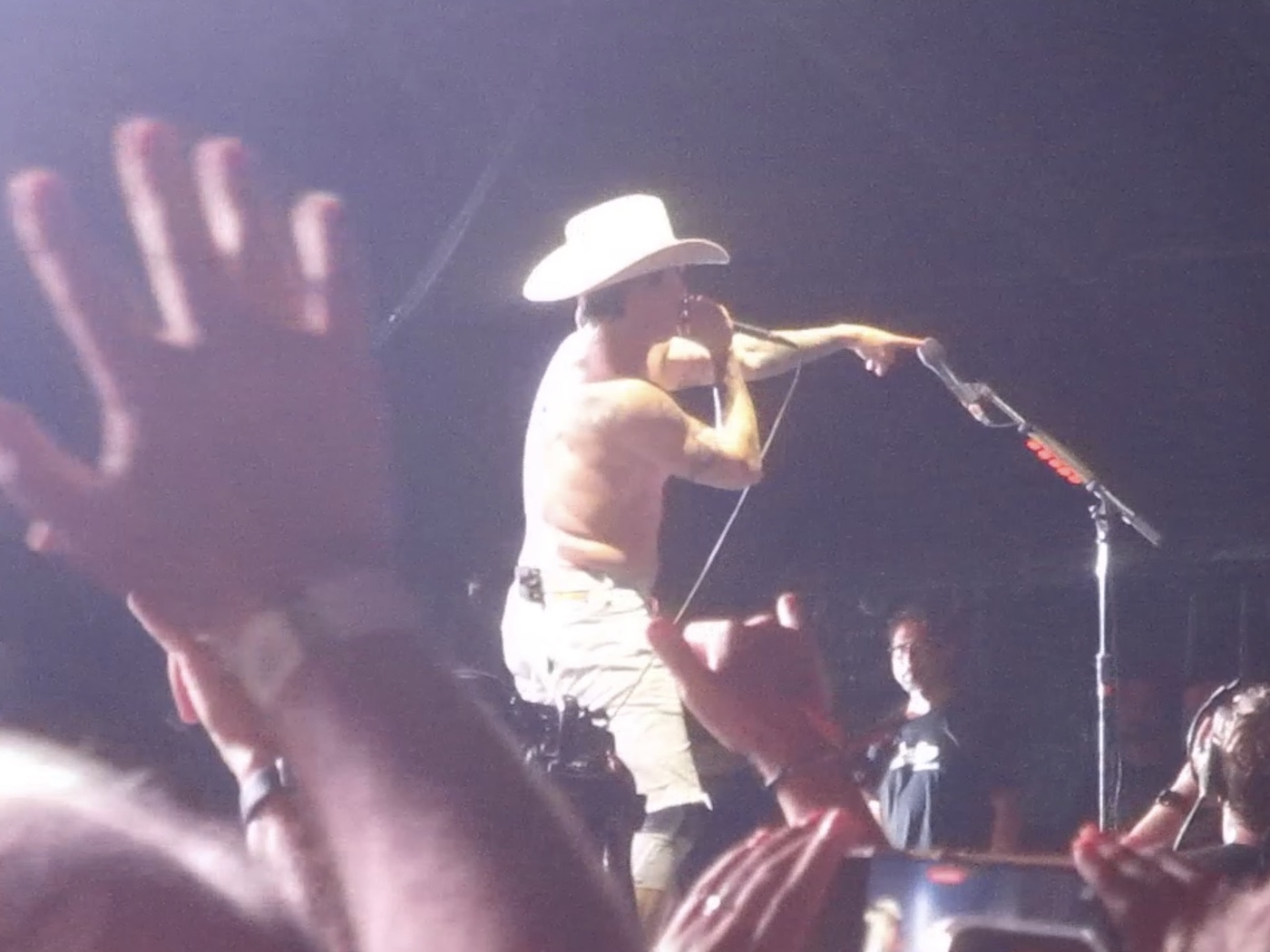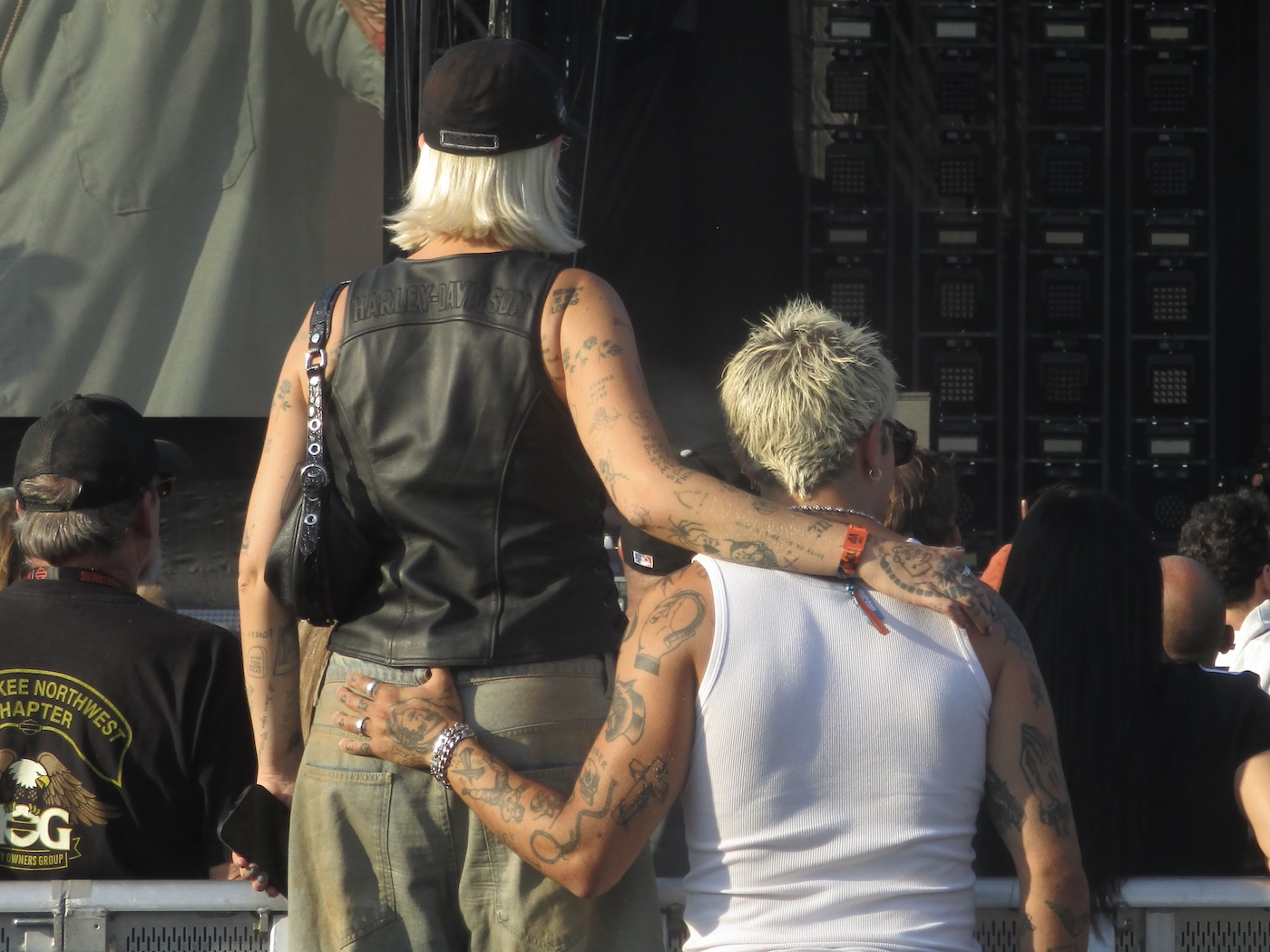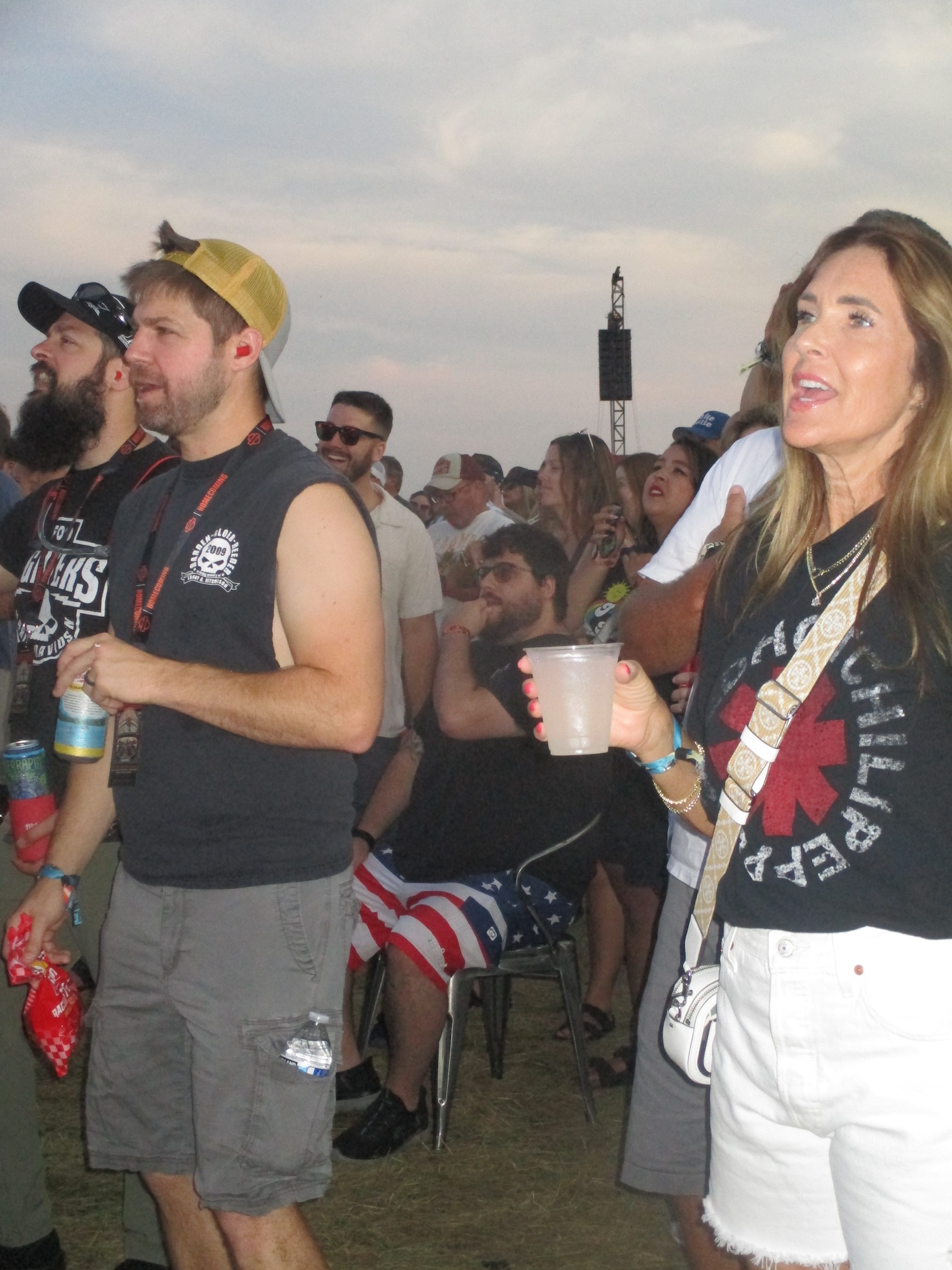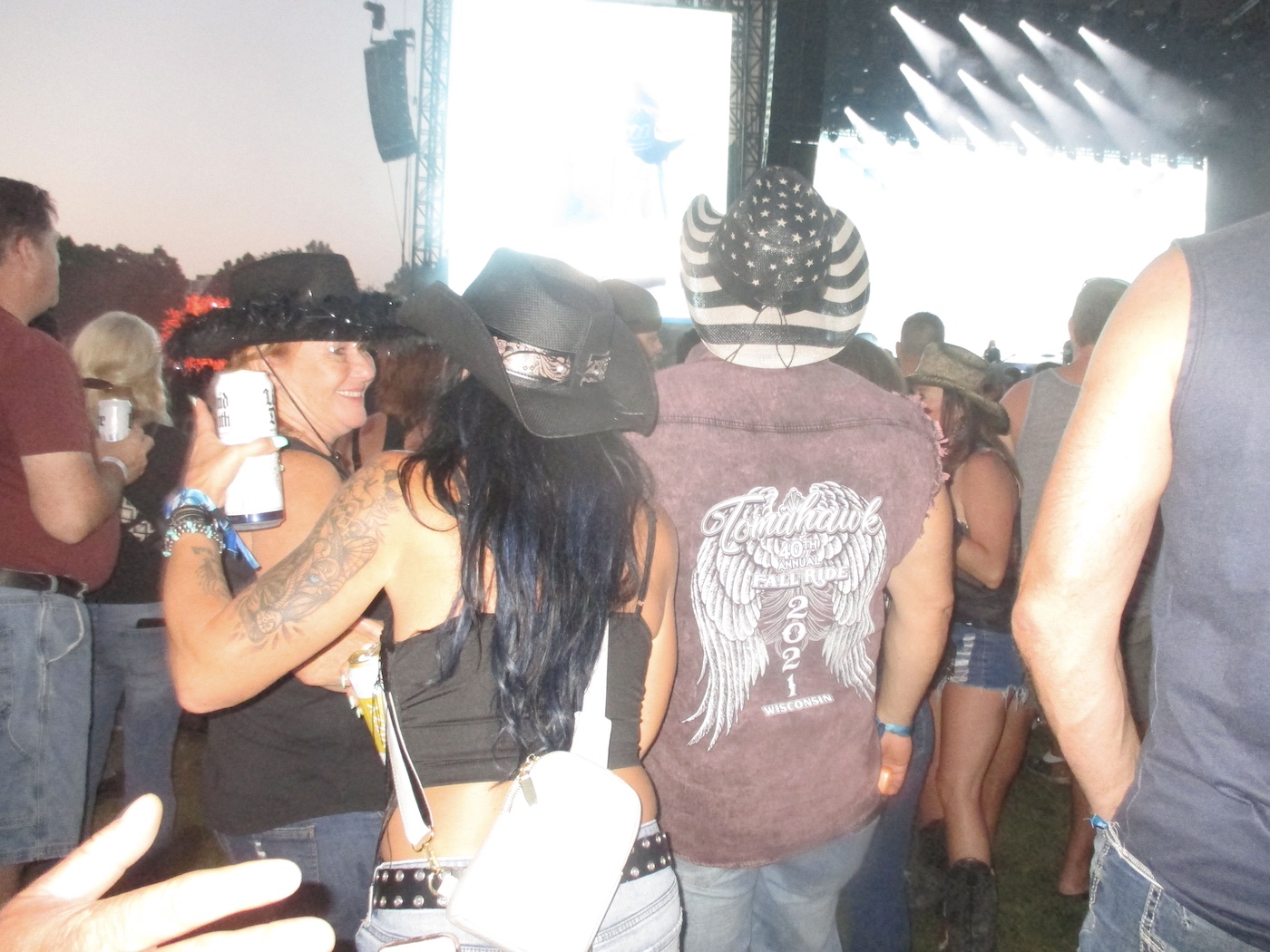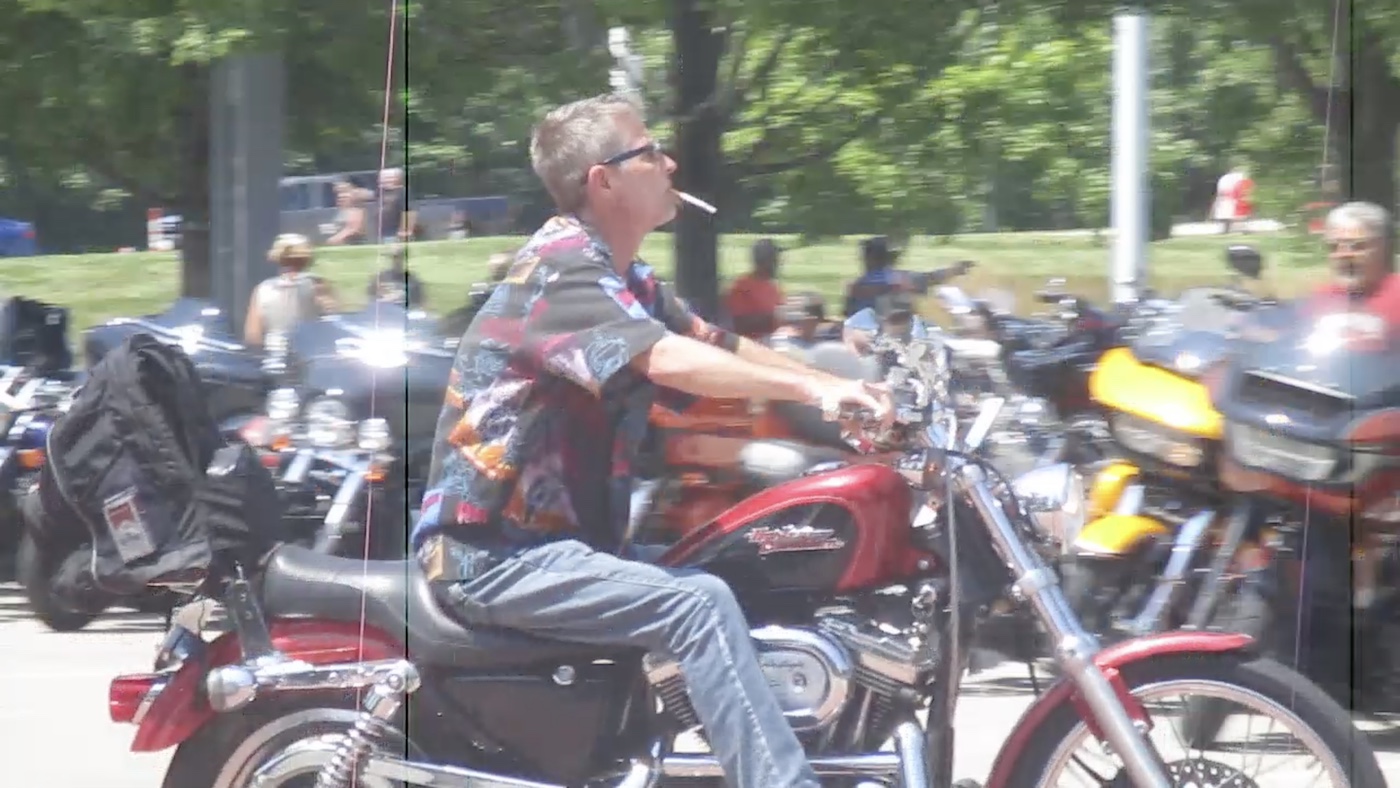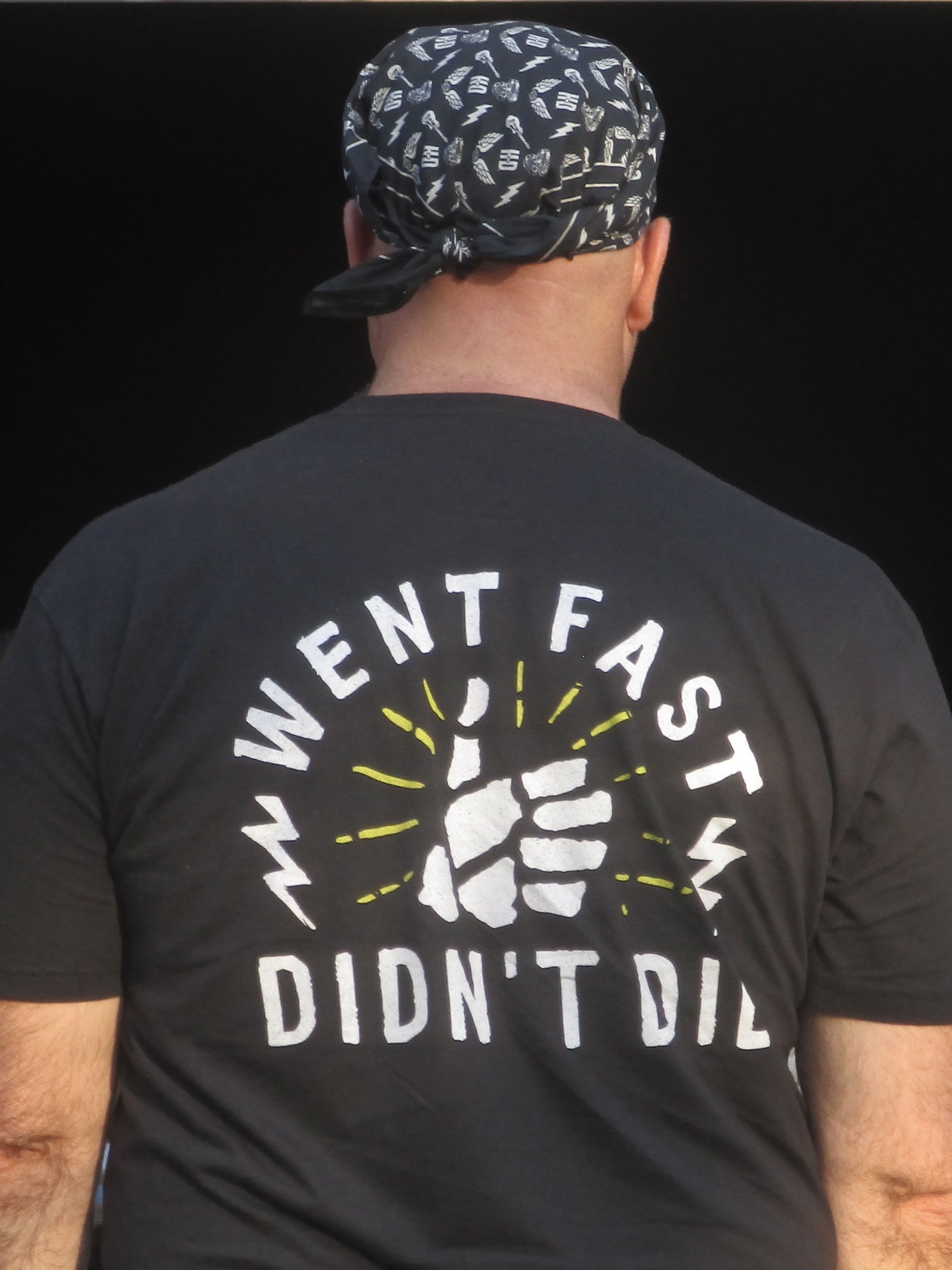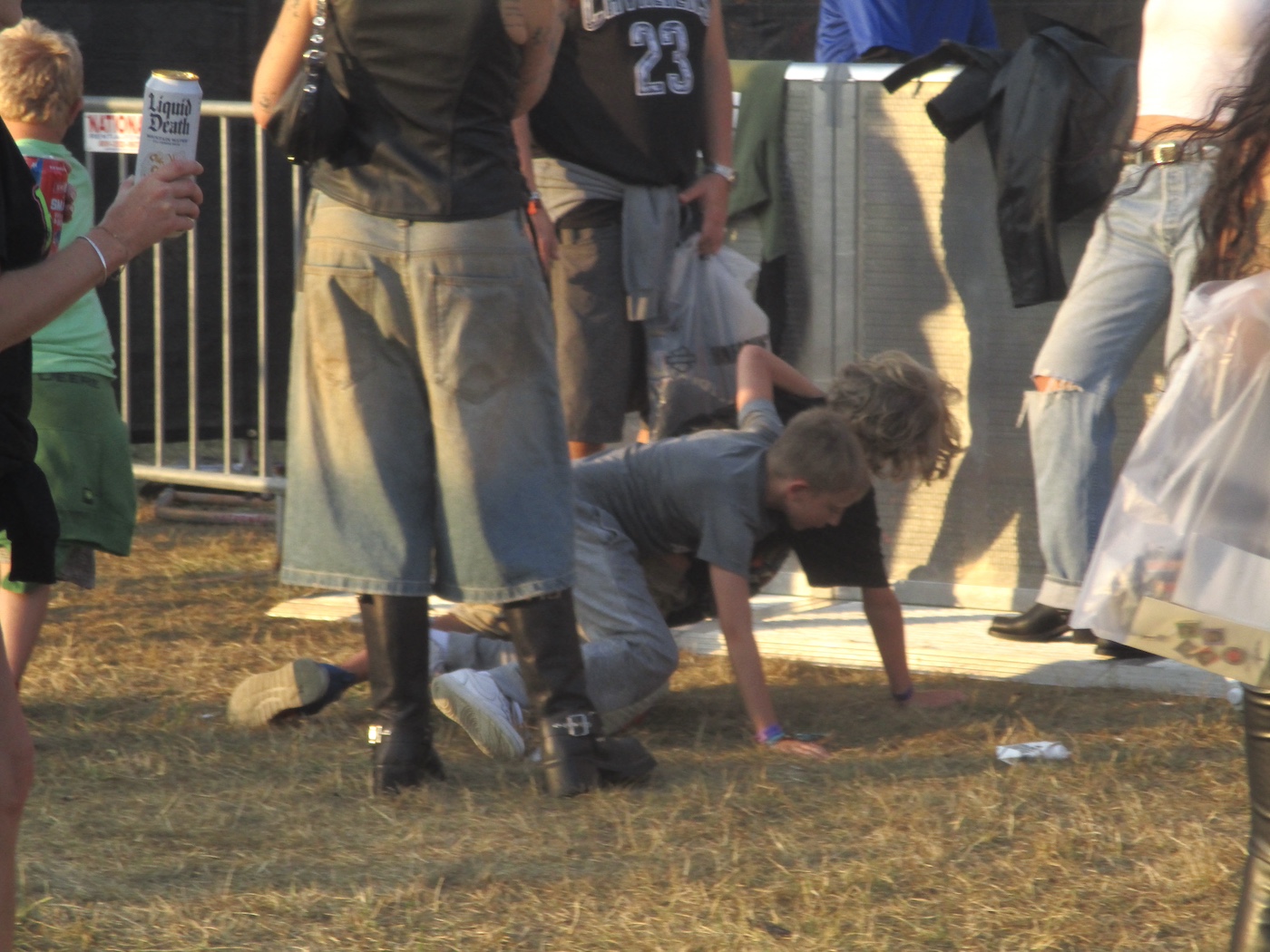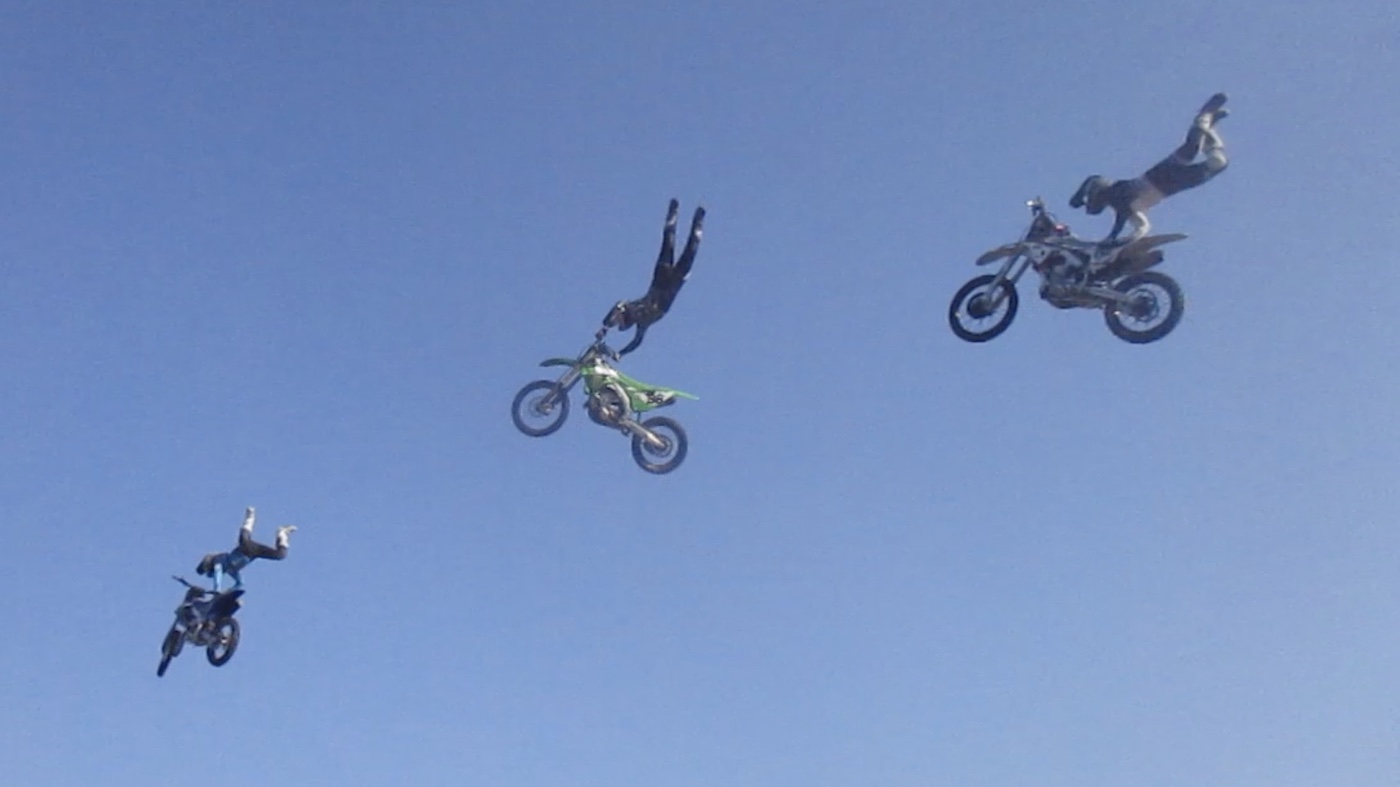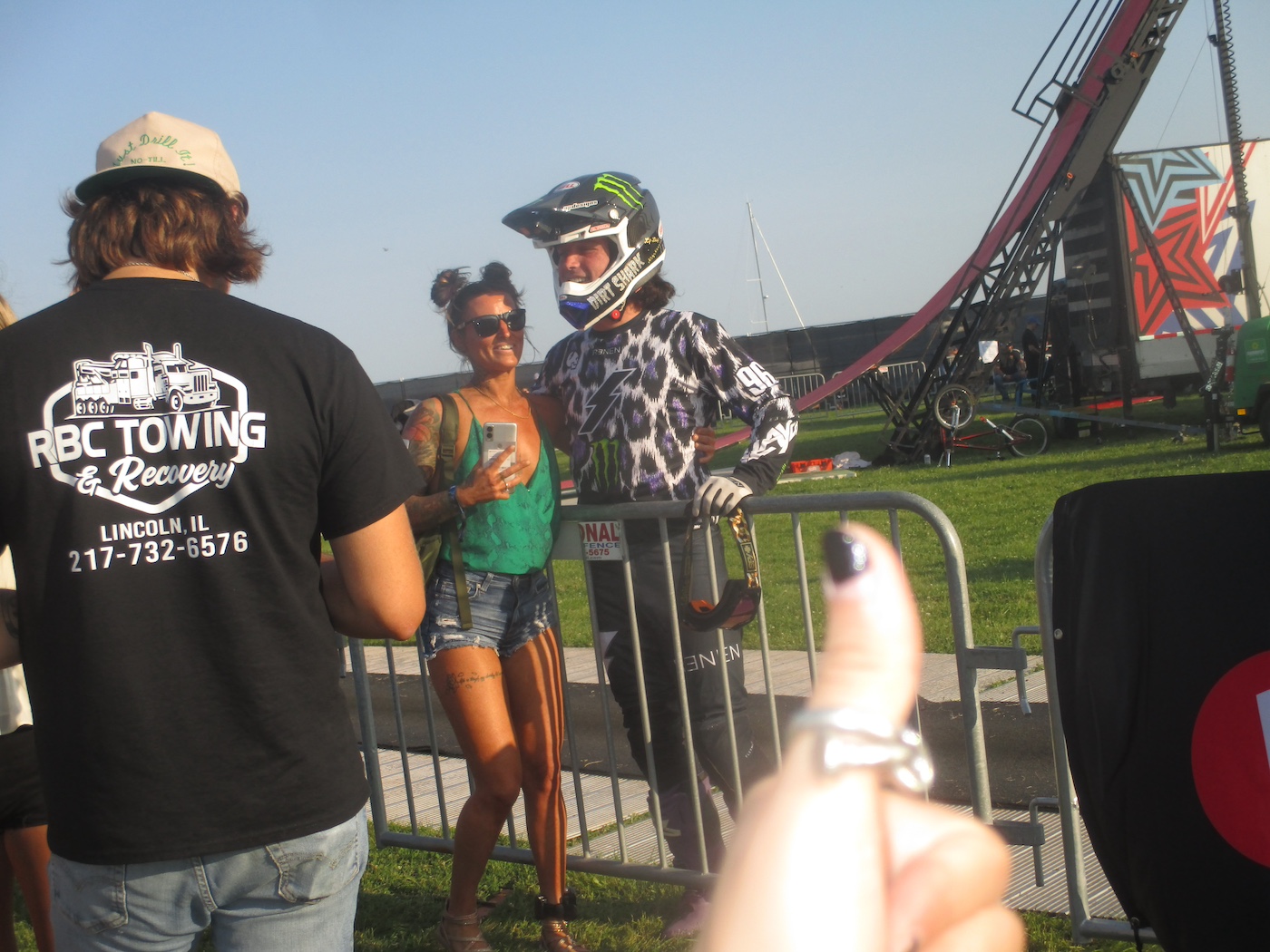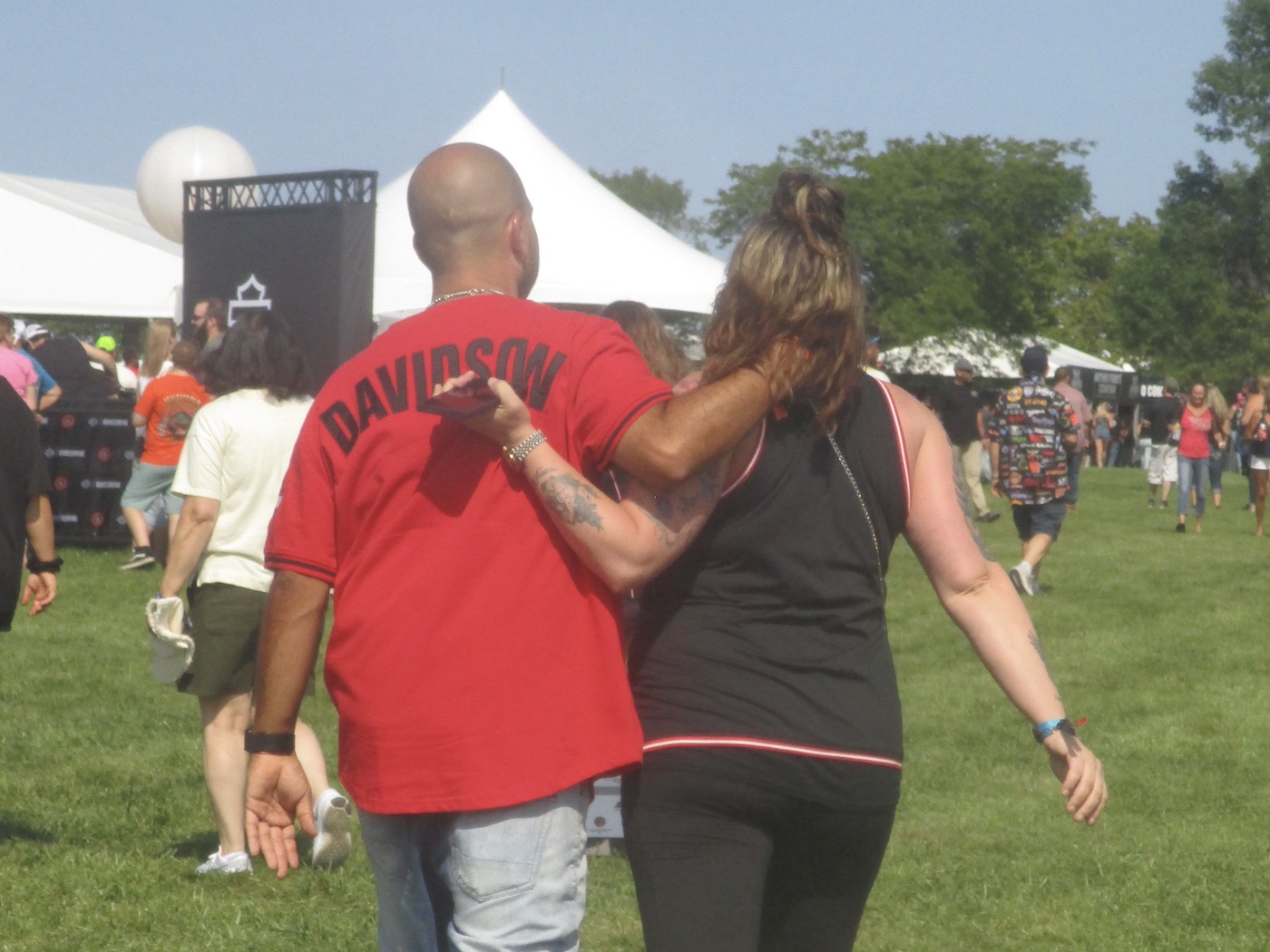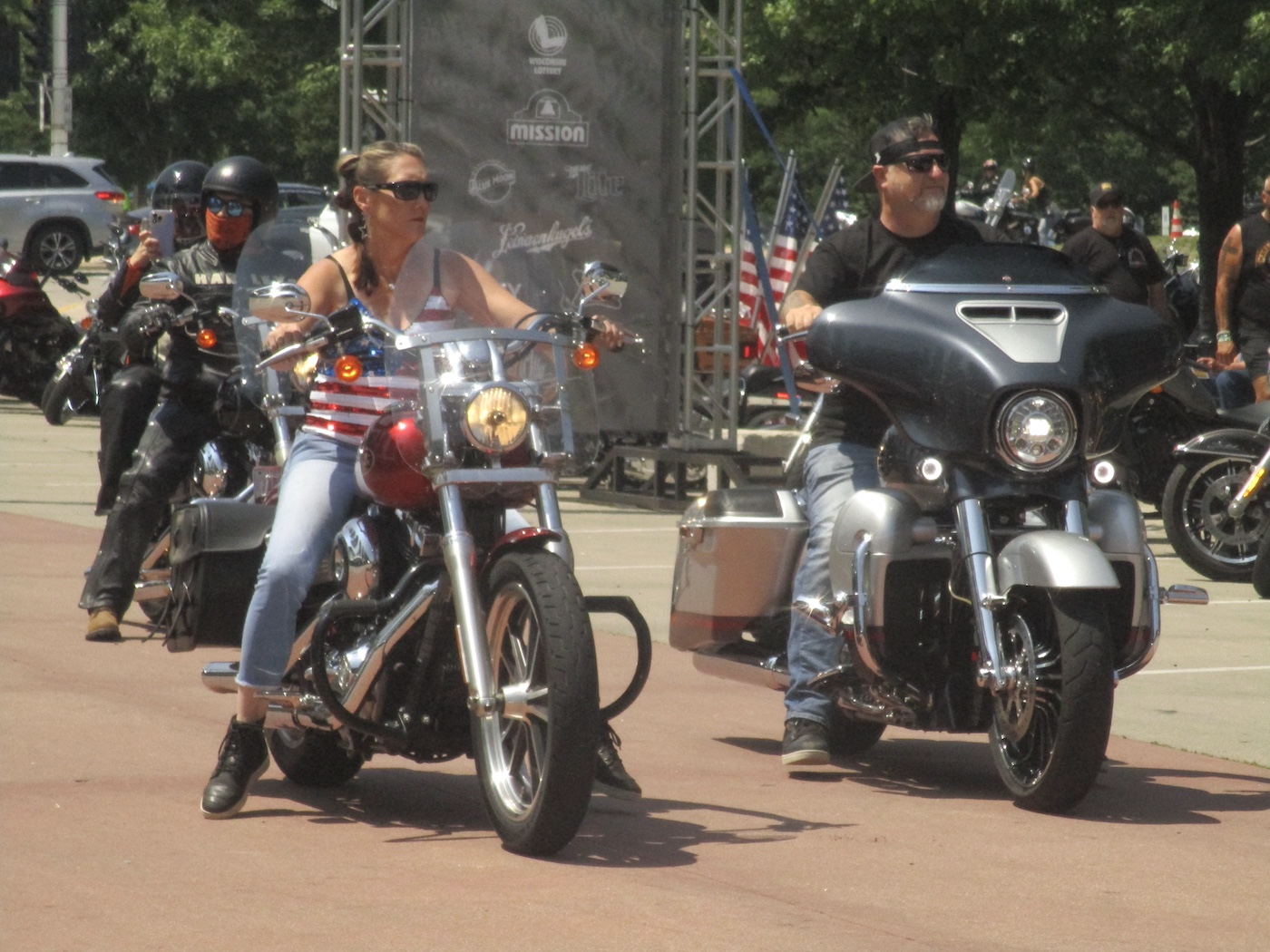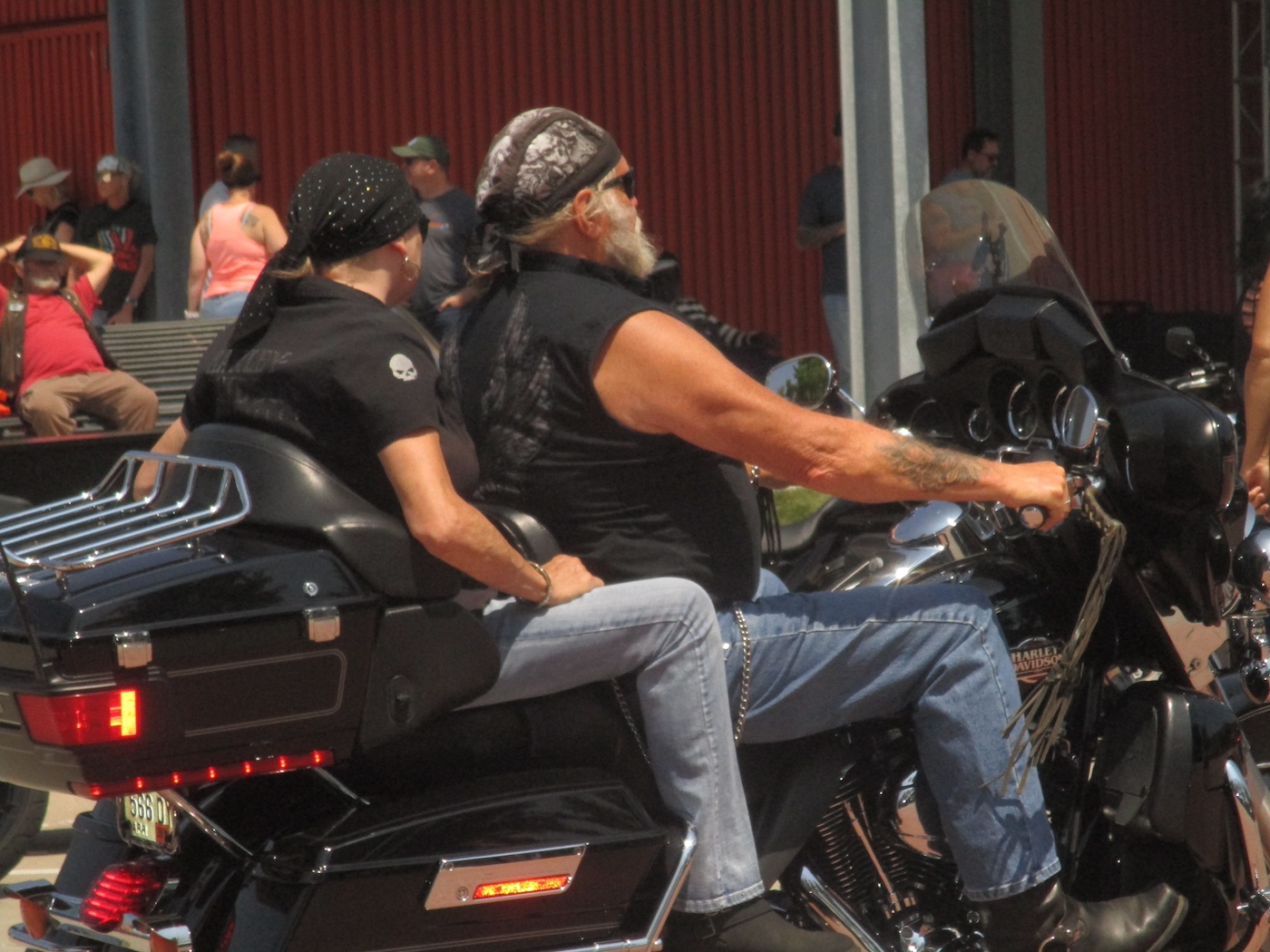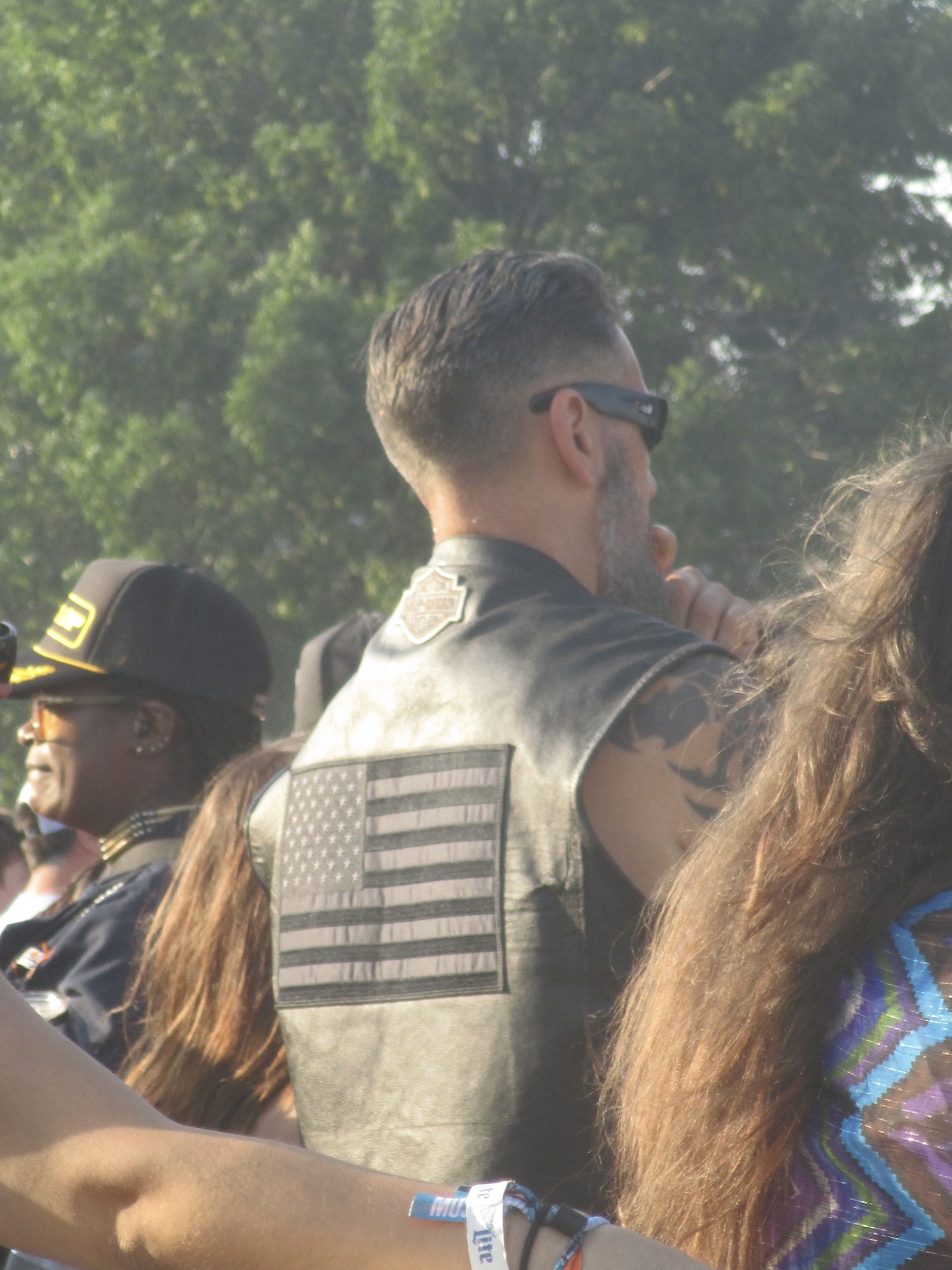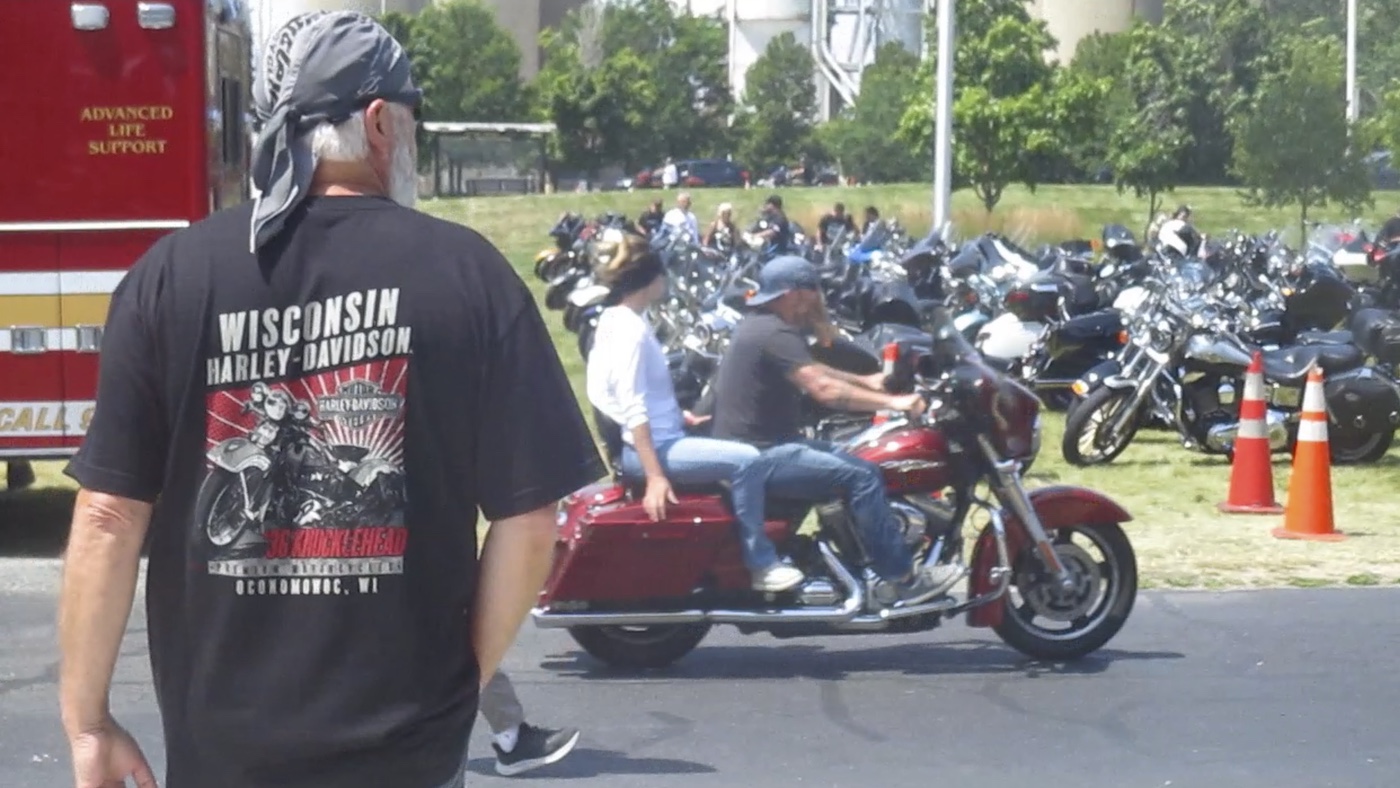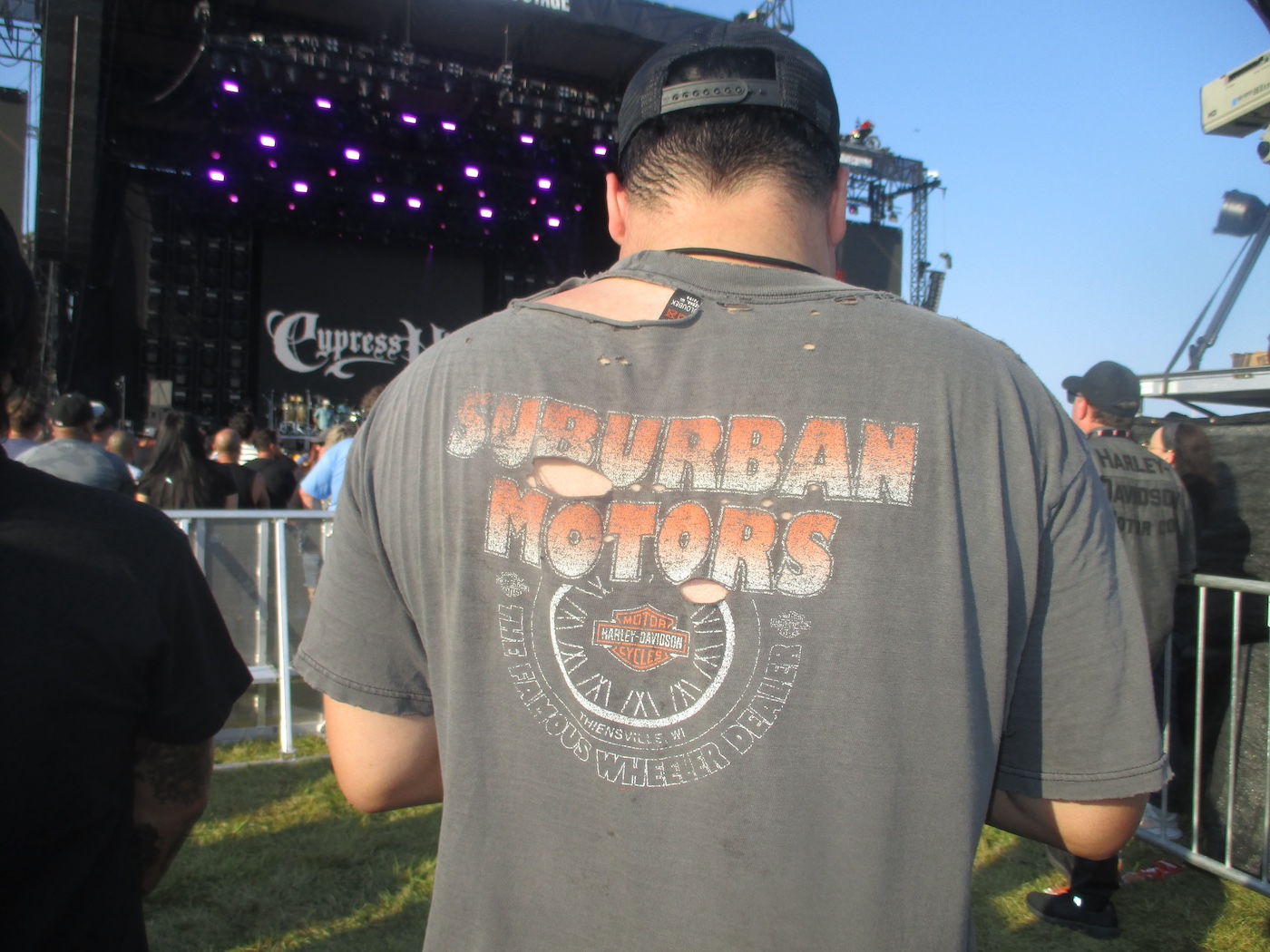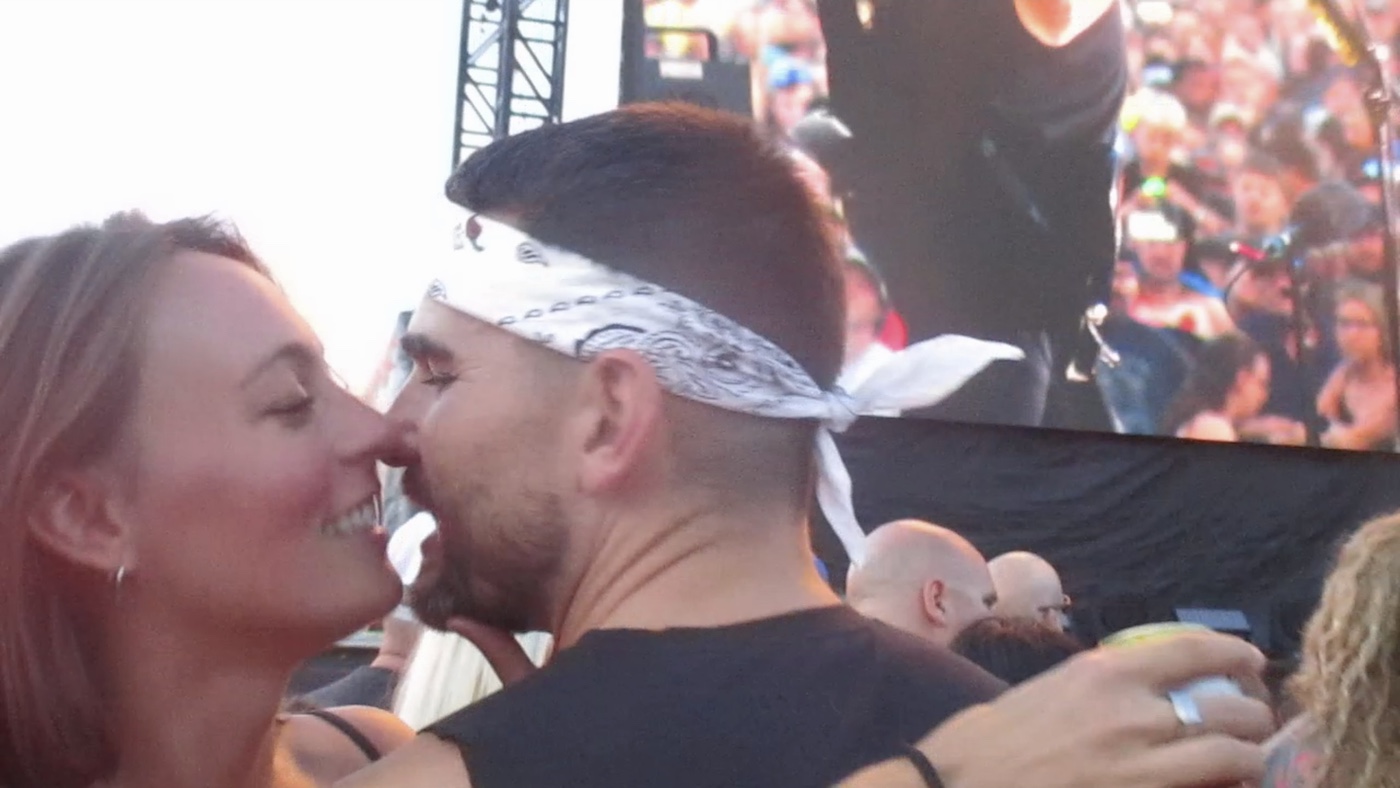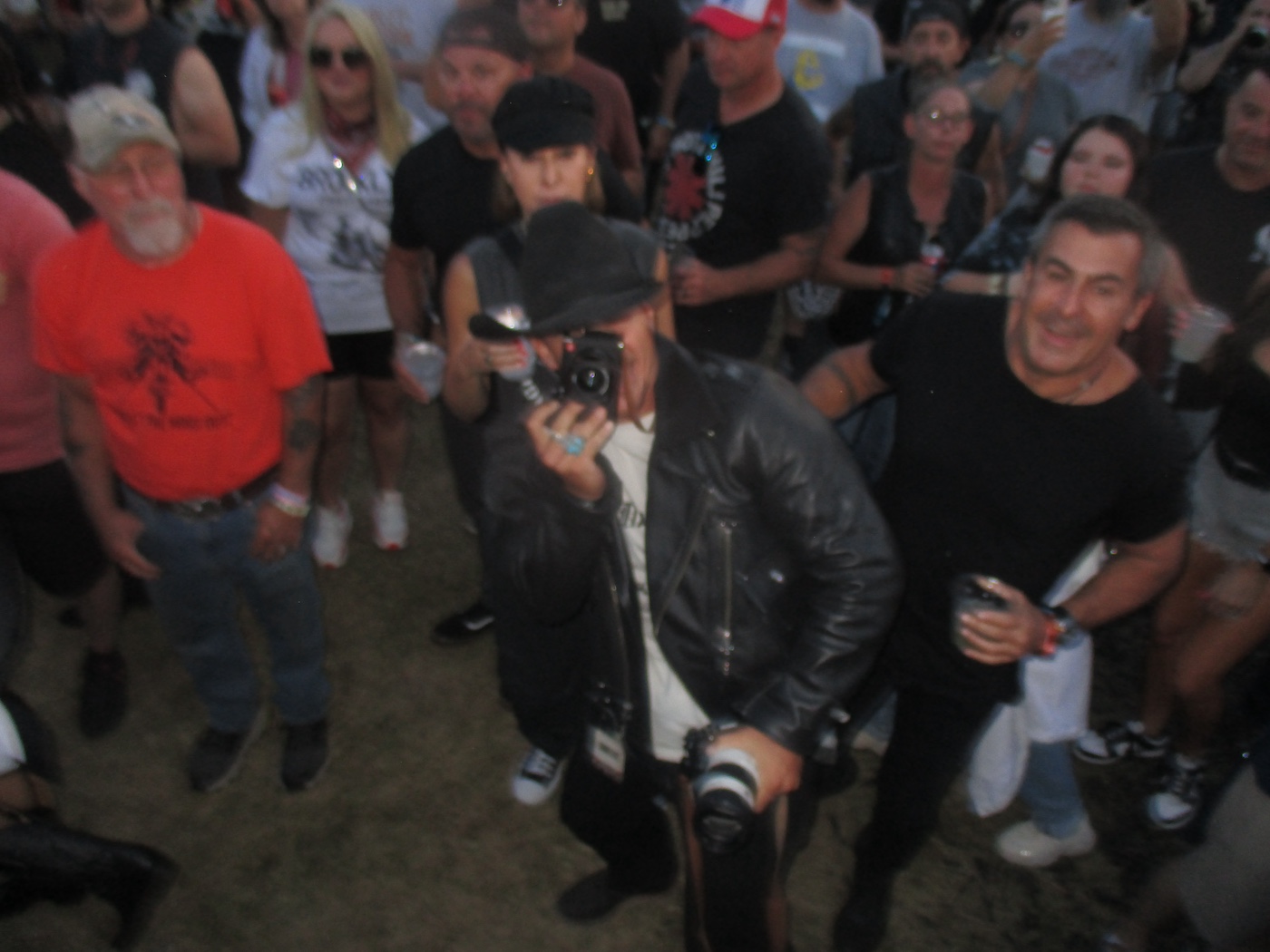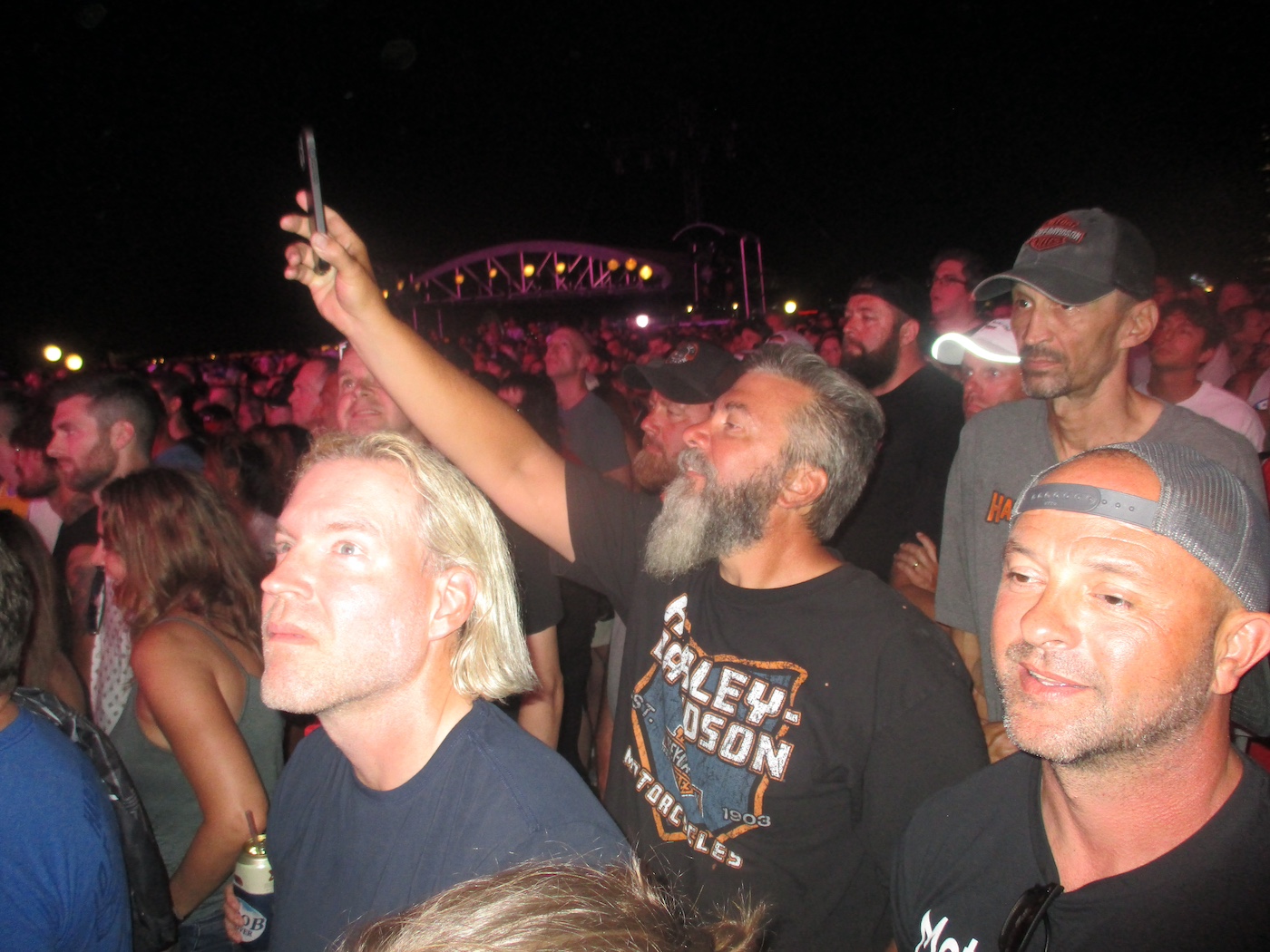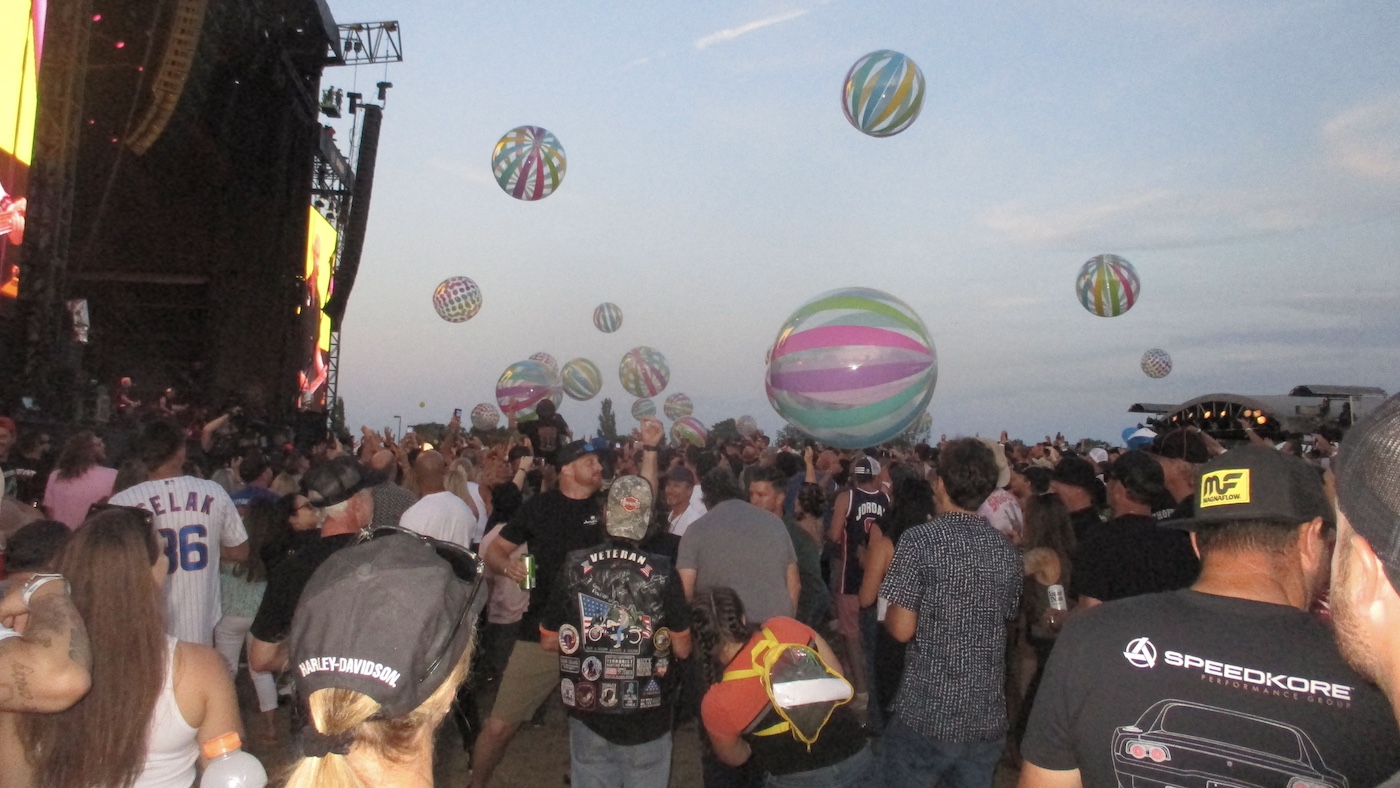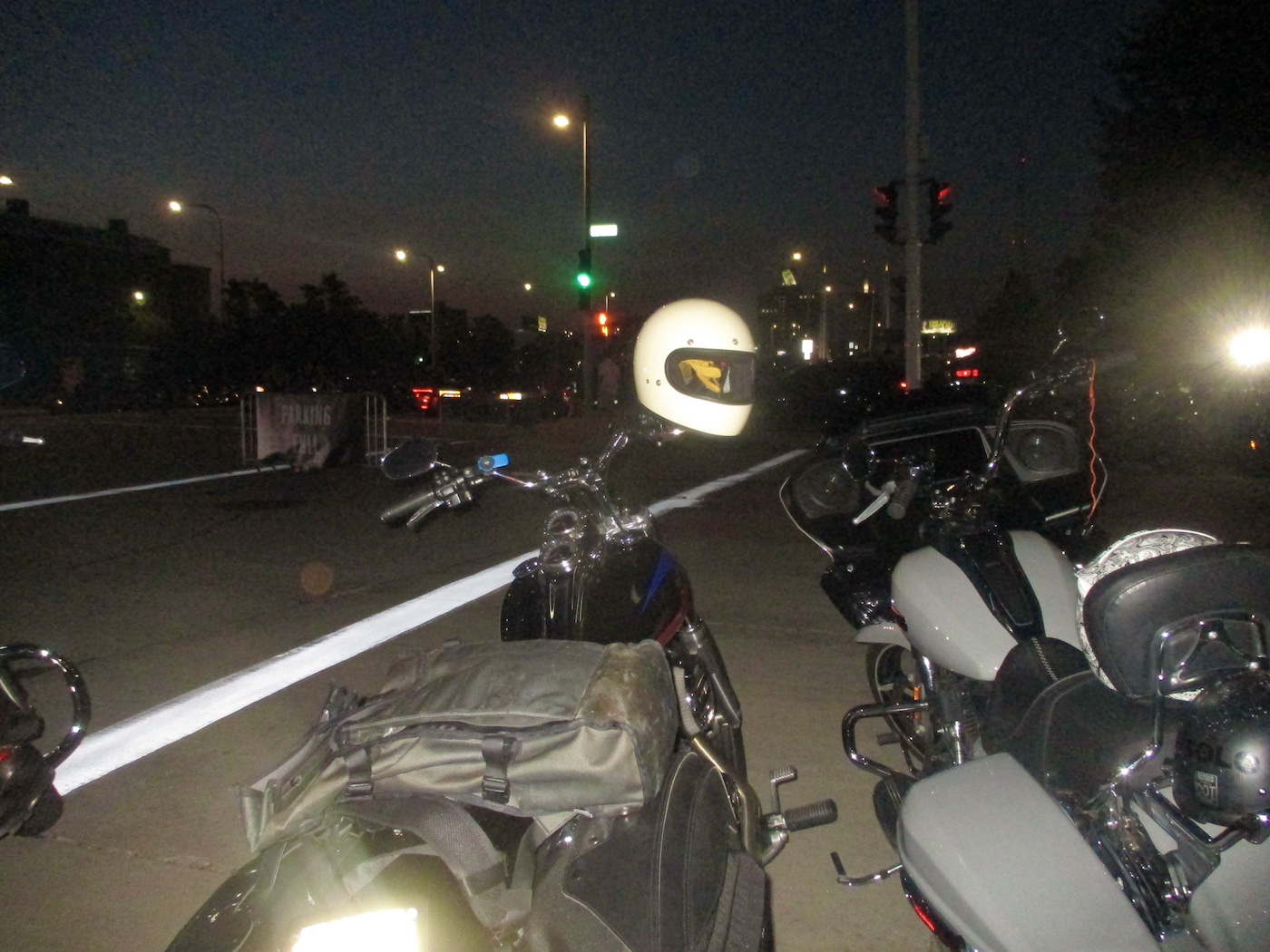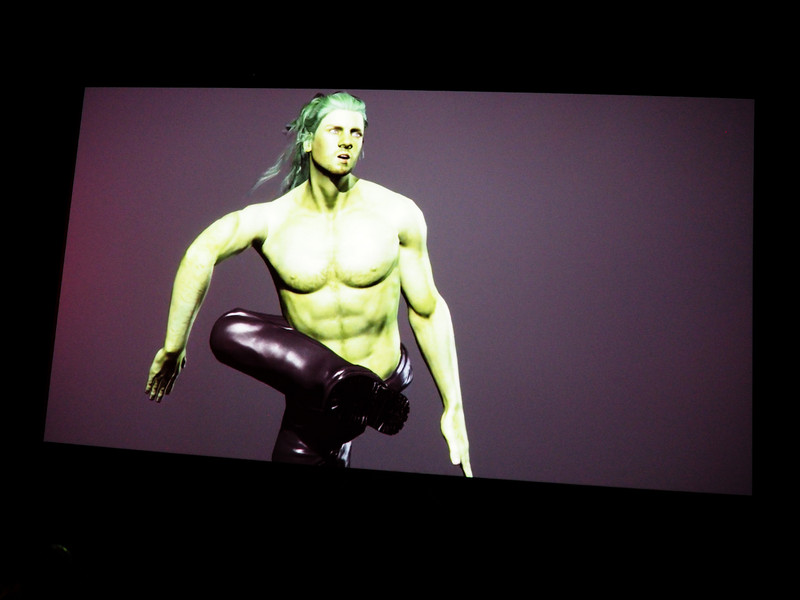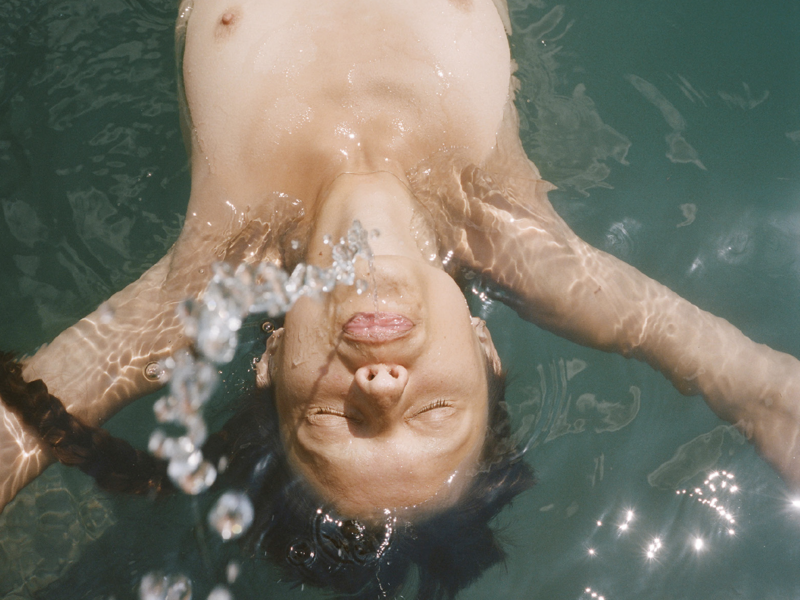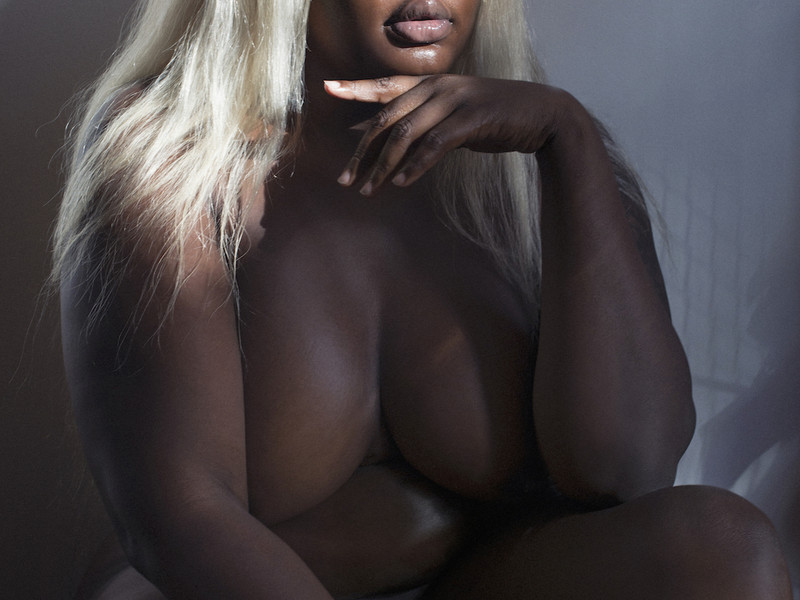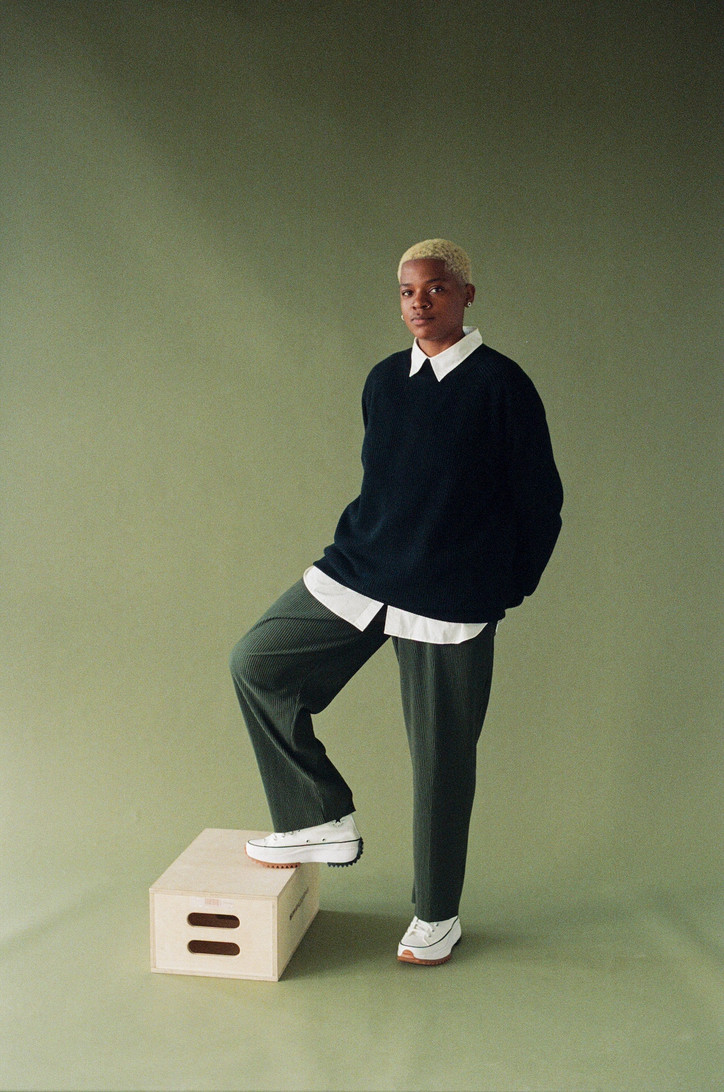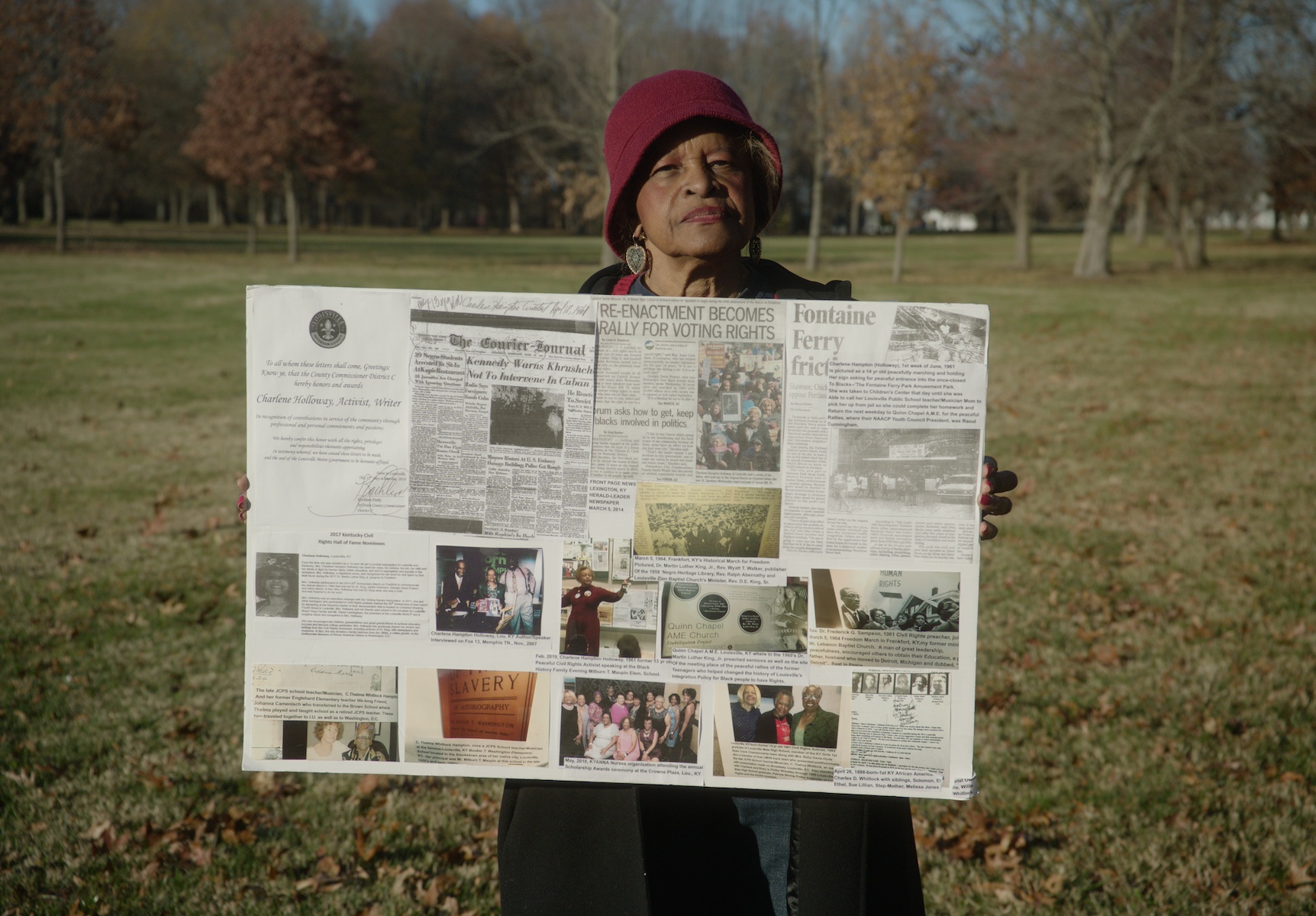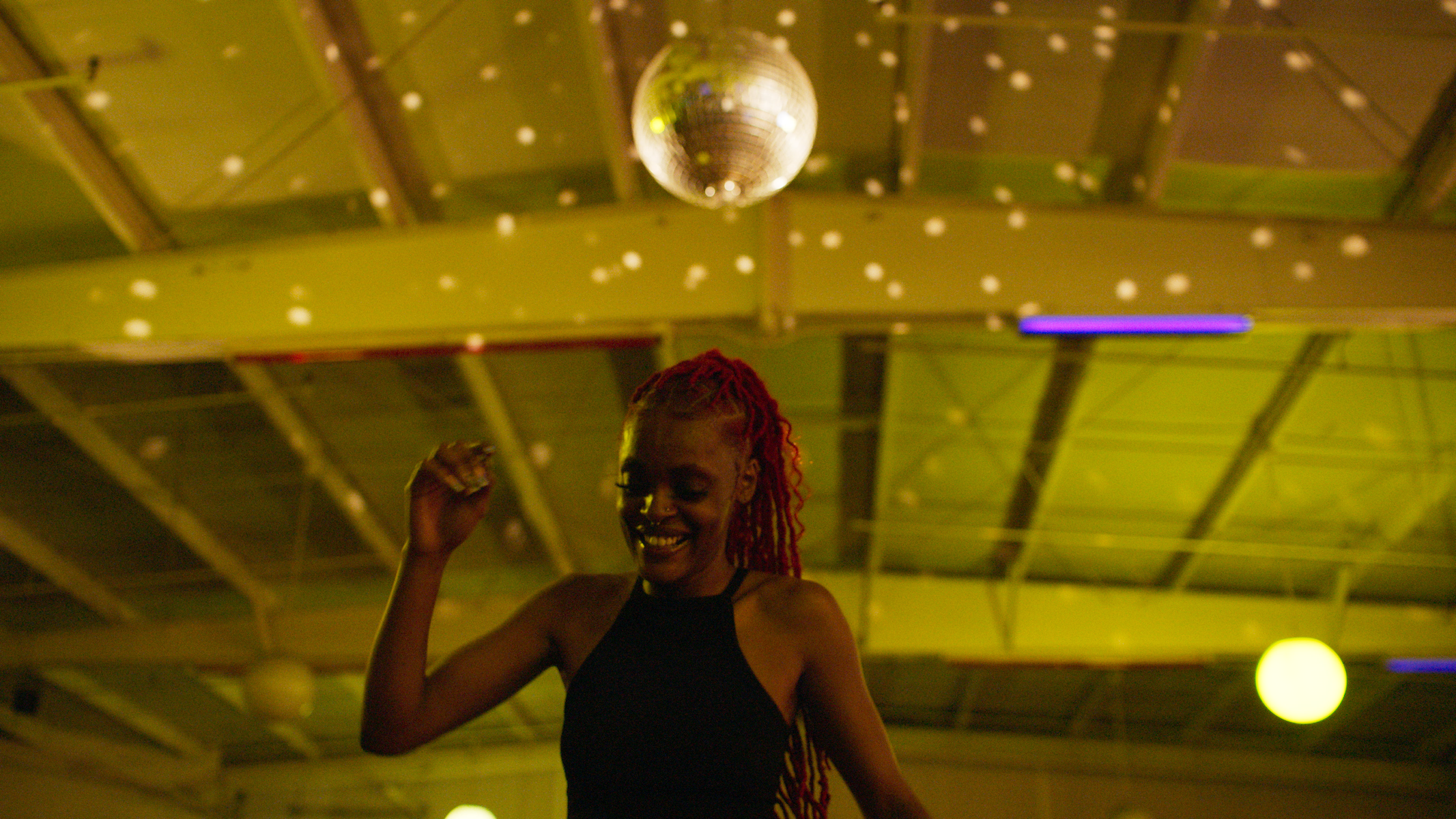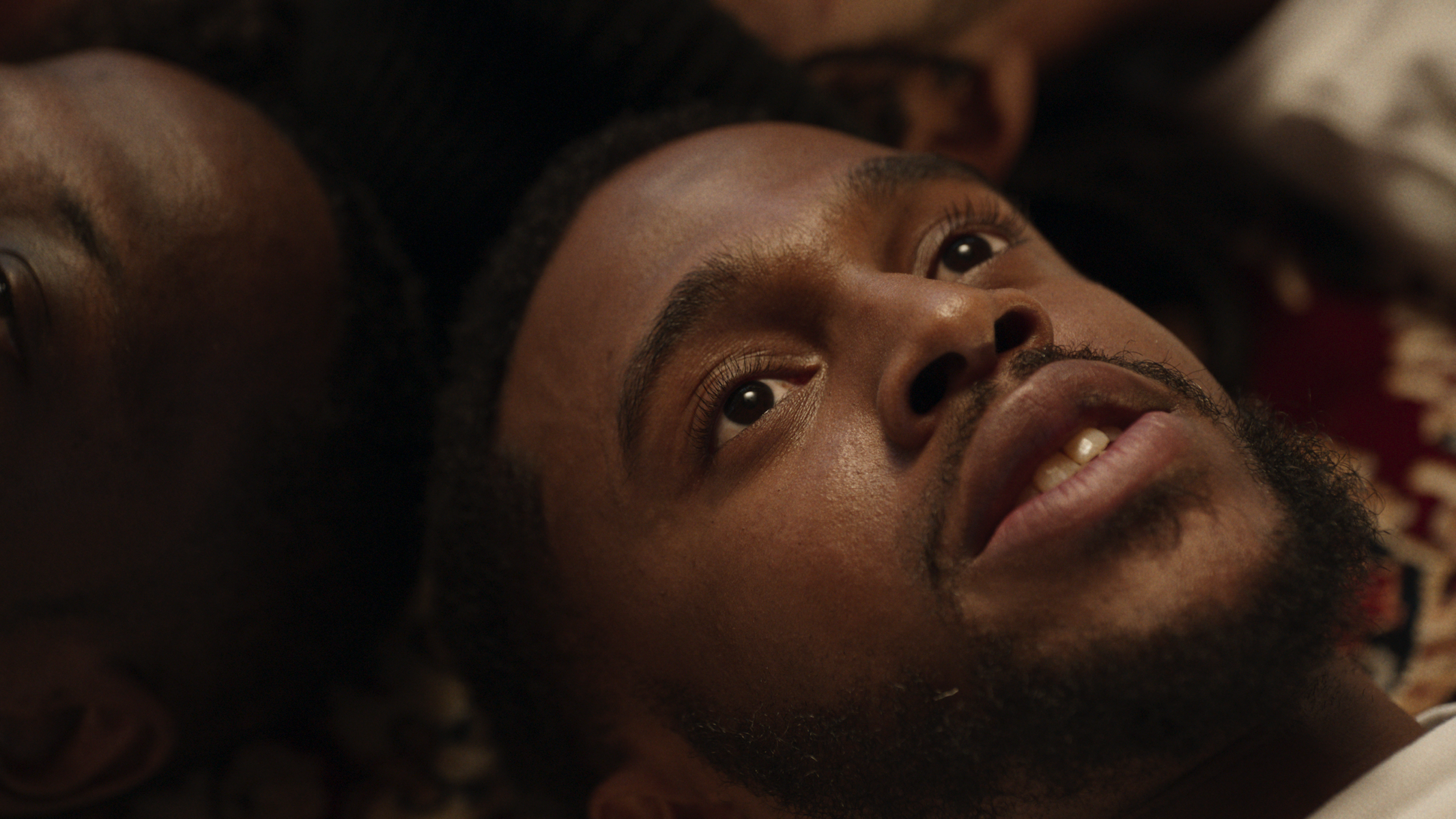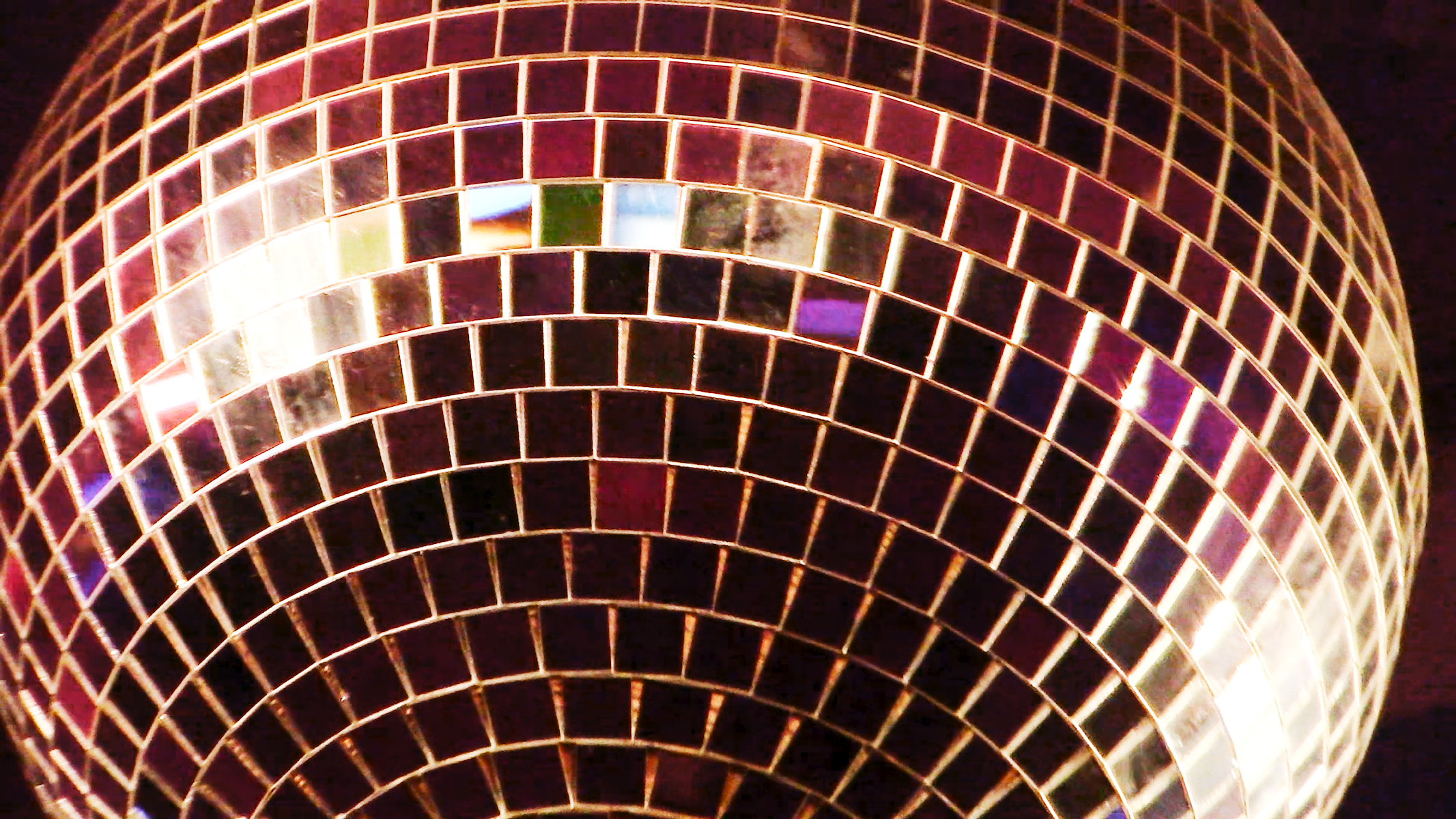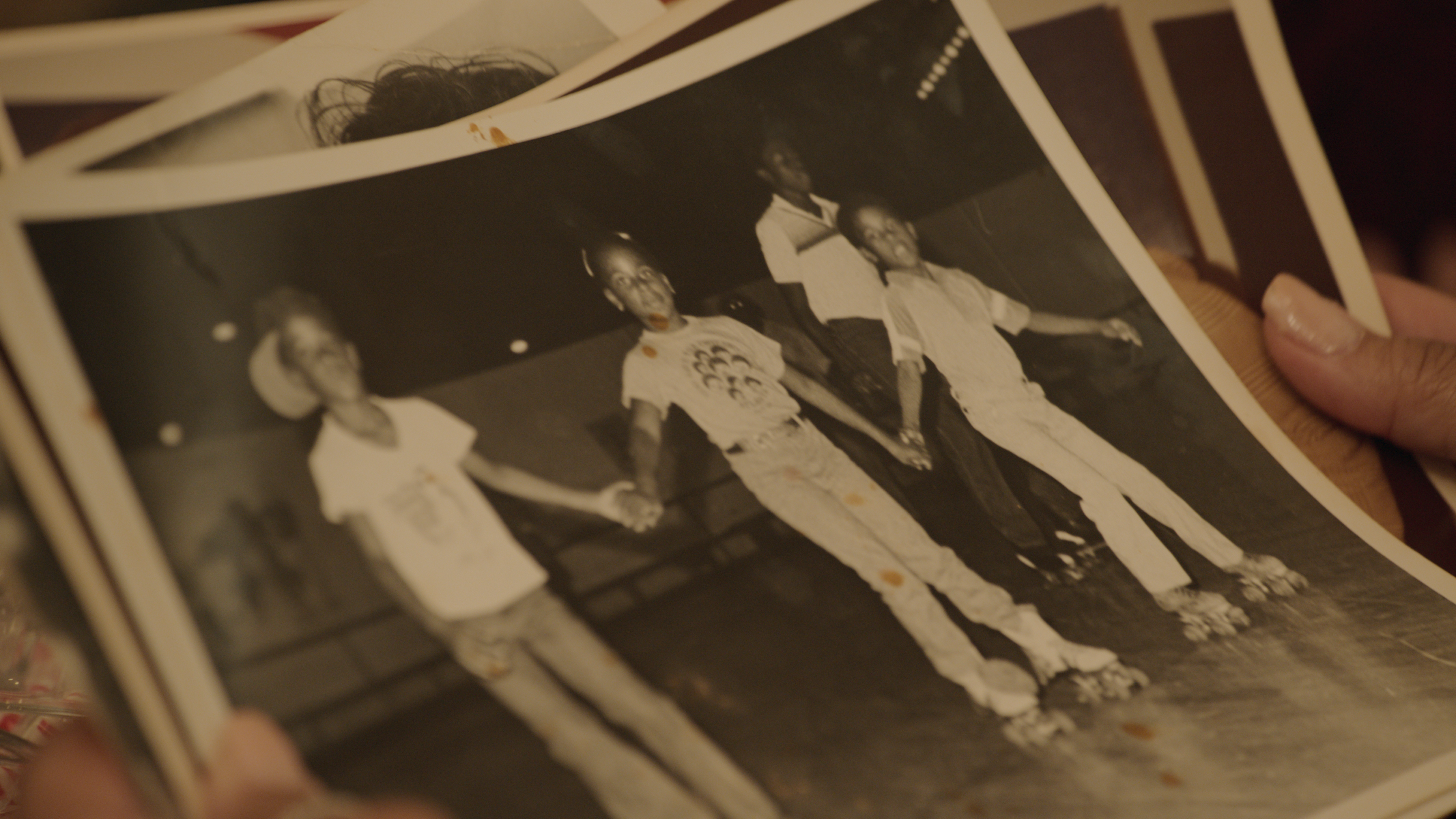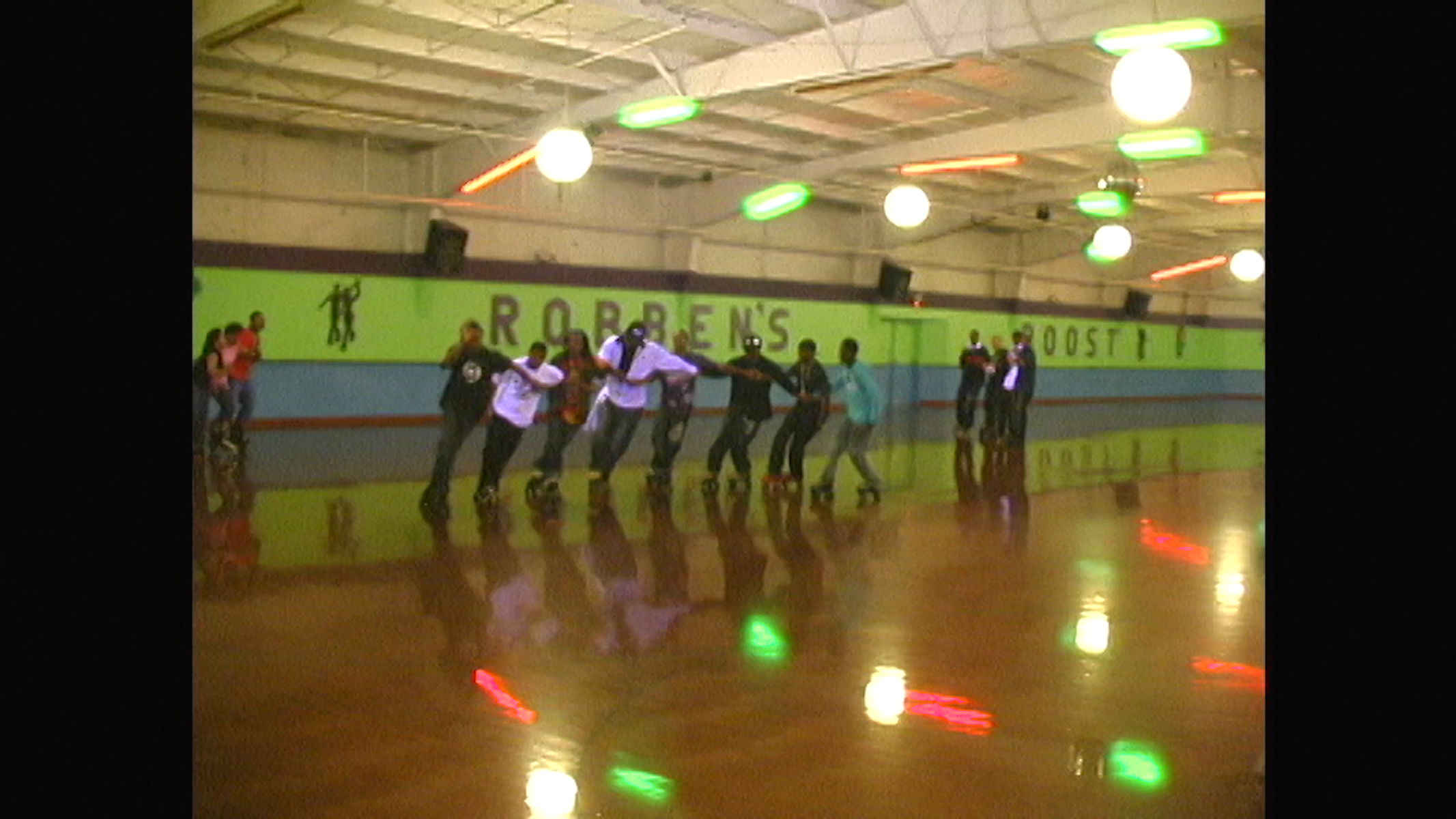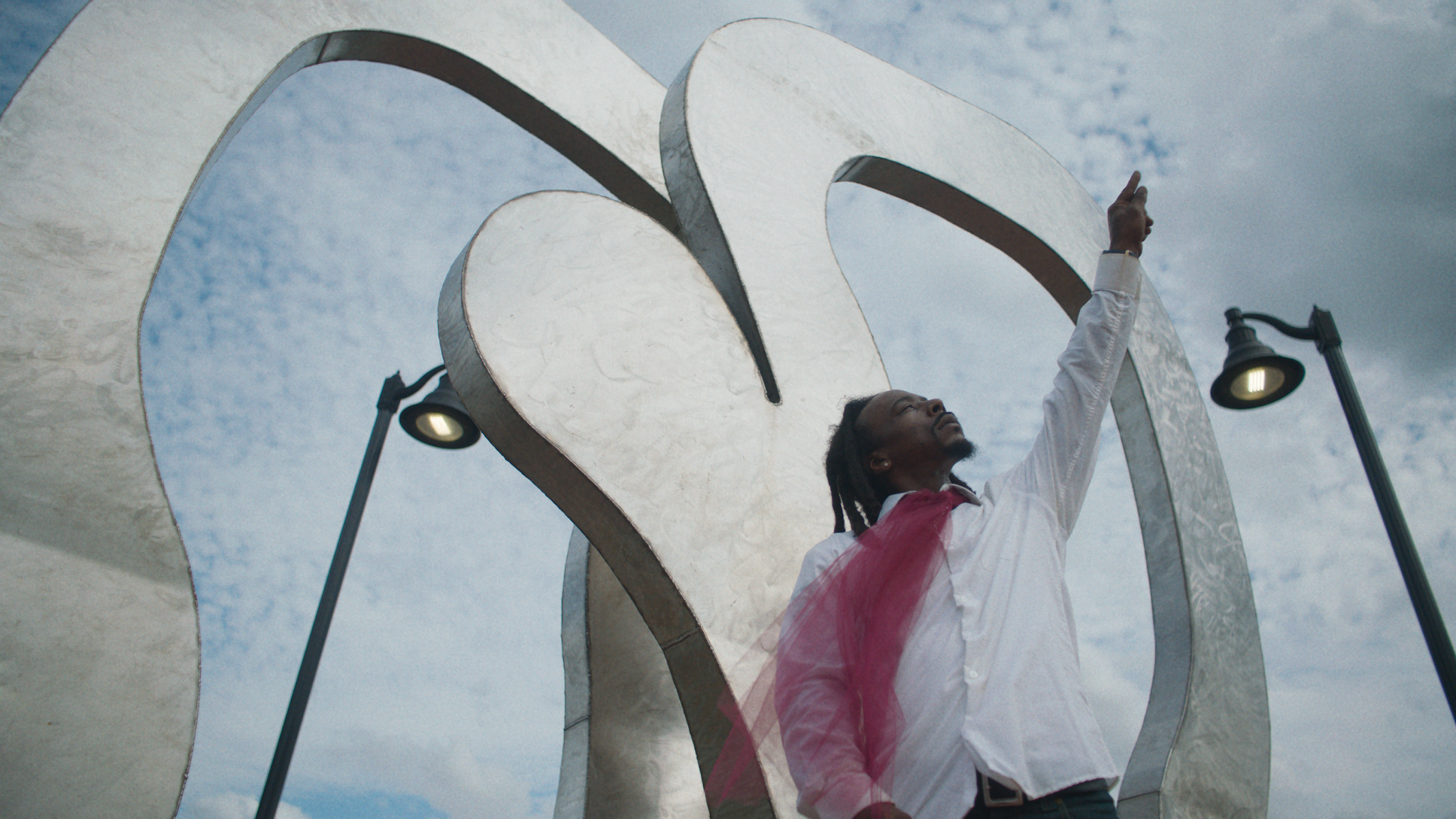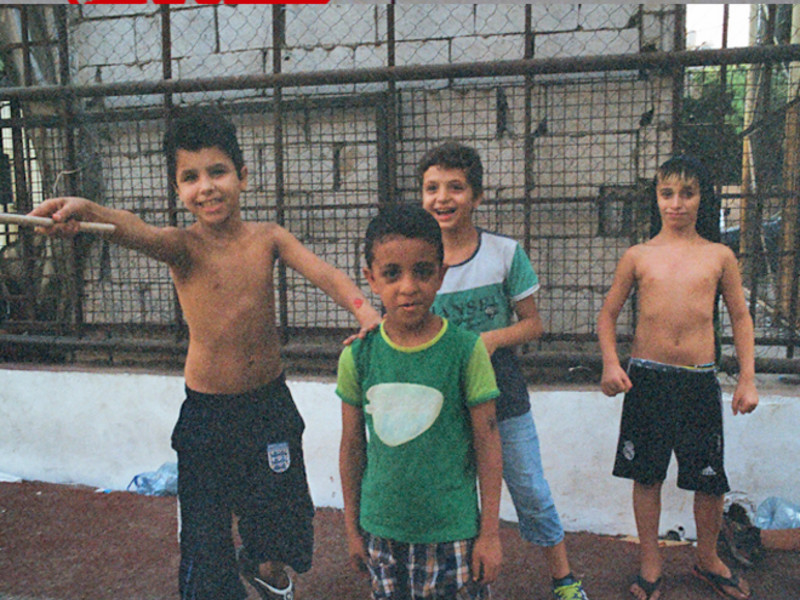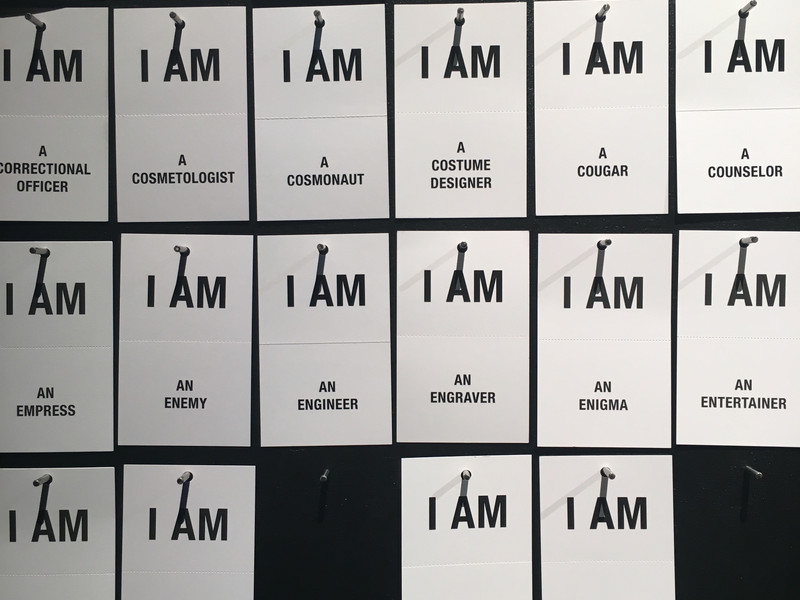I would love to hear more about your rituals when you begin a project. What does it look like in your world?
Conceptually, when I have an idea in my head, in my body, or in my spirit, it usually starts with music. I make a playlist that narrates or guides me into images, so I start going online and sourcing images in my head, and I make a folder of them. Step one is always sound to me. I start thinking about that immediately, and I'm a wormhole type of person, so I'll be up at 4 am just looking up stuff. Sometimes, that process is lengthy, especially with documentaries. I usually follow more than leading, relinquishing control, and following wherever it takes me. I ask myself what I am trying to say and research those words and phrases as I go along. Research is a massive part of my practice, and with this work, I knew I had to focus on my hometown story, and I started asking myself, well, who am I? What were my rituals as a teenager? What do I want people to know about Kentucky and Louisville? A ritual for me as a teenager was roller skating every Friday. I wanted people to know about this community and how it makes people feel, and I tied it to folklore, in this case, The Flying Africans, because it has so many roots in how Black folks have survived through storytelling.
What role does your work at Black Science Fiction play in the sound production of this film?
BSF and just the ethos of Black experimentation significantly impacted the project, as they always do for me as a maker and storyteller in this process. Aquiles Navarro did the sound score for TPCF, and he's a band member of Irreversible Entanglements. I knew I wanted him to be a part of this project early on. He gets it. He's played a show for Black science fiction before, but I think the work of BSF pours into this project by playing with free jazz, improv, and just experimenting with sound. Sun Ra plays a big part in this; he's the Afrofuturist. He's definitely an inspiration, and even though the film is named after the story The People Could Fly, it's also a myth, and similarly, BSF is playing with mythology. It all exists in the same universe.
Keiyaa's song [I Want My Things] , someone who has also played at BSF a few times, and she is also just a musician that I admire. That song, in particular, is so much about the reclaiming of things, which was necessary at the end of this film; I honestly didn't want the movie to end with any other song but that one. It was so perfect and tied to everything that I was like whatever we have to do to get it, let's get this song. It's just so good for the film.
Laura Sofia Perez, a friend from Puerto Rico, did sound design, so she and Navarro collaborated to make the sonics of the film, one of the many ways that we pay homage to the diaspora.
Do you have a favorite scene in the film?
It's gonna be the scene "Imagination" for me. It's the scene where the Sun Ra song "Imagination" plays, and the 502 crew is just doing their thing. They have on these Jabbawockeez masks that they used to wear when they were teenagers. In post-production, our editors manipulated that scene for motion under my direction so it could feel chaotic. I wanted us to play with time along with having the rights to have Sun Rain the film. It just felt right to make that call.
When was the last time that you skated?
The last time I skated was actually when I filmed the film. We did have a camera operator who wasn't on skates, but for a lot of the things you see where the shot is on the wood, it was me on my camcorder and just on skates doing my best. I grew up skating so much, and it makes you brave and daring; it definitely awakens my inner child, and yeah I love it so much.
The People Could Fly debuts at BlackStar Film Festival on August 3rd at 8pm ET at the Kimmel Center in Philadelphia, PA.
